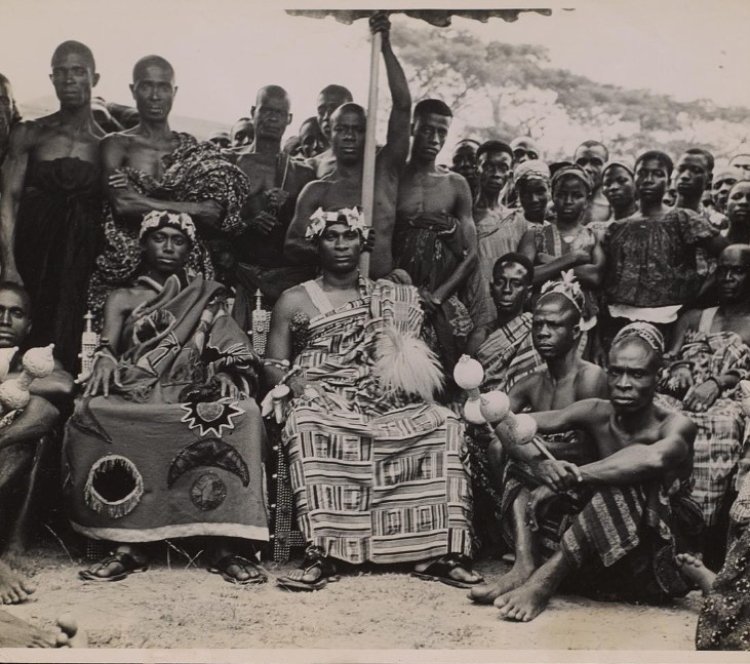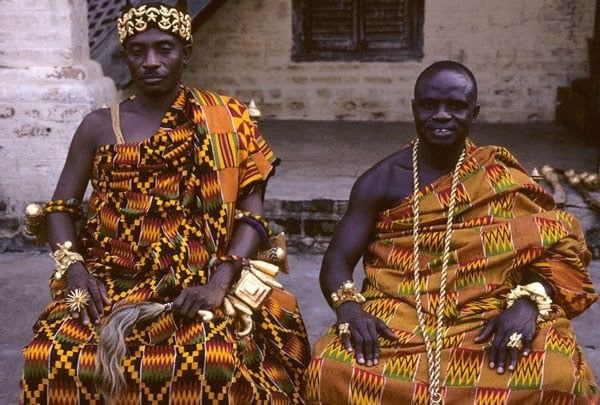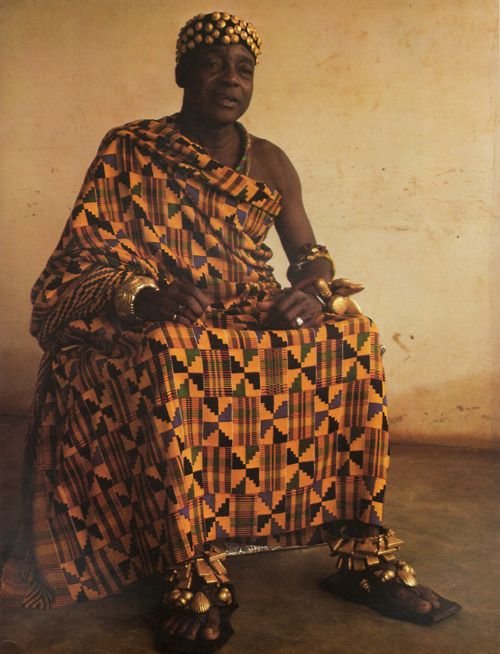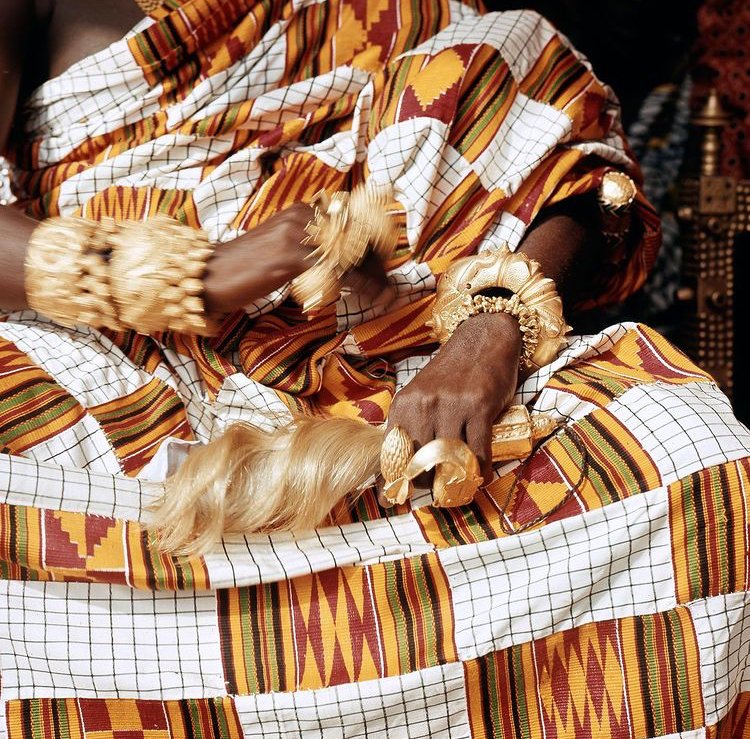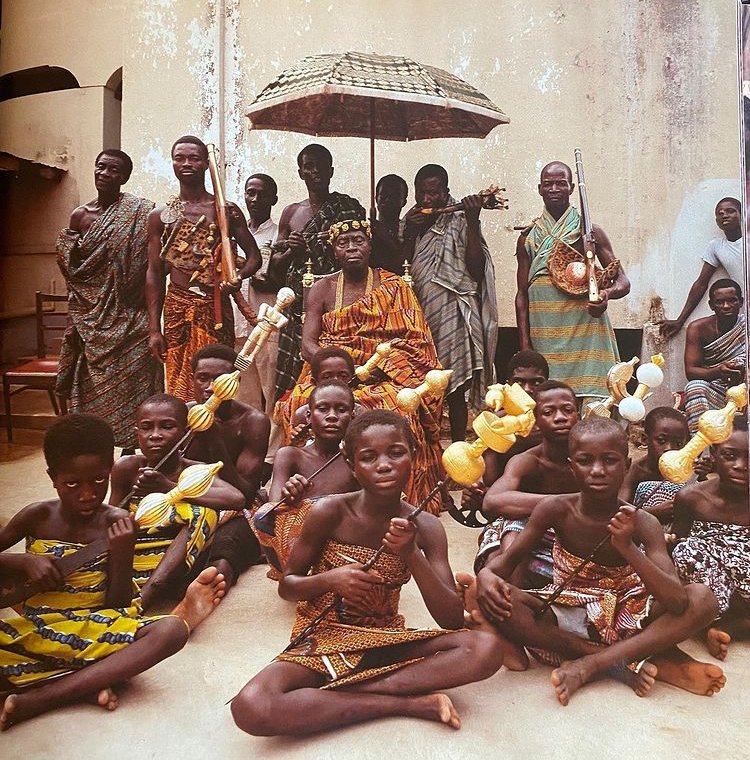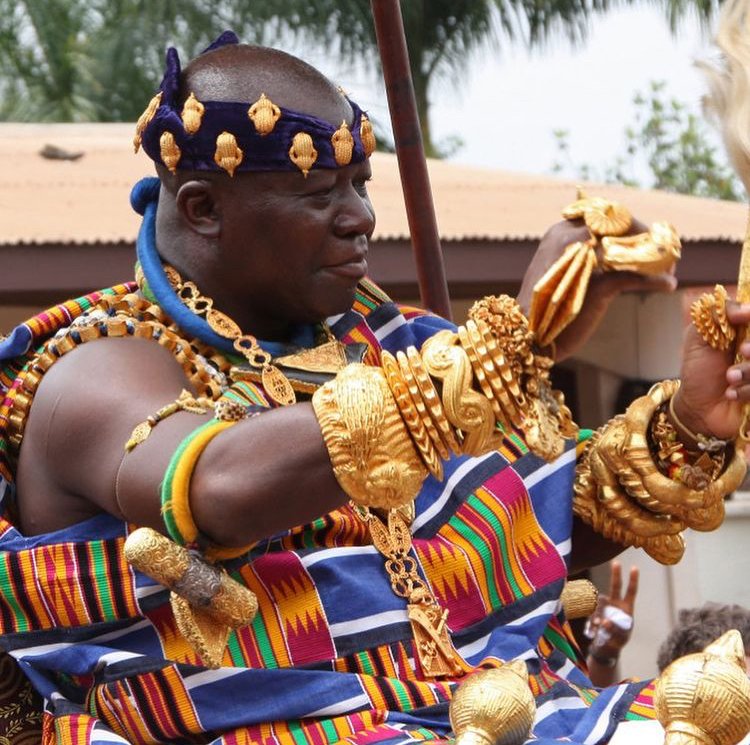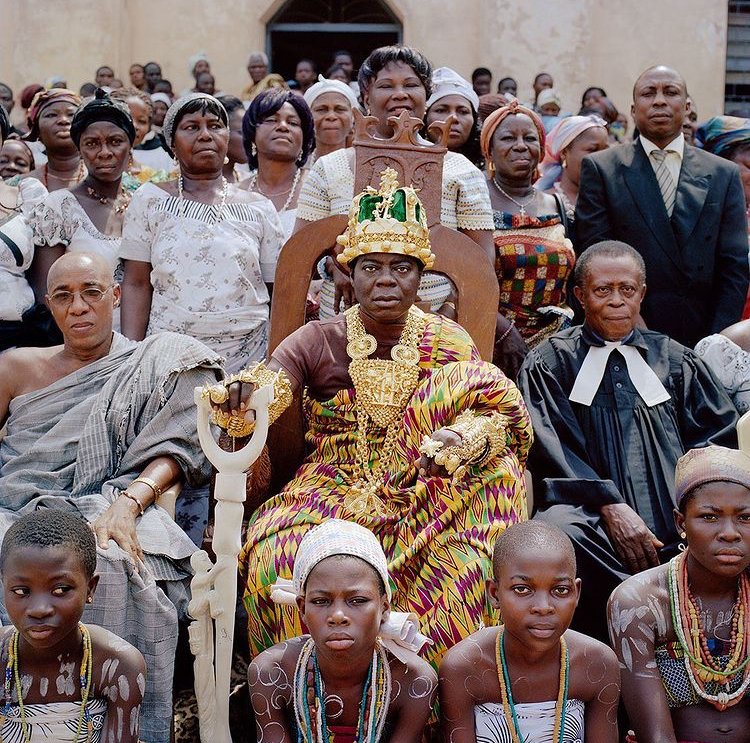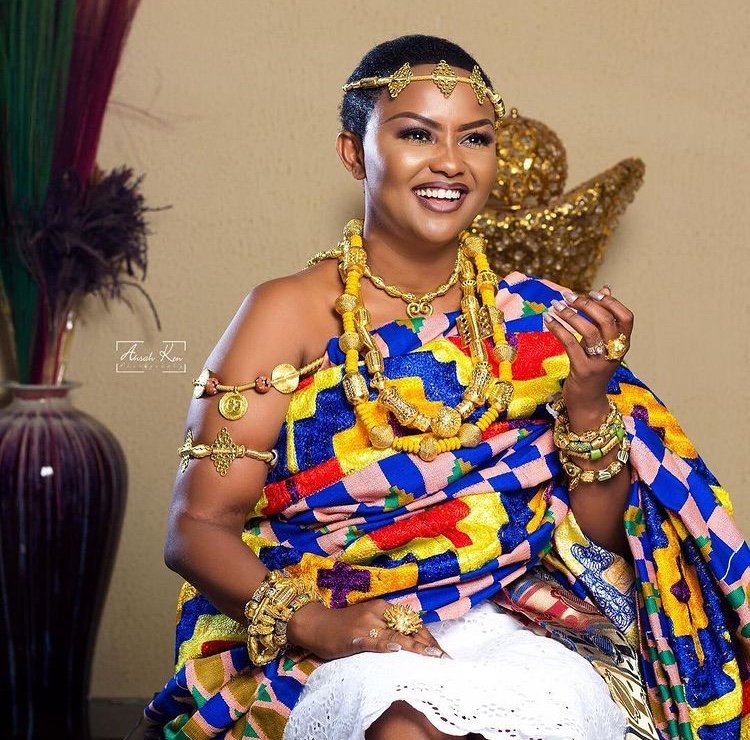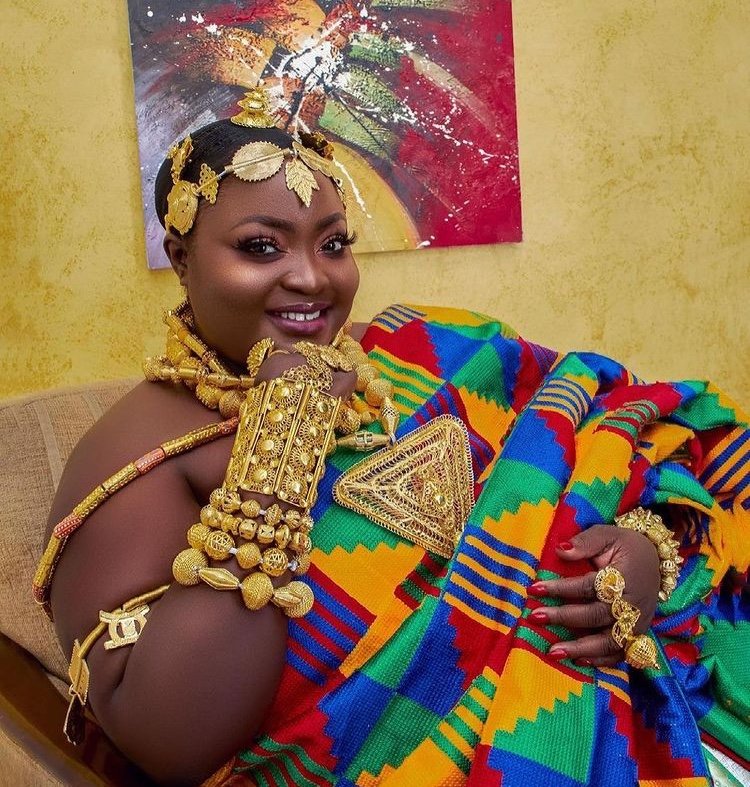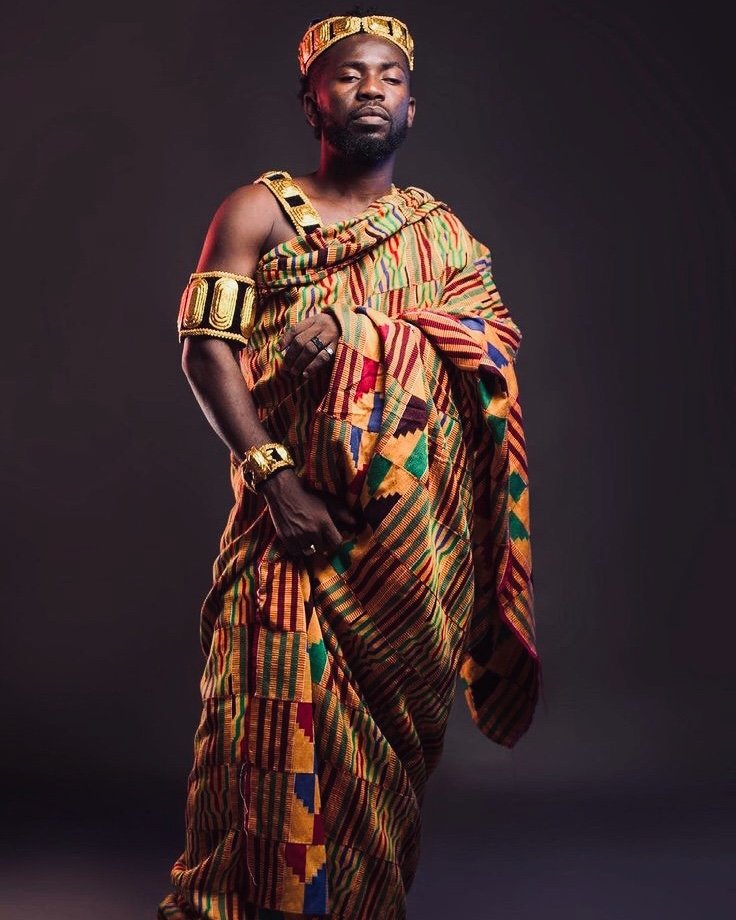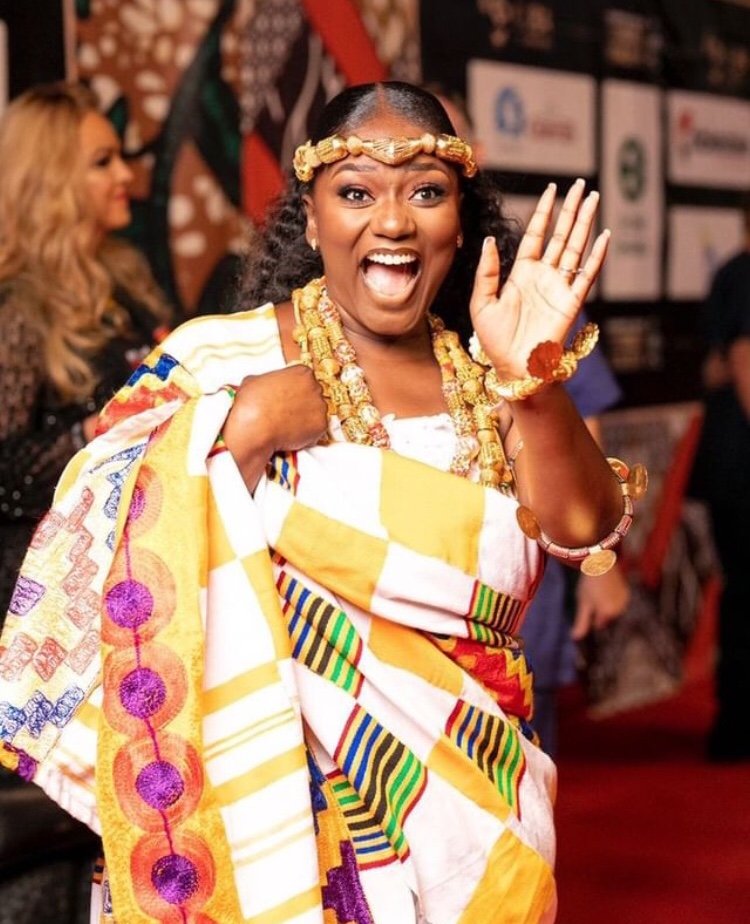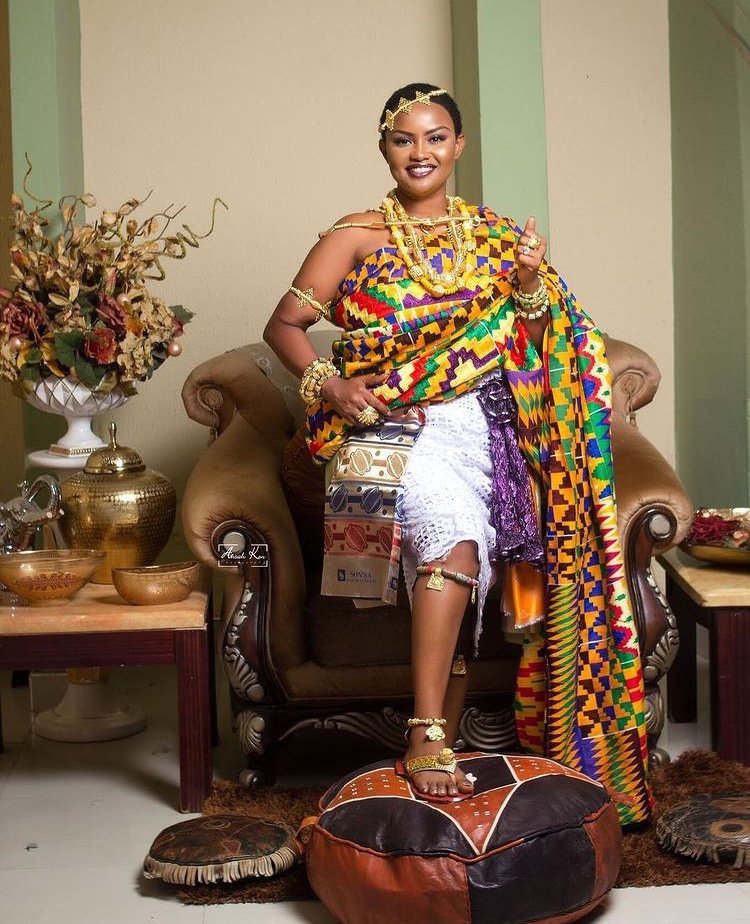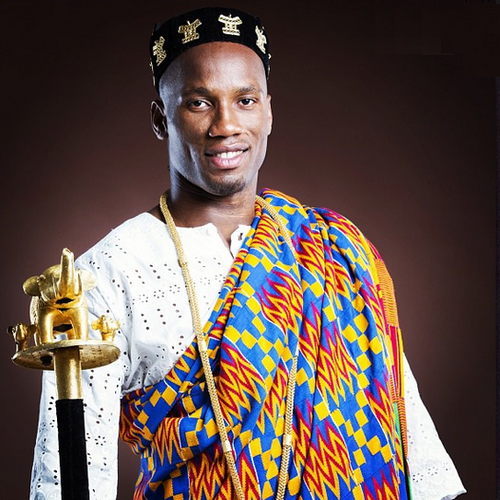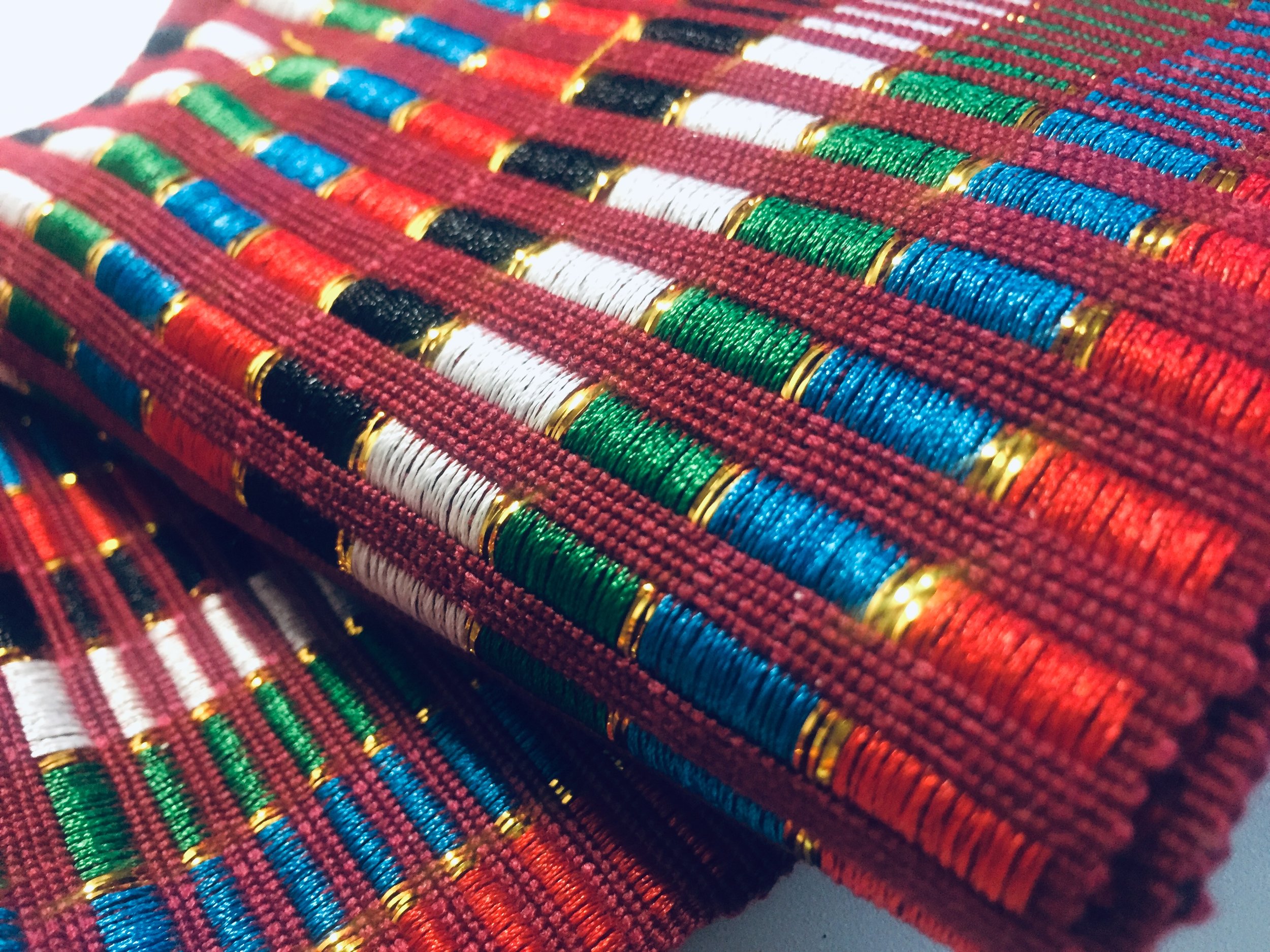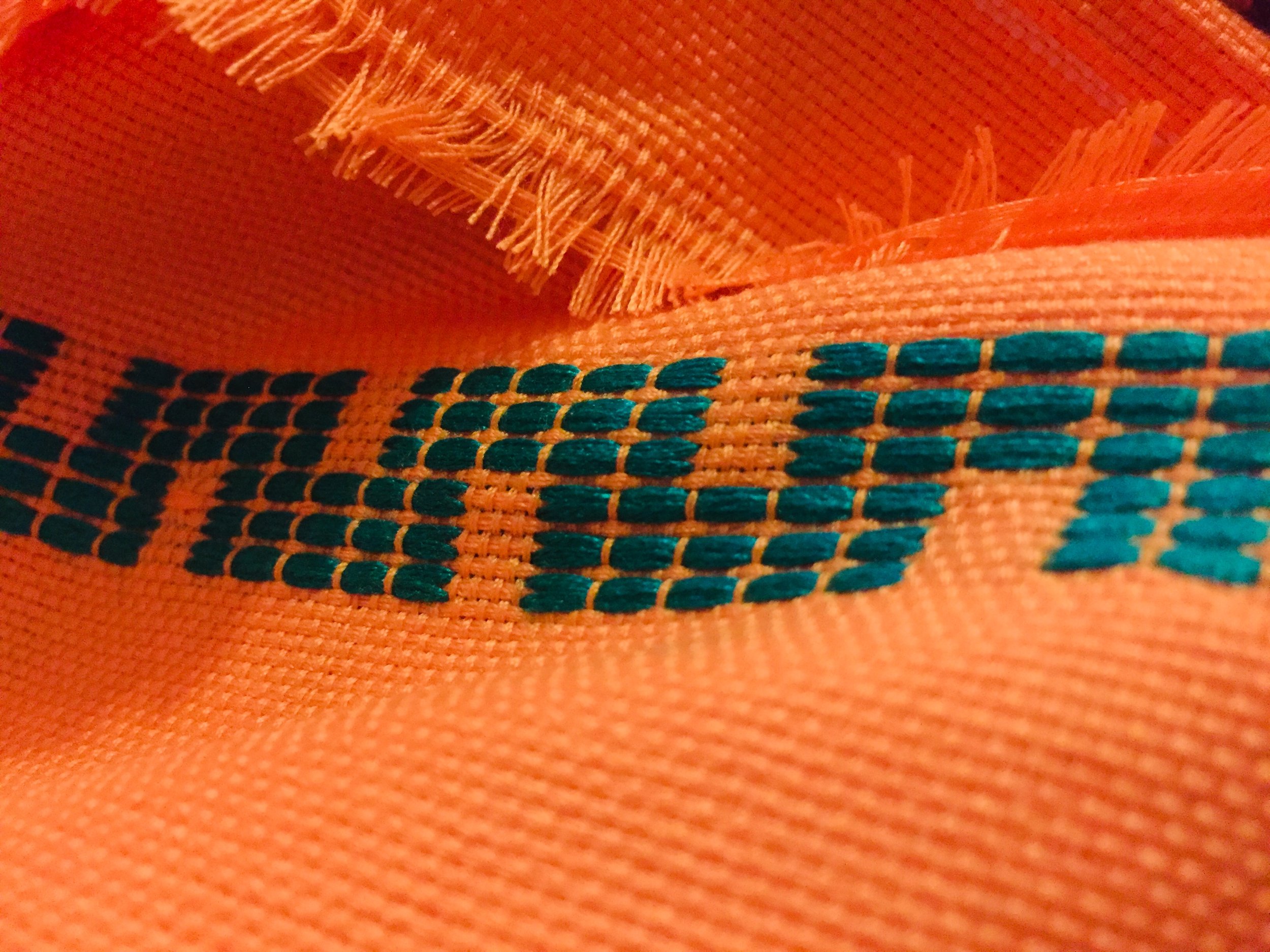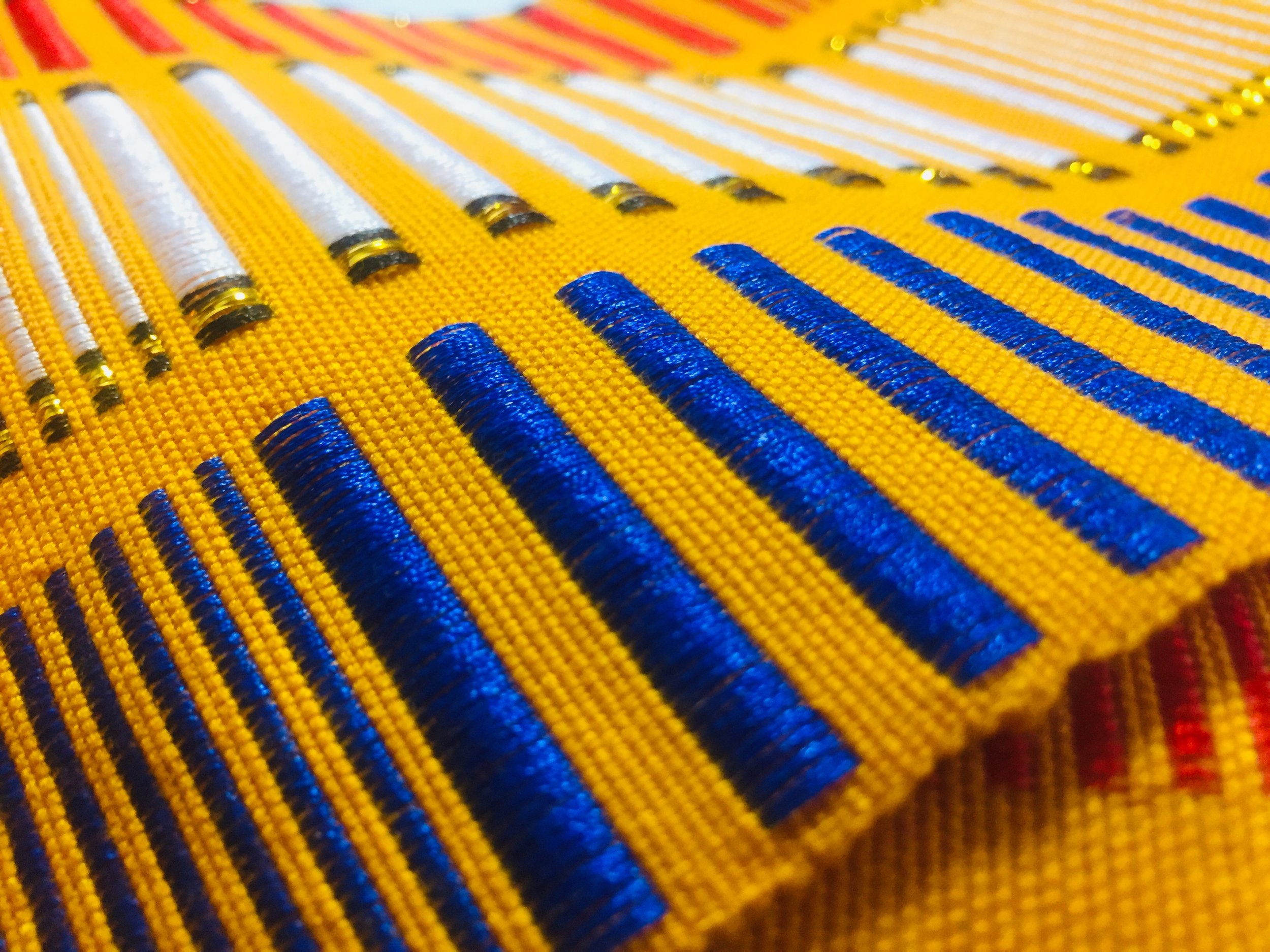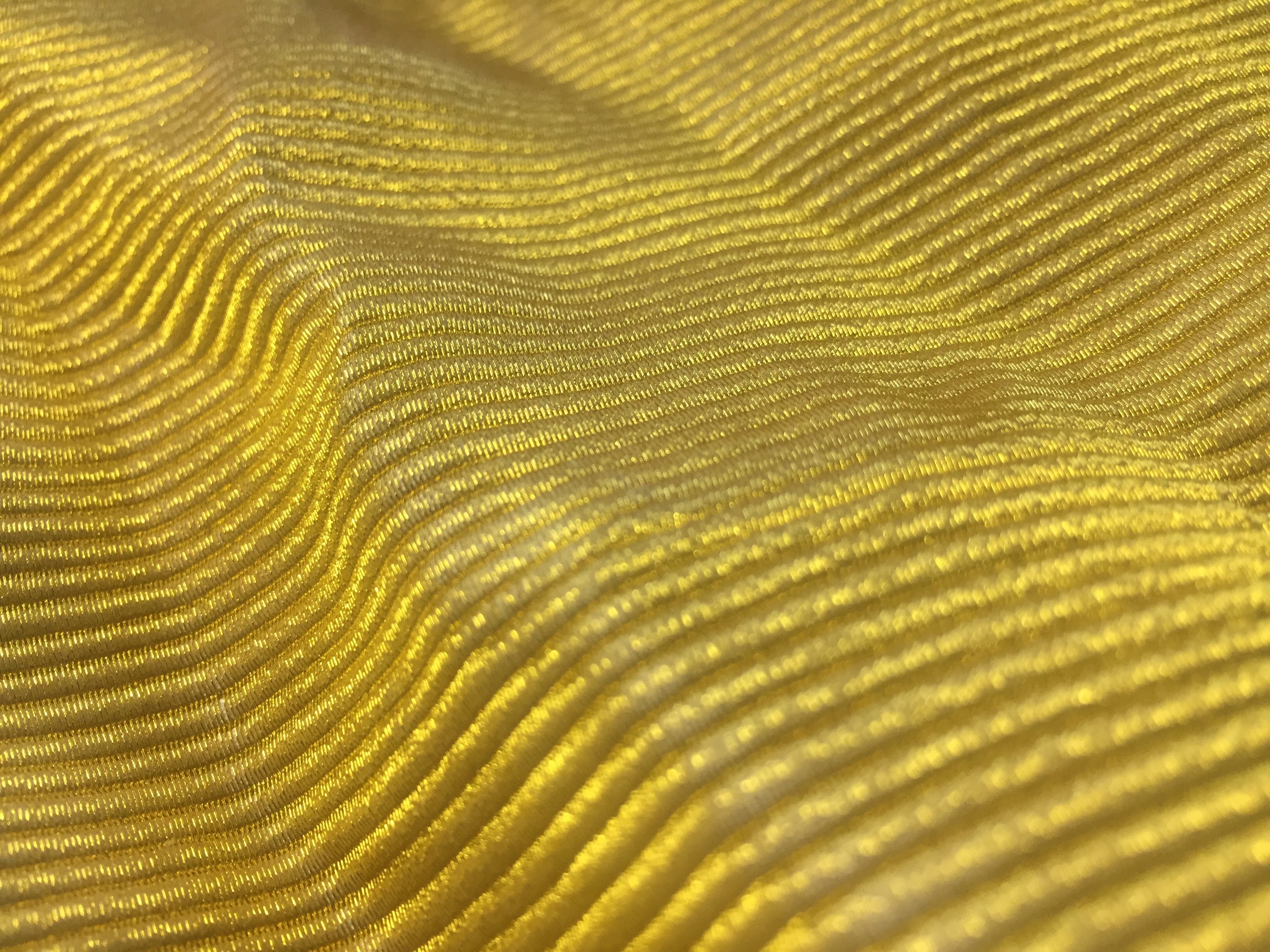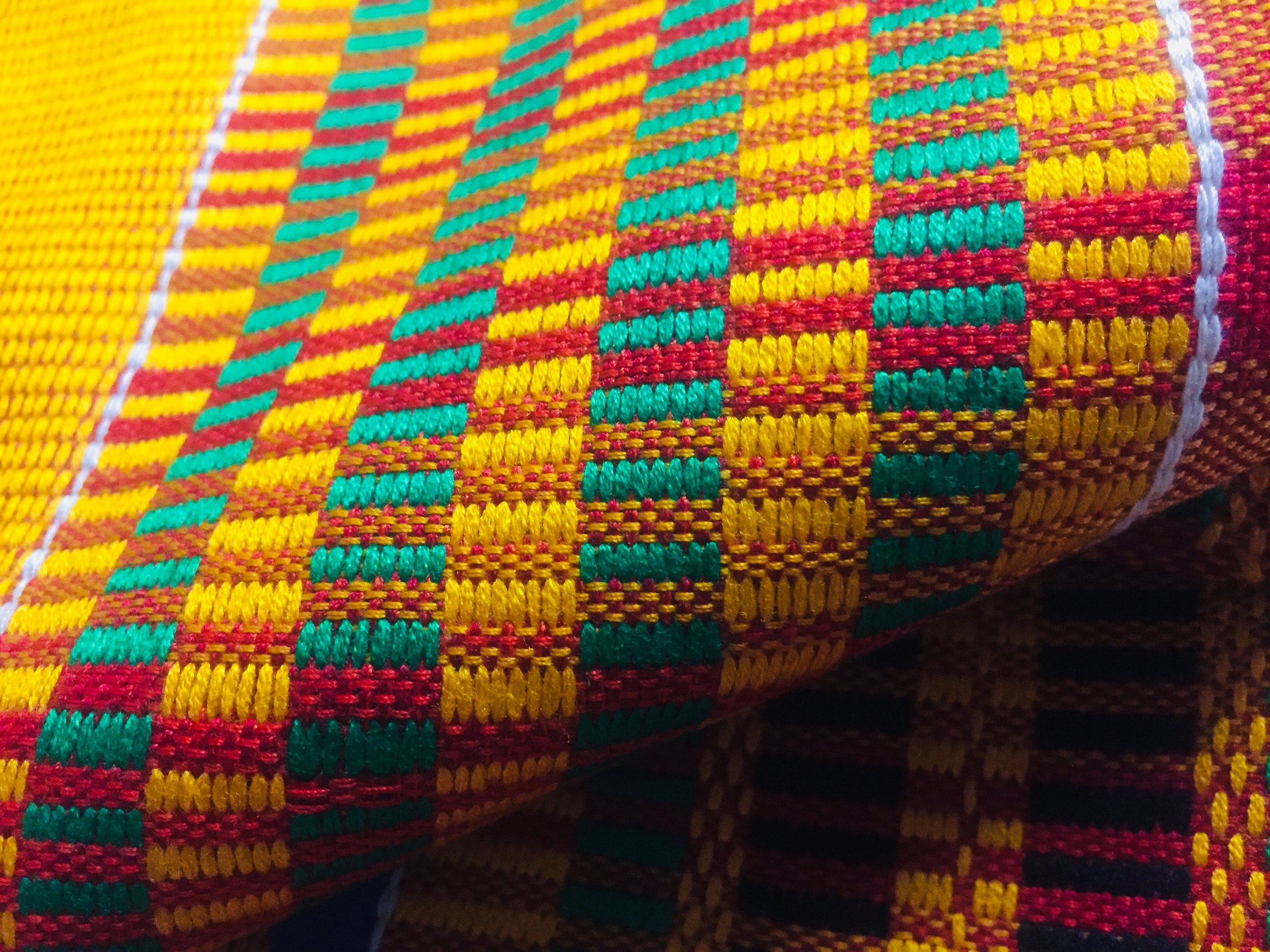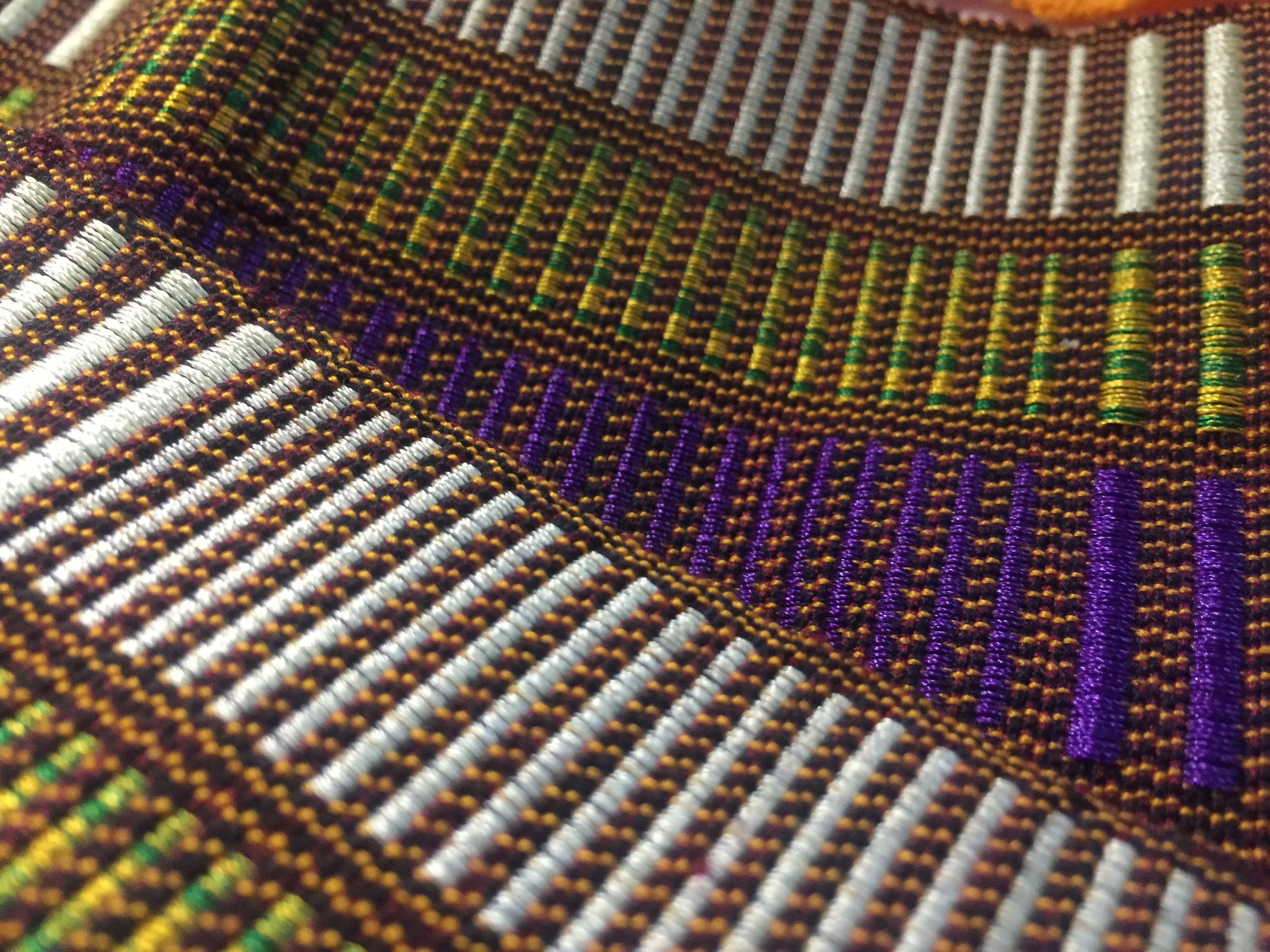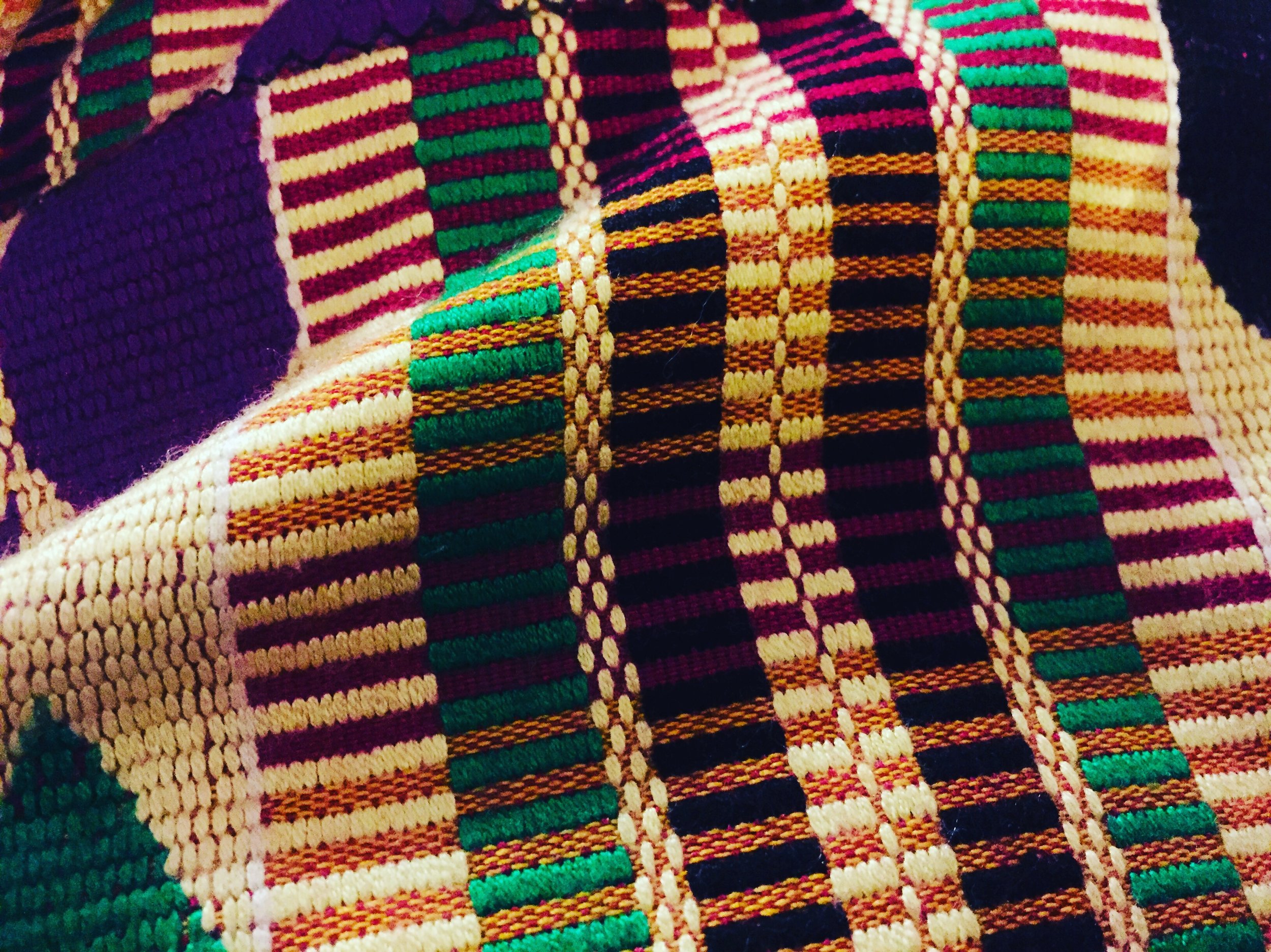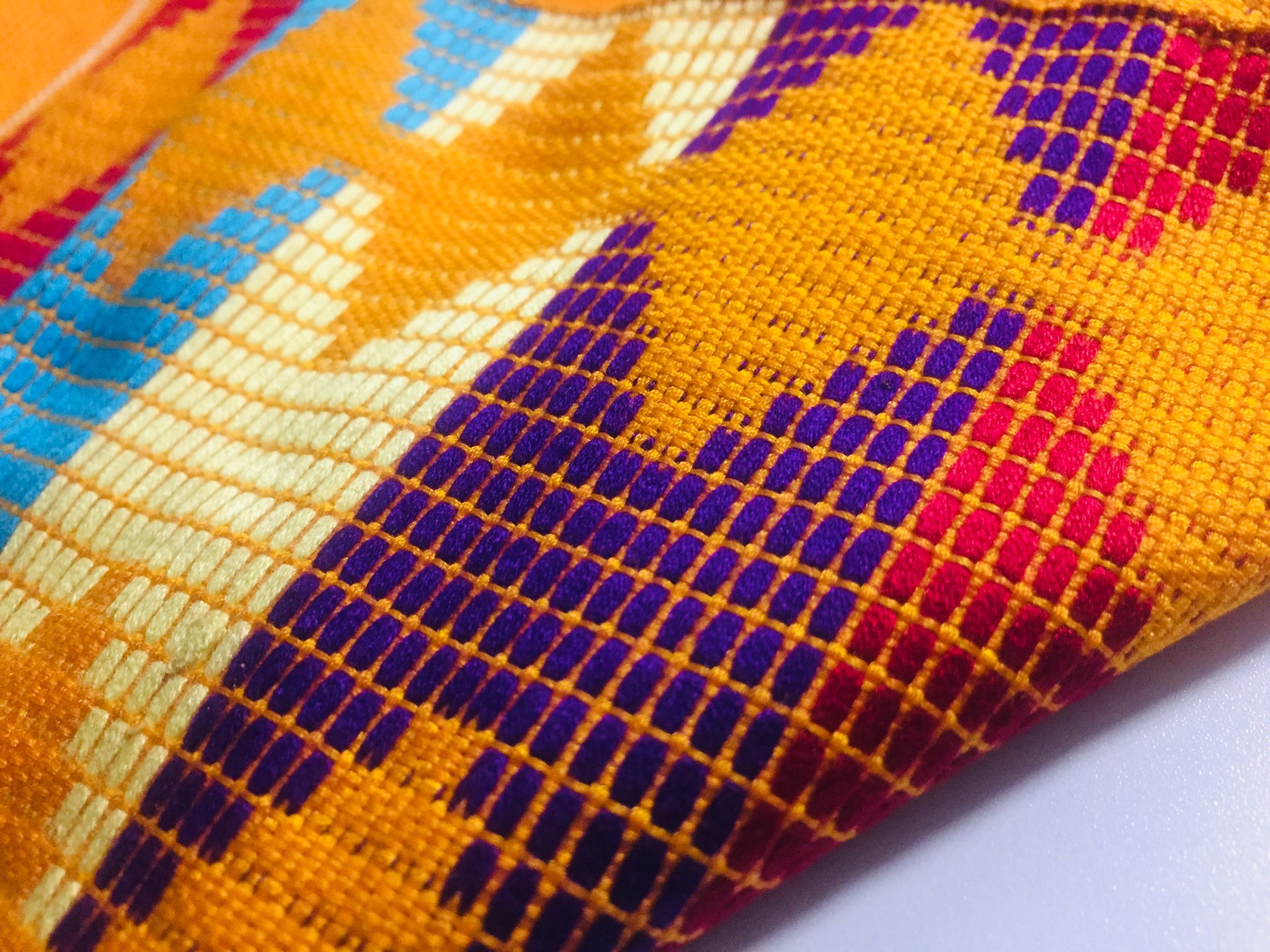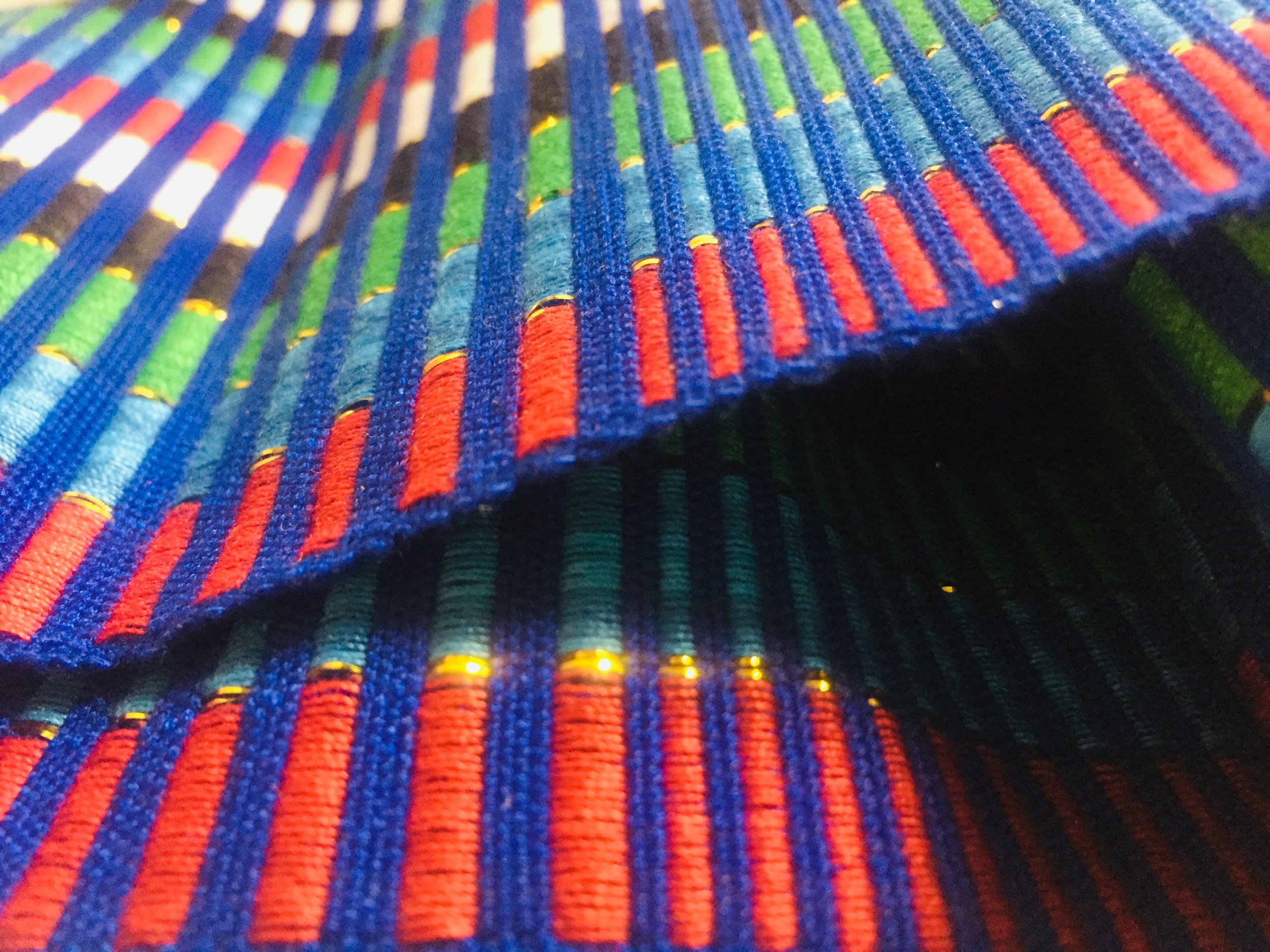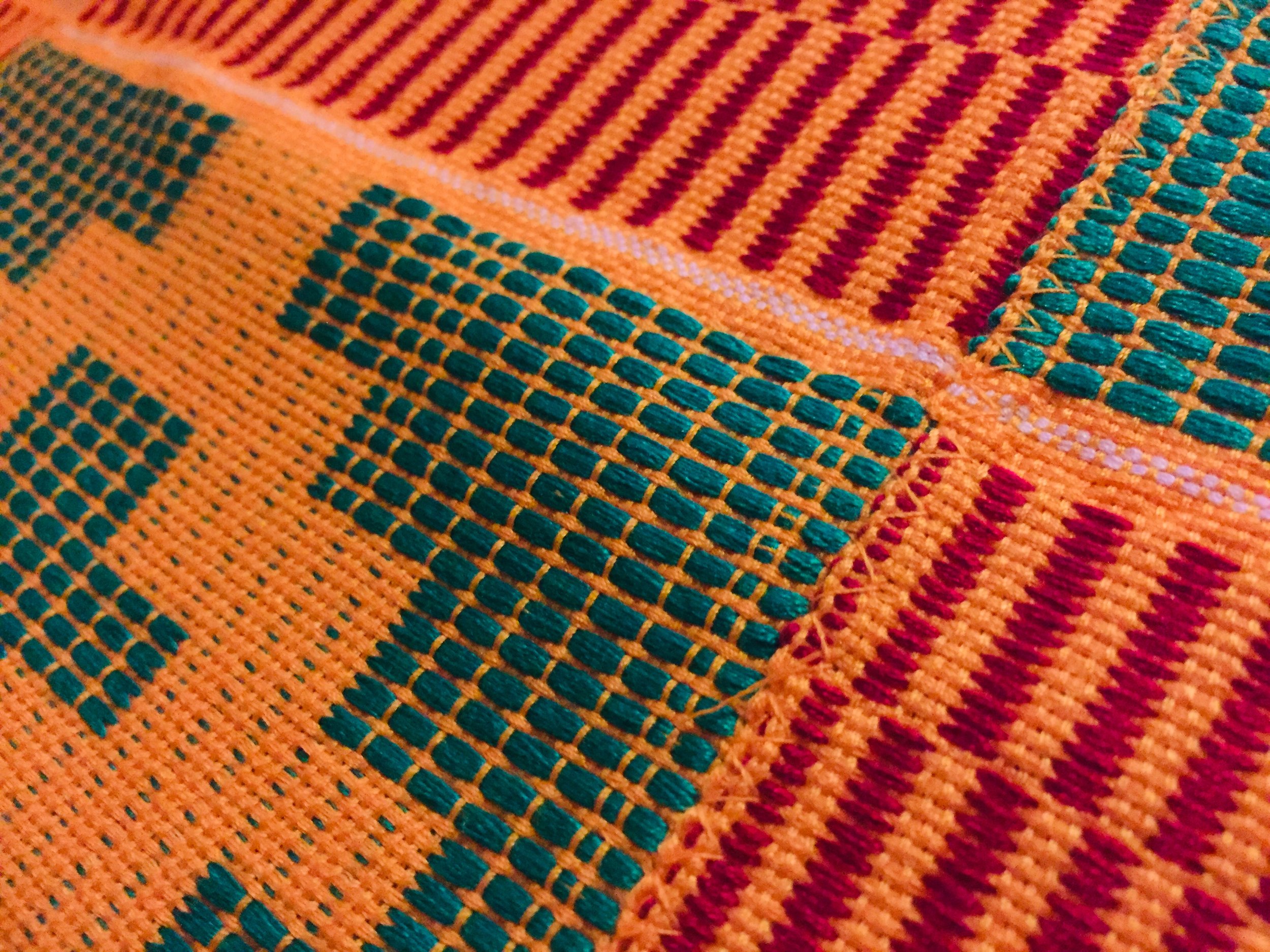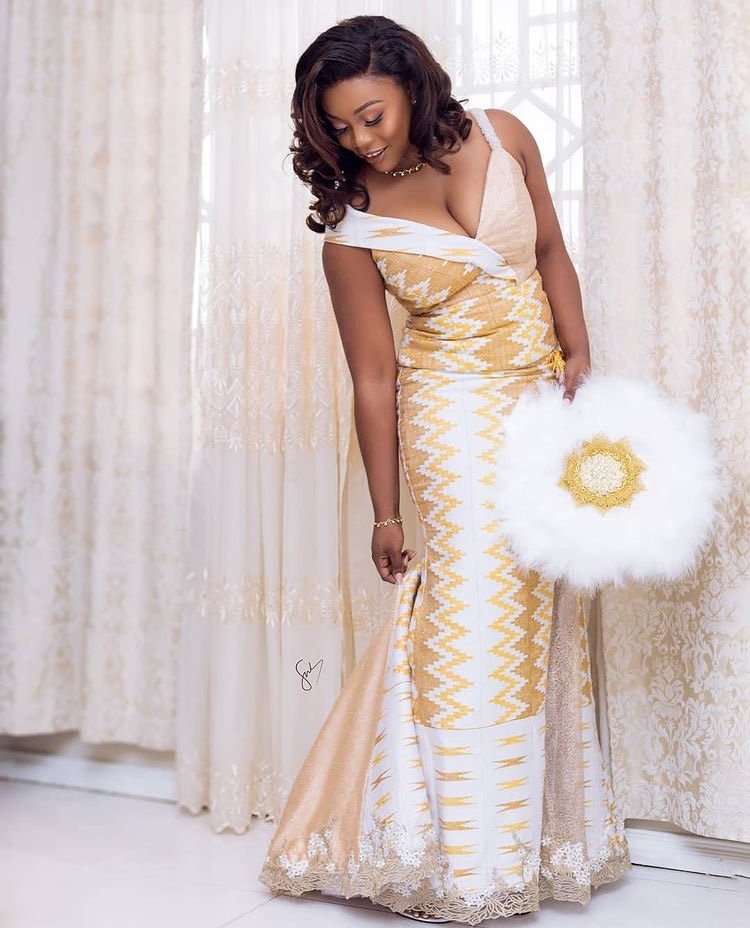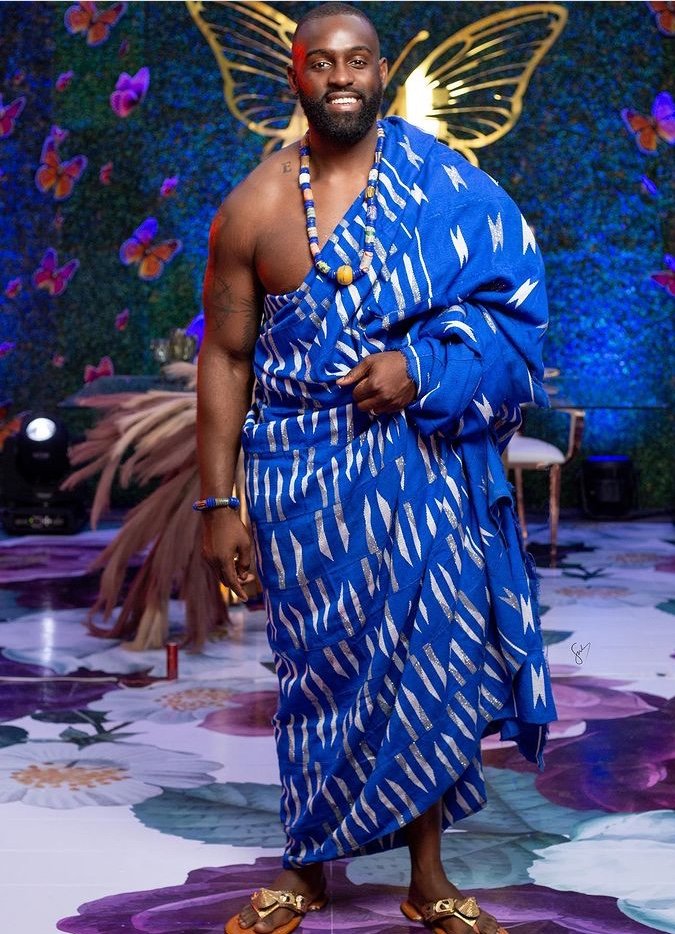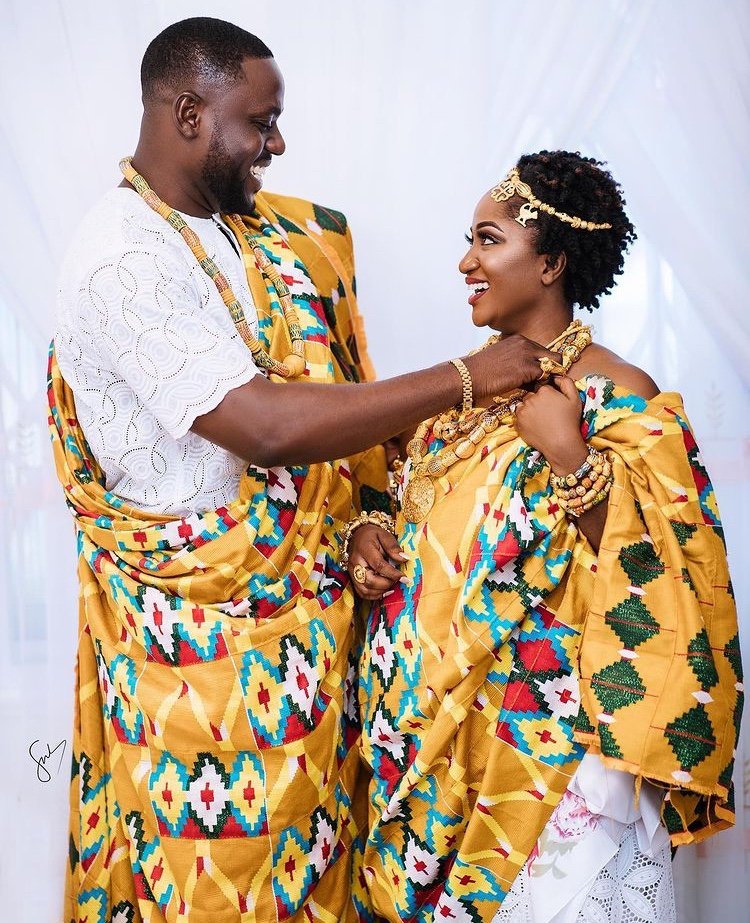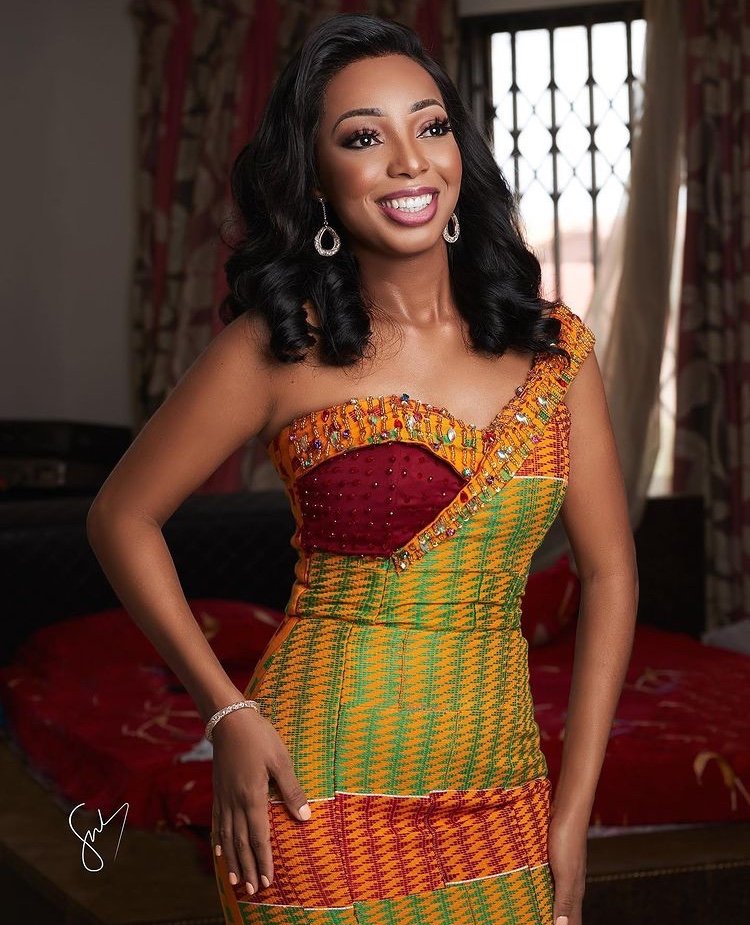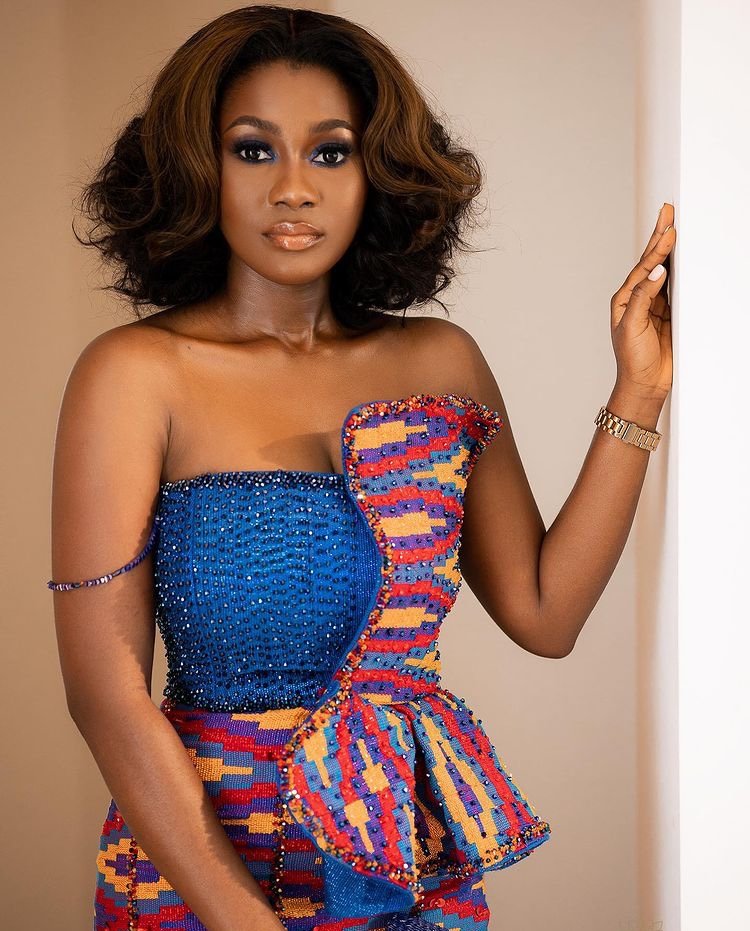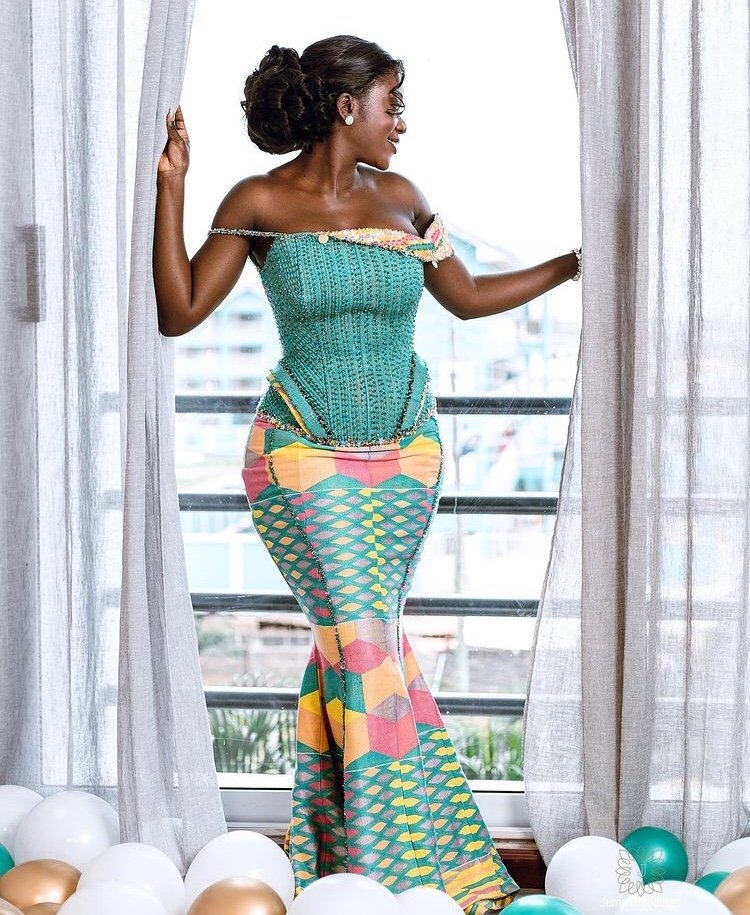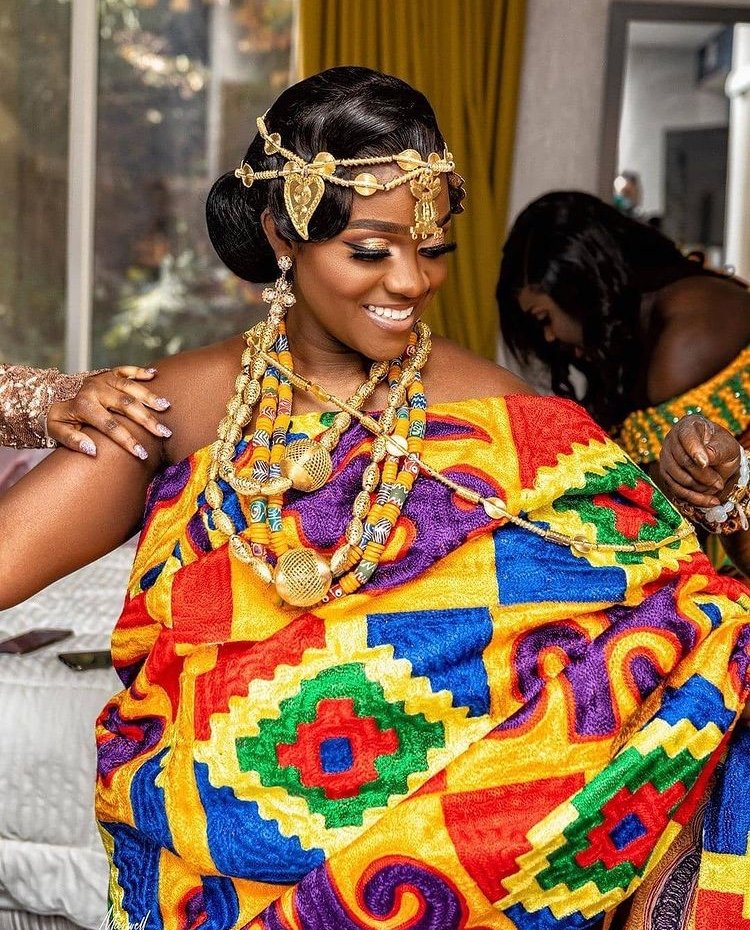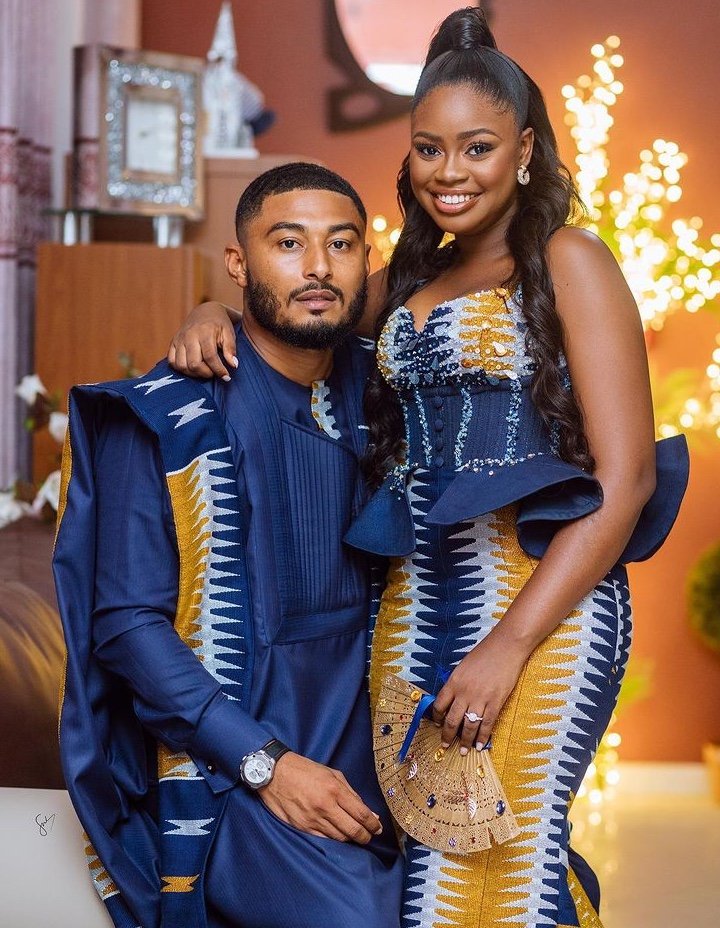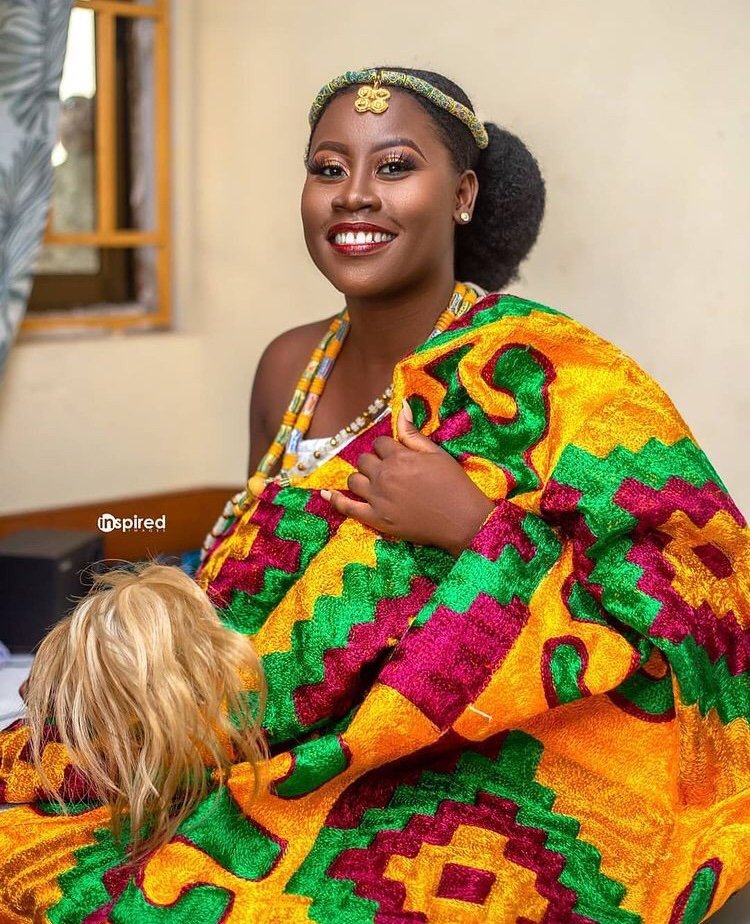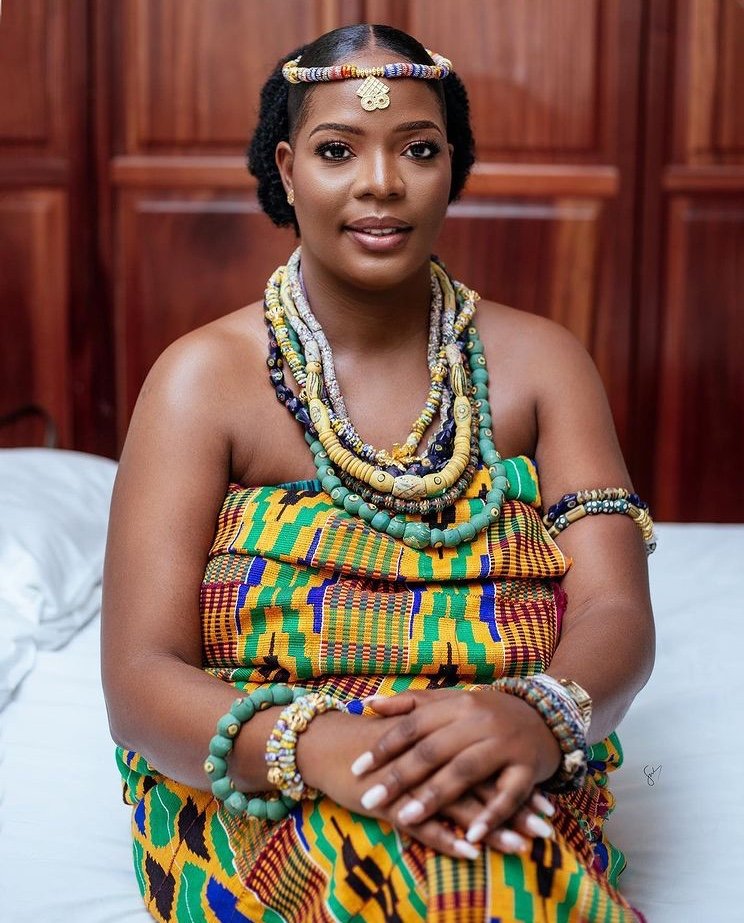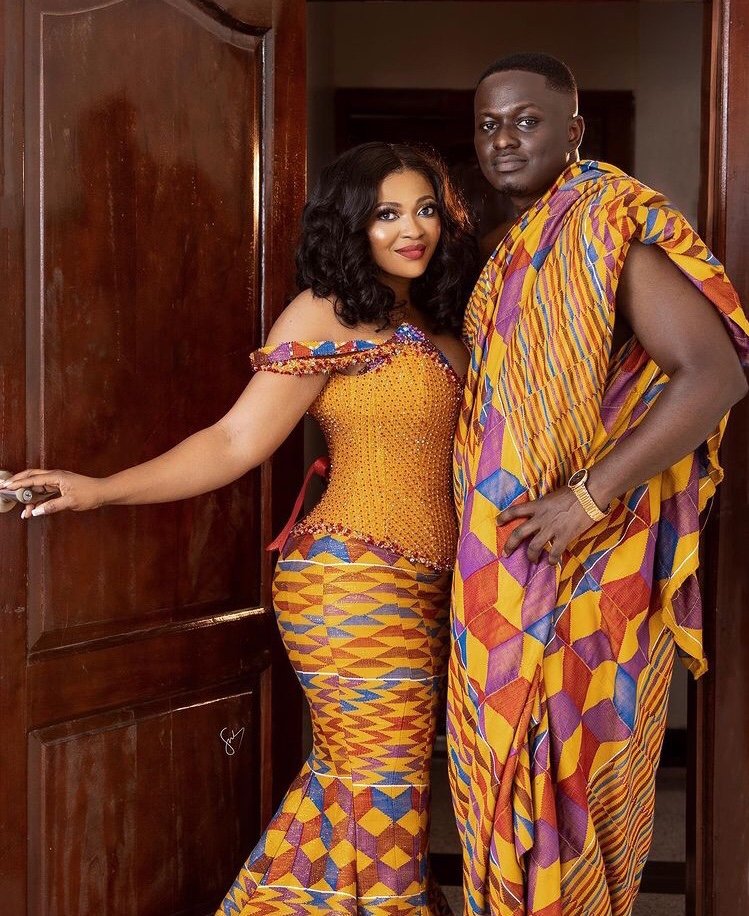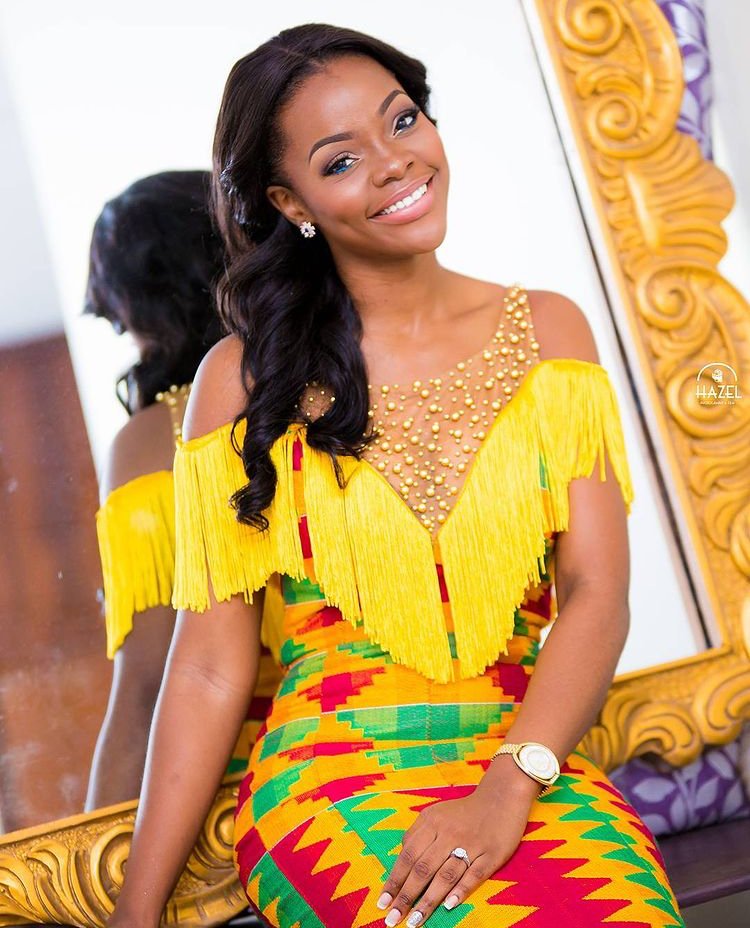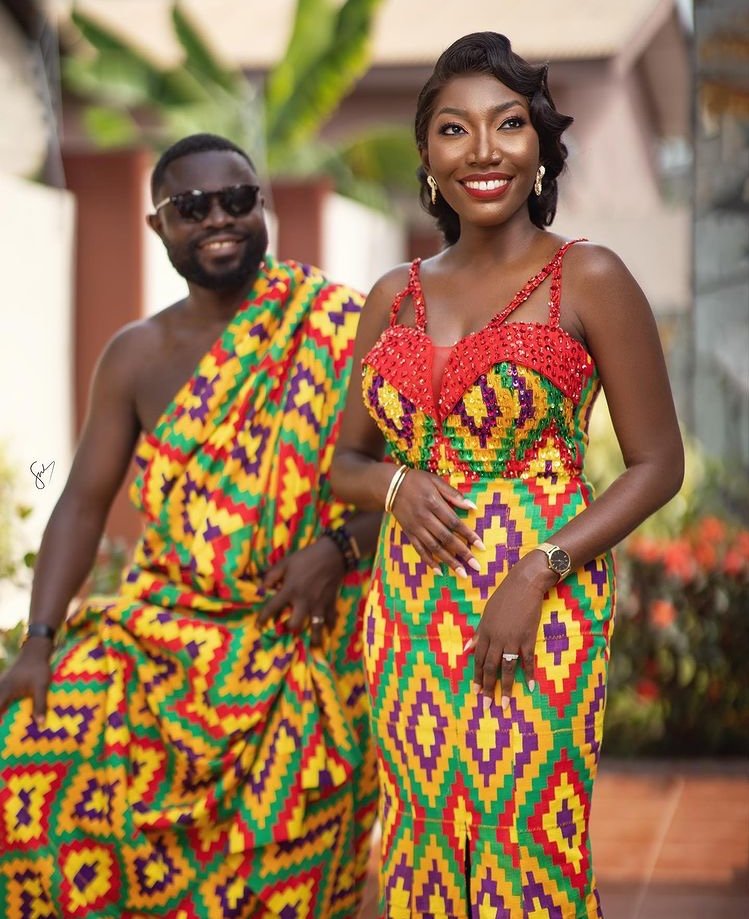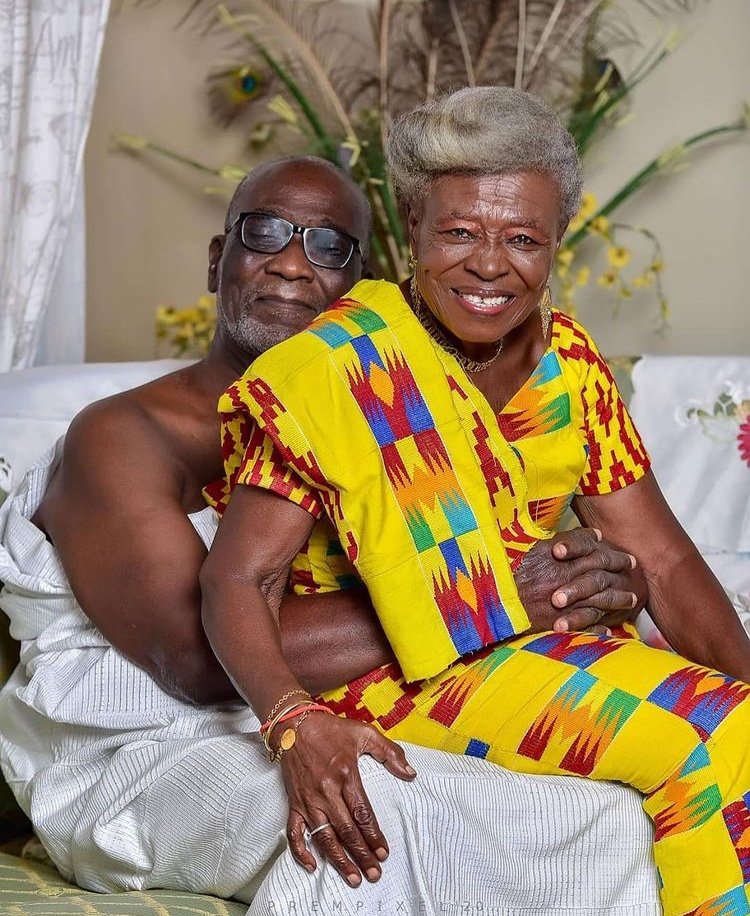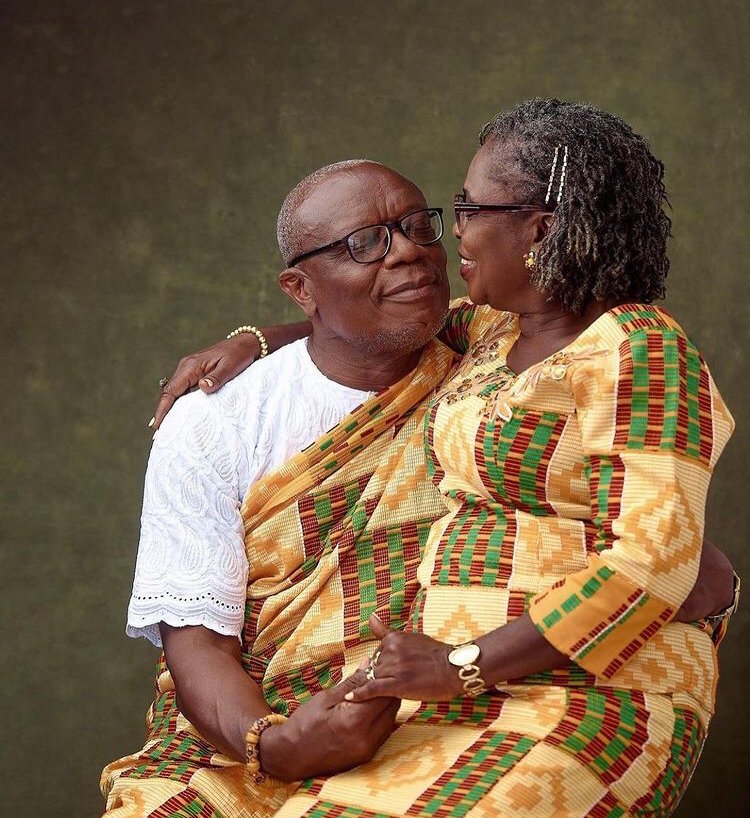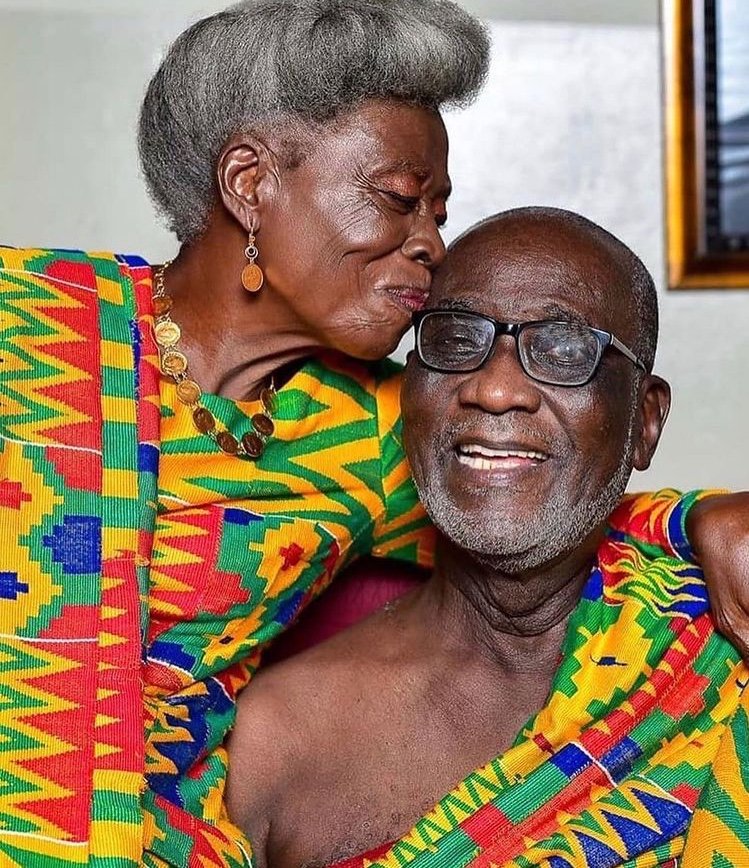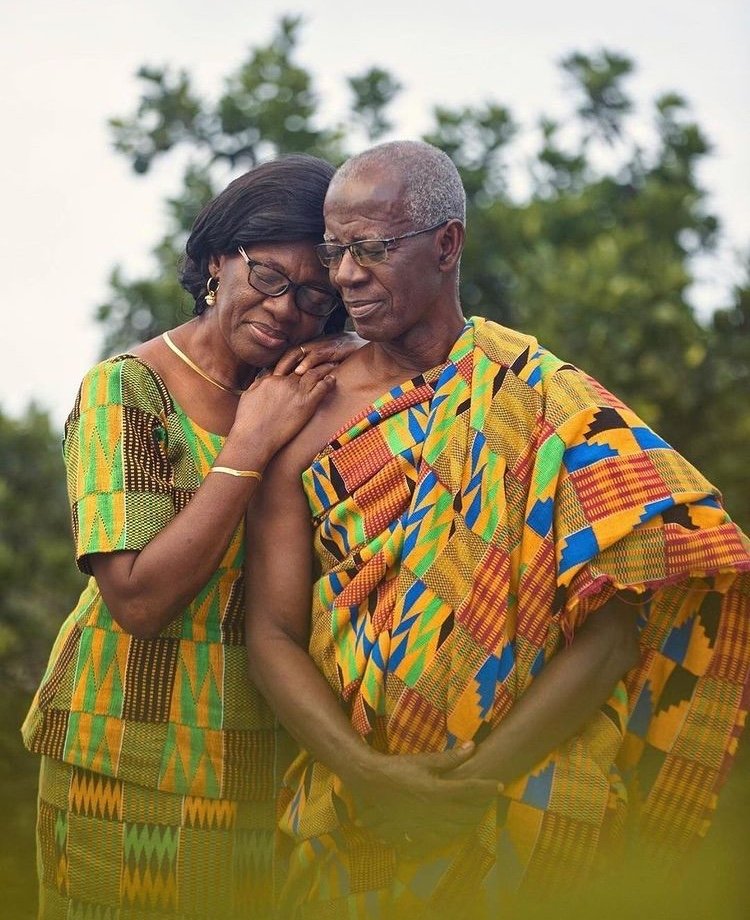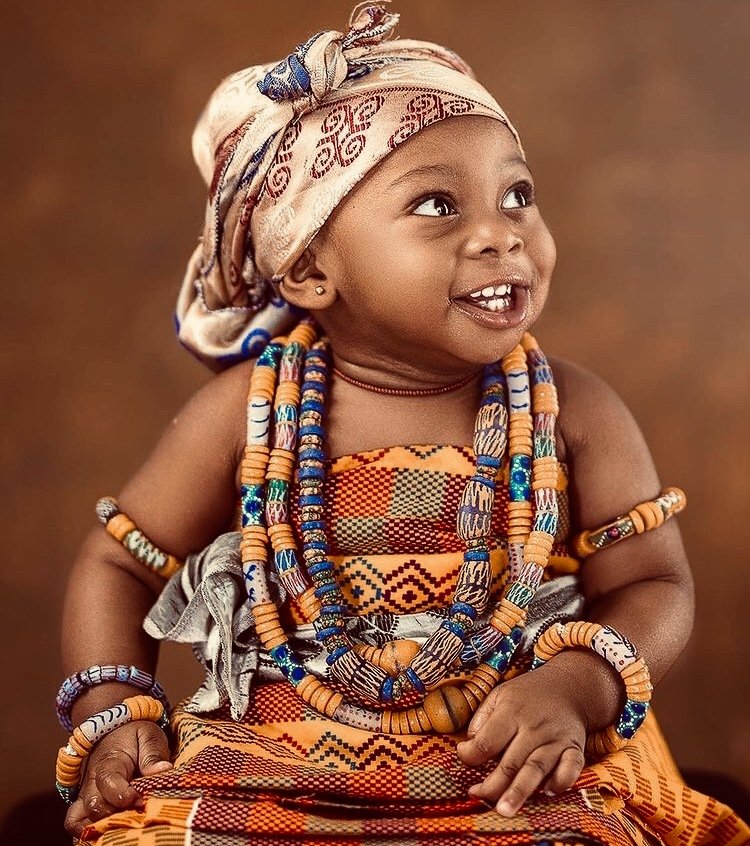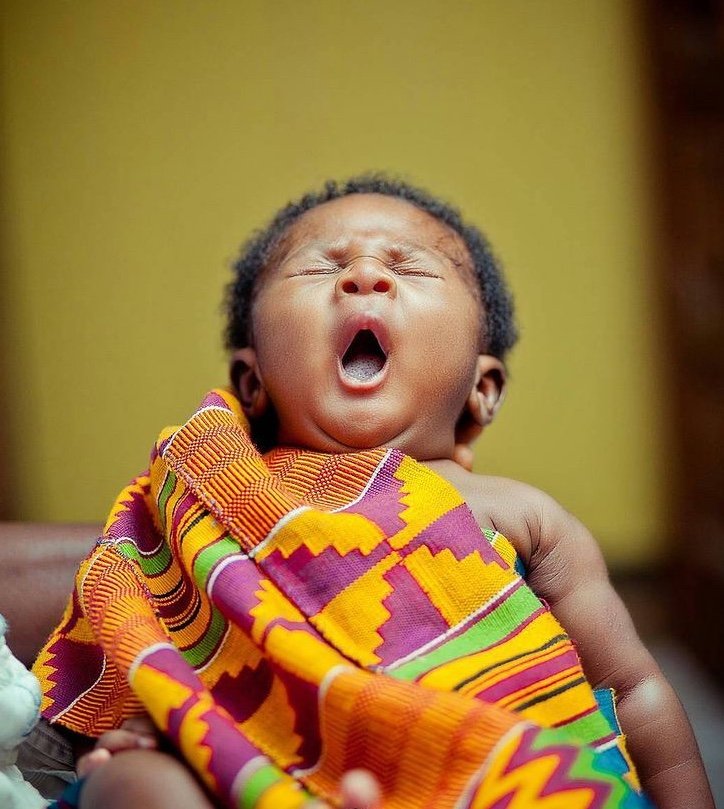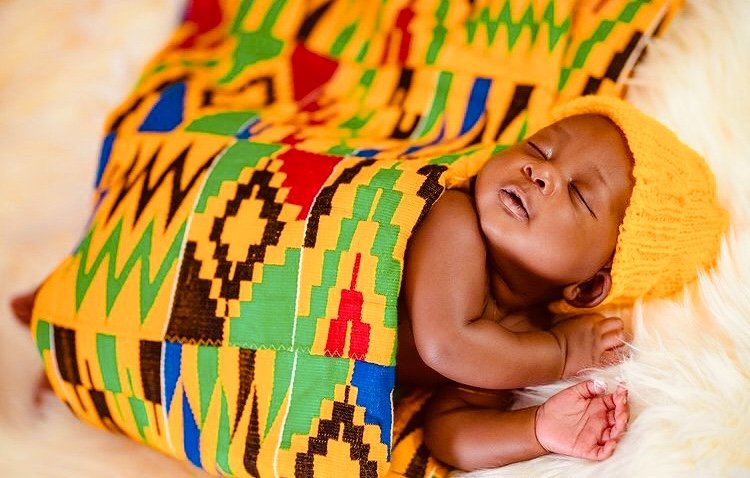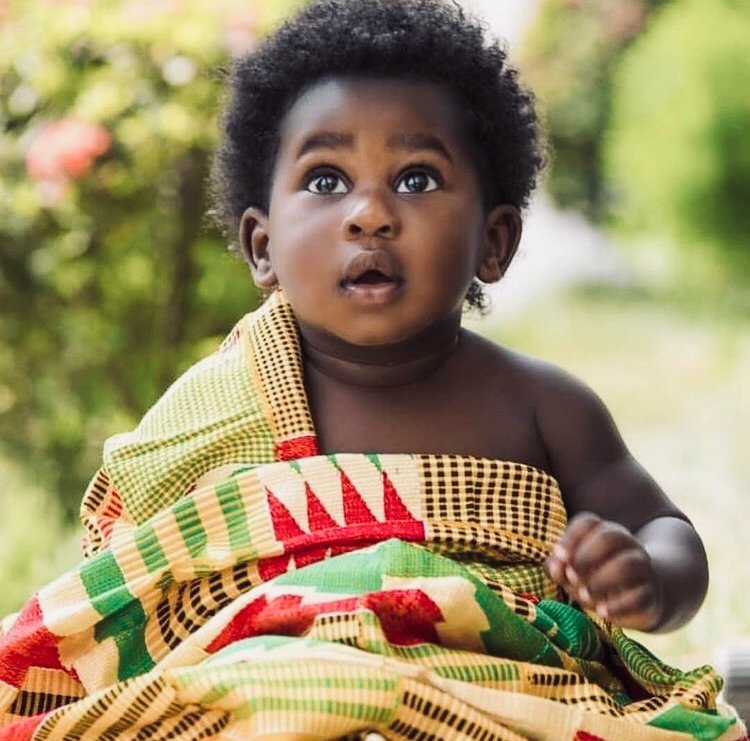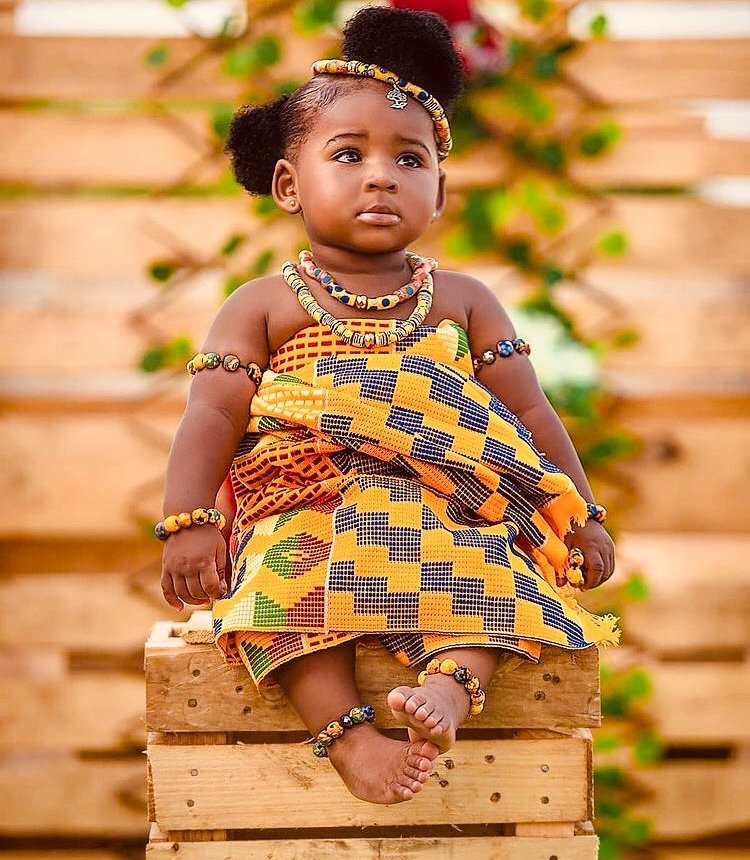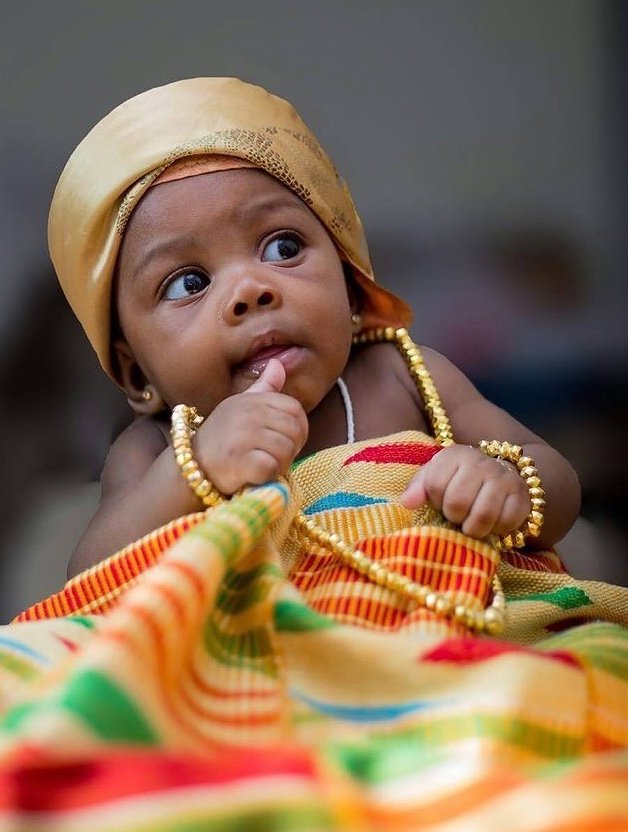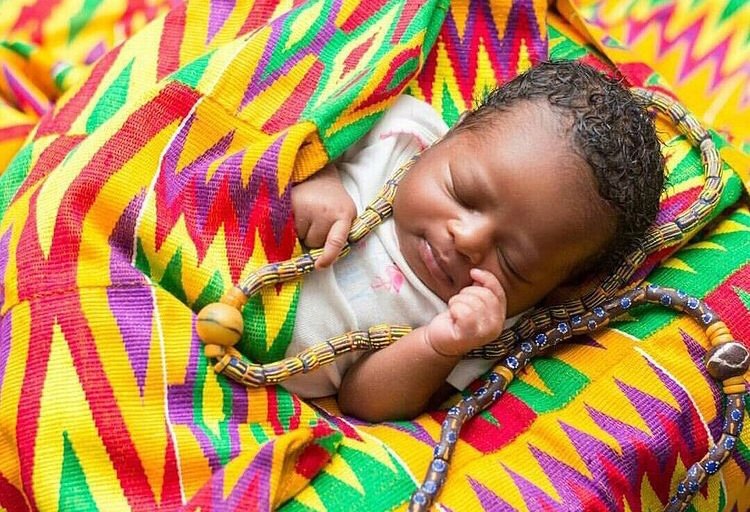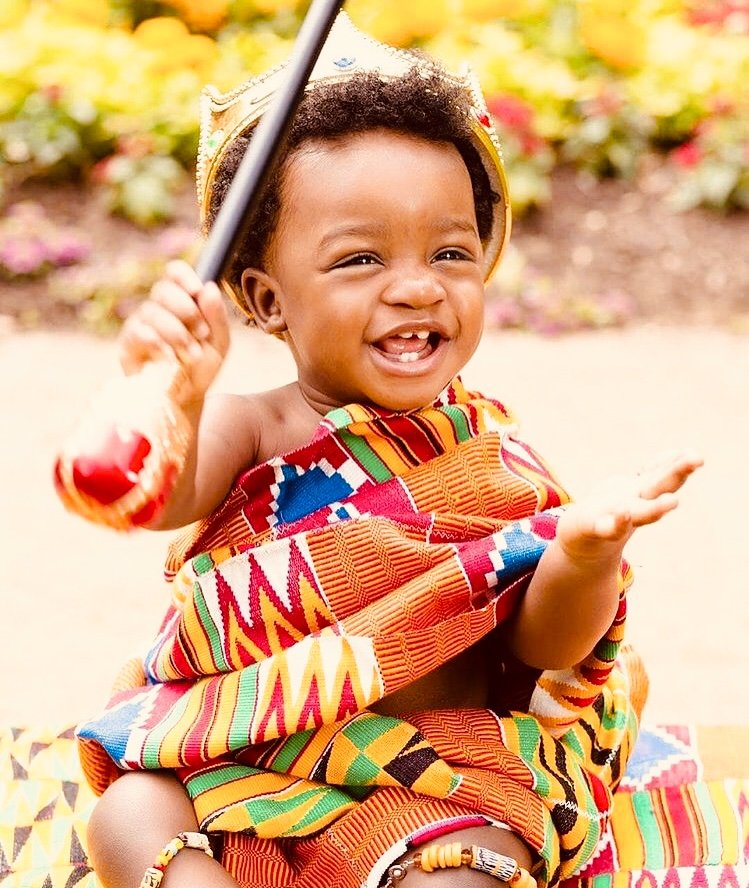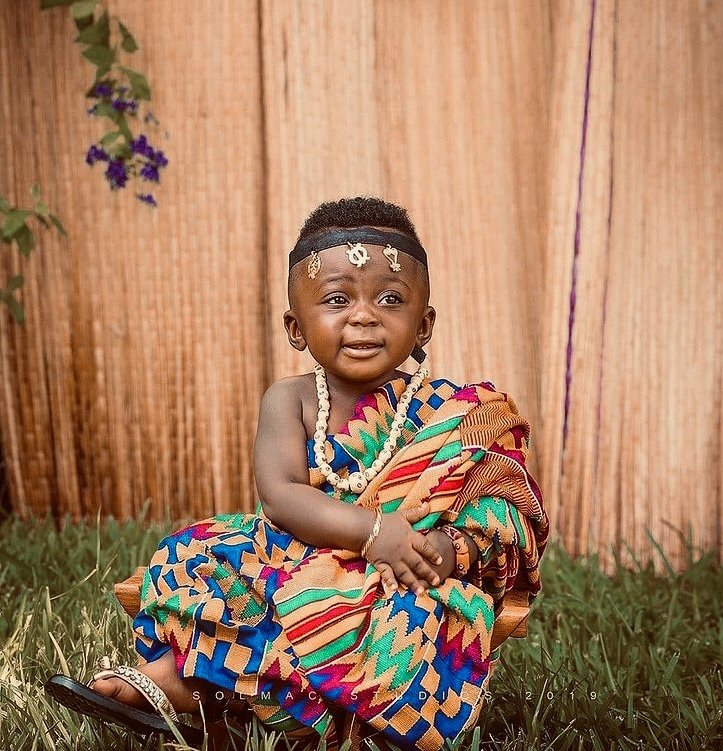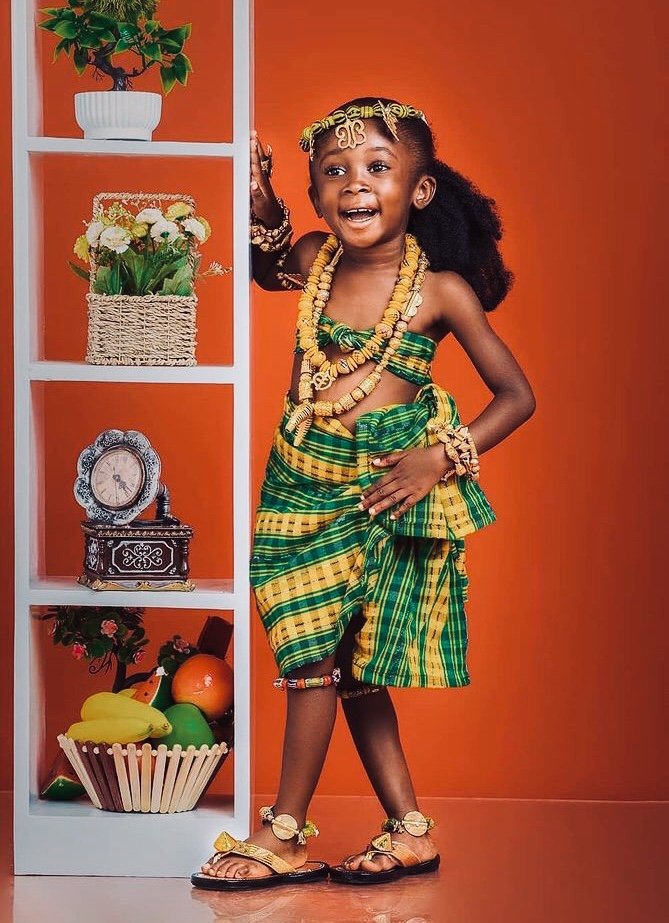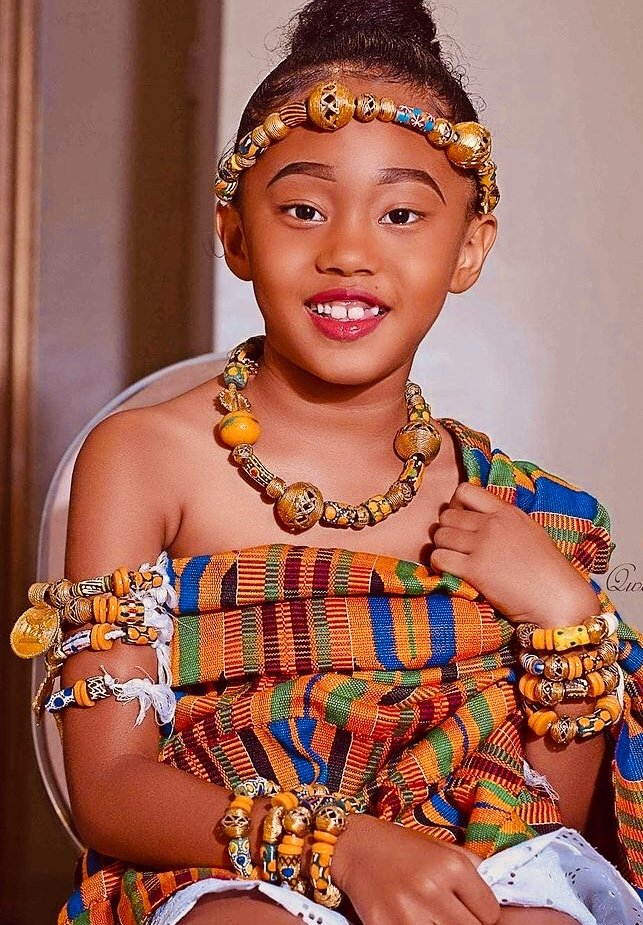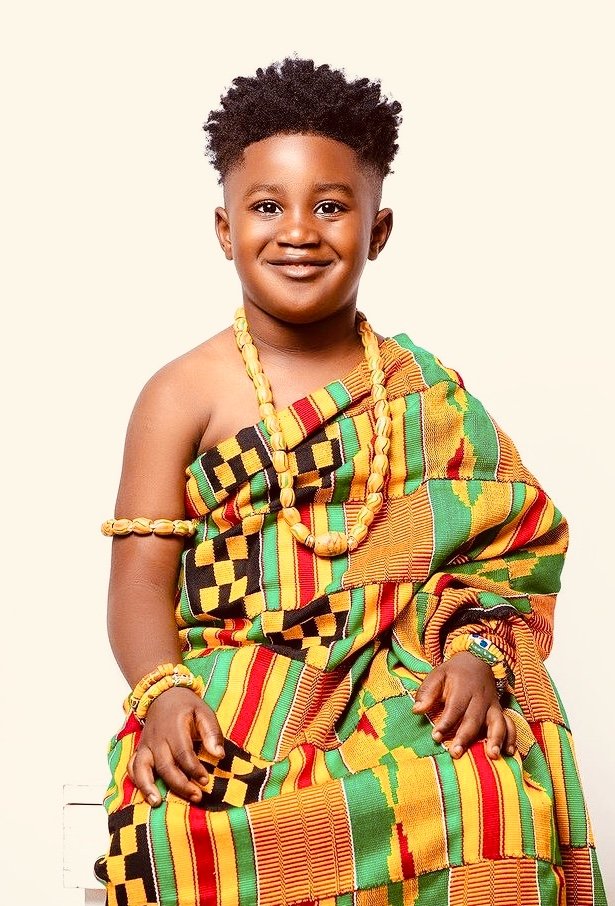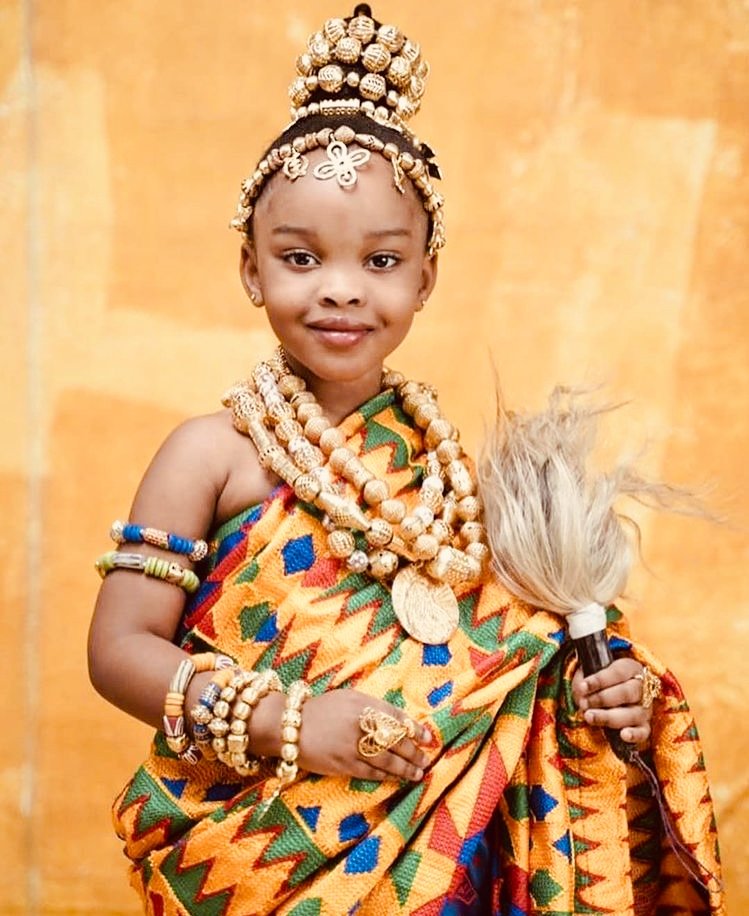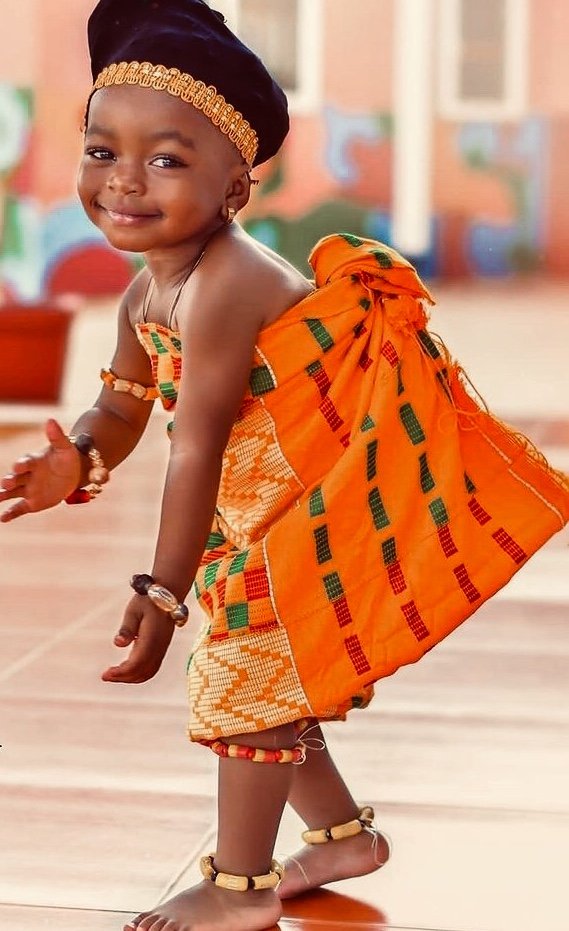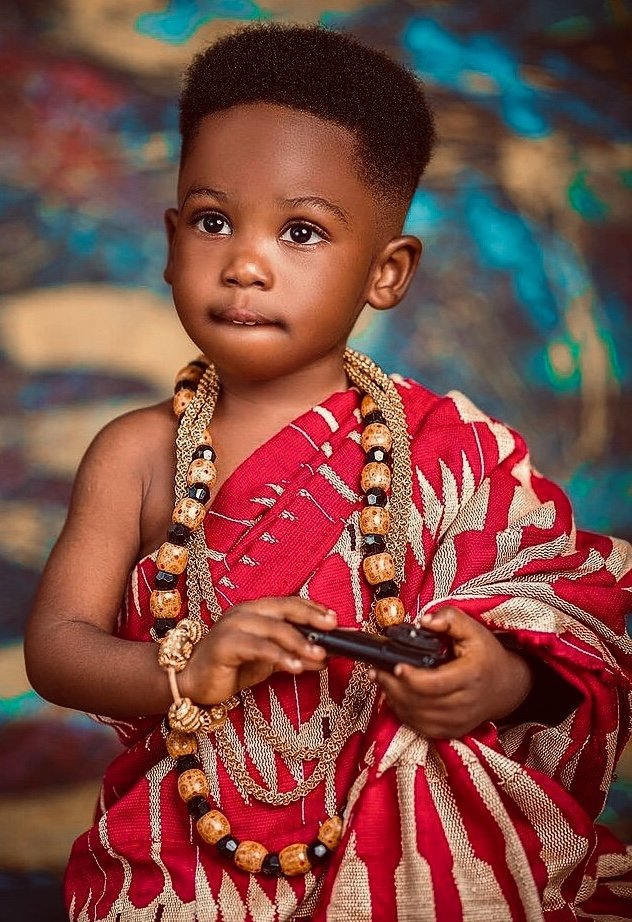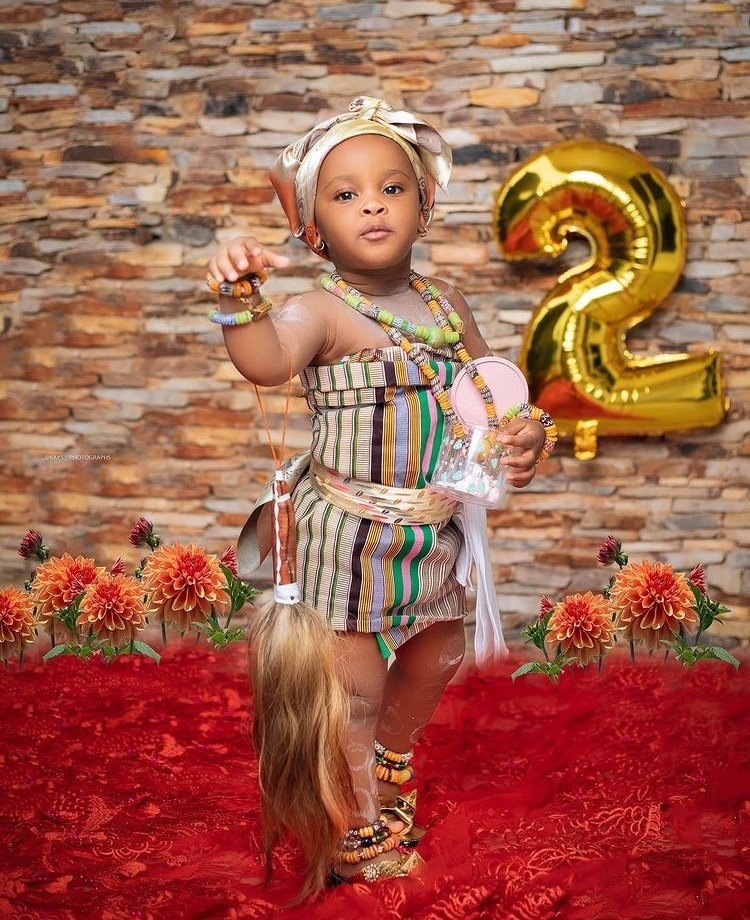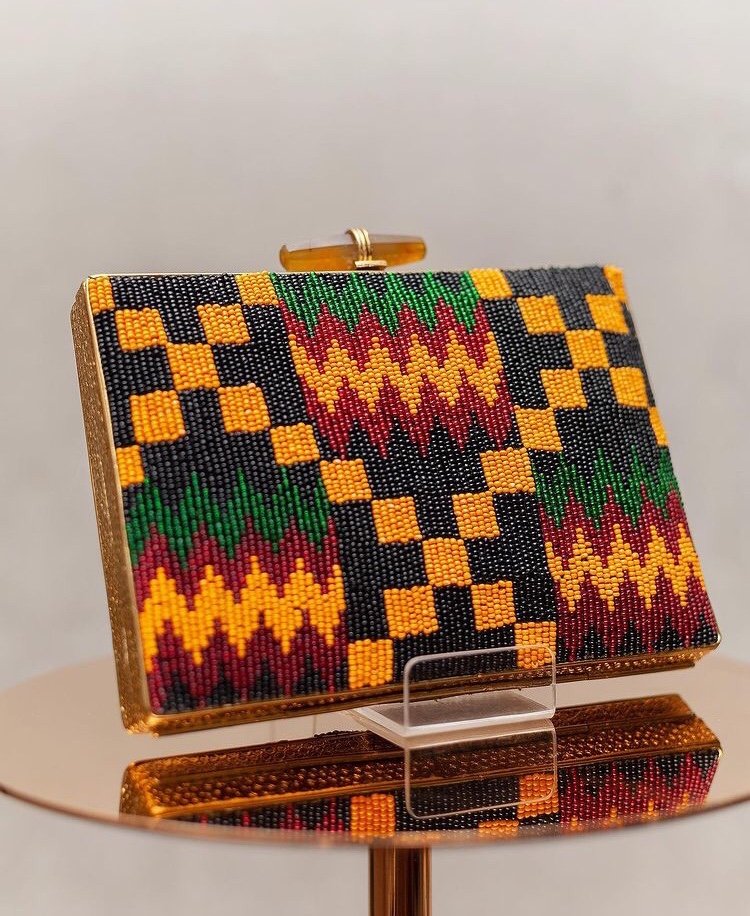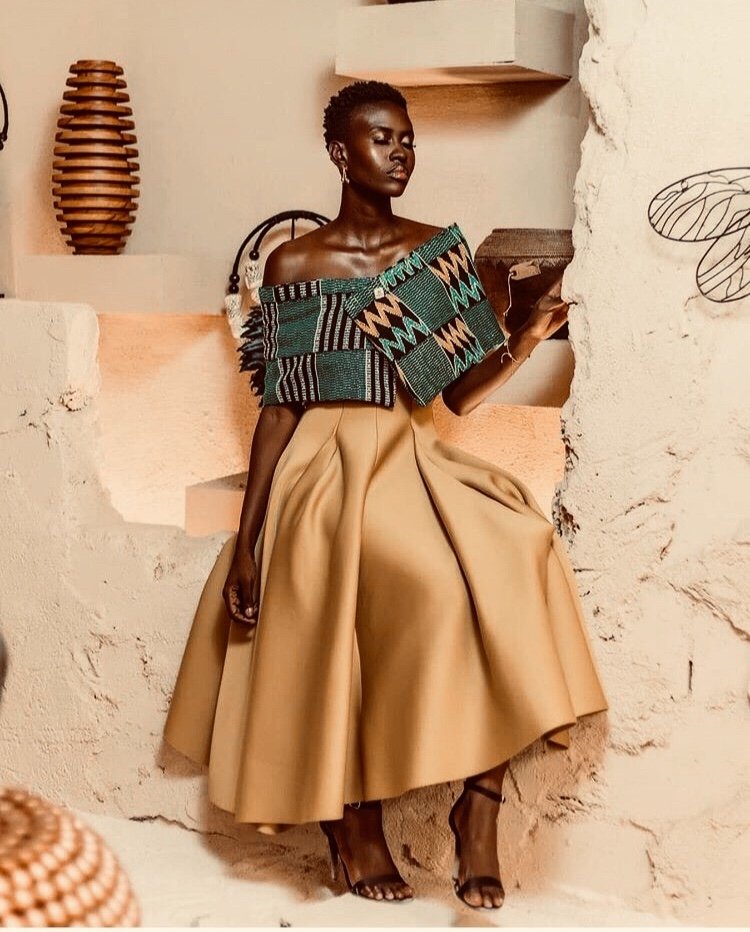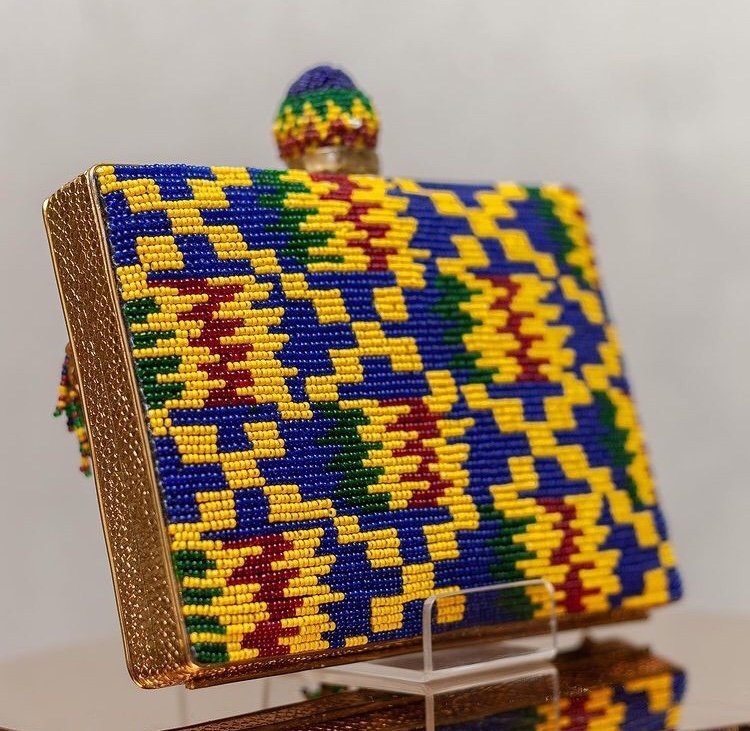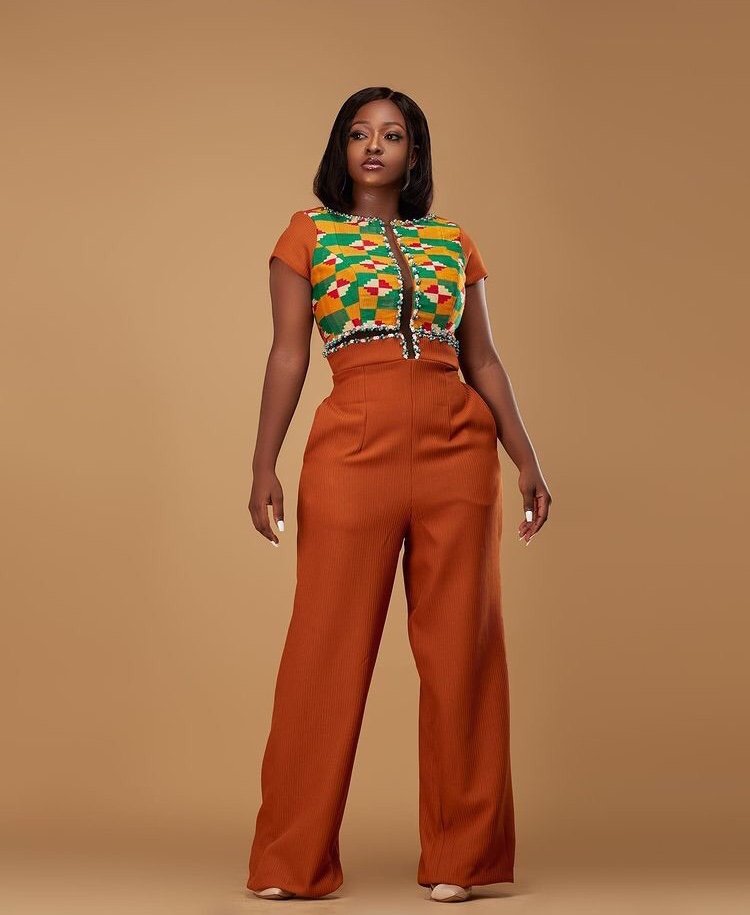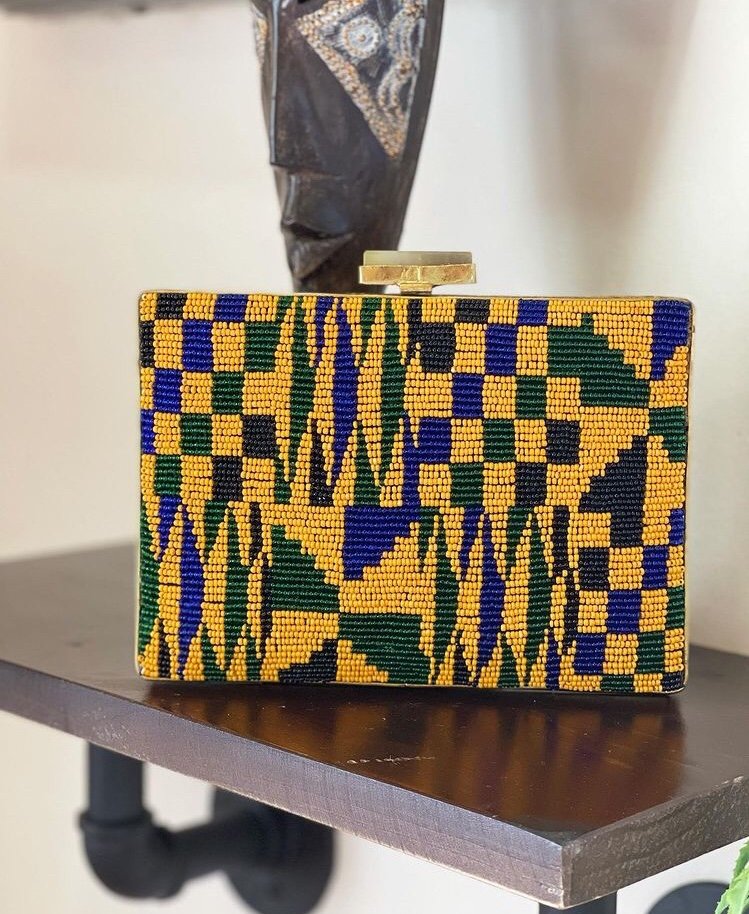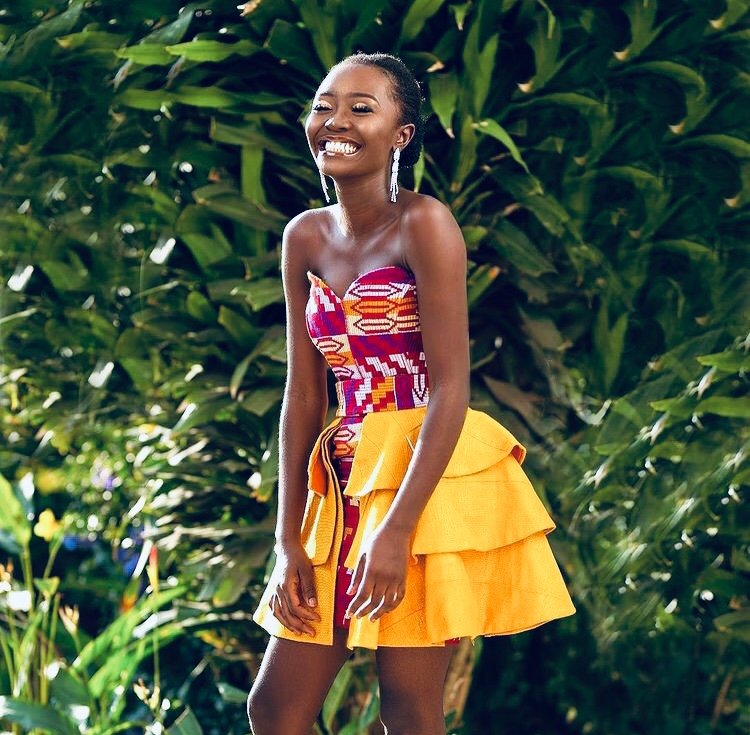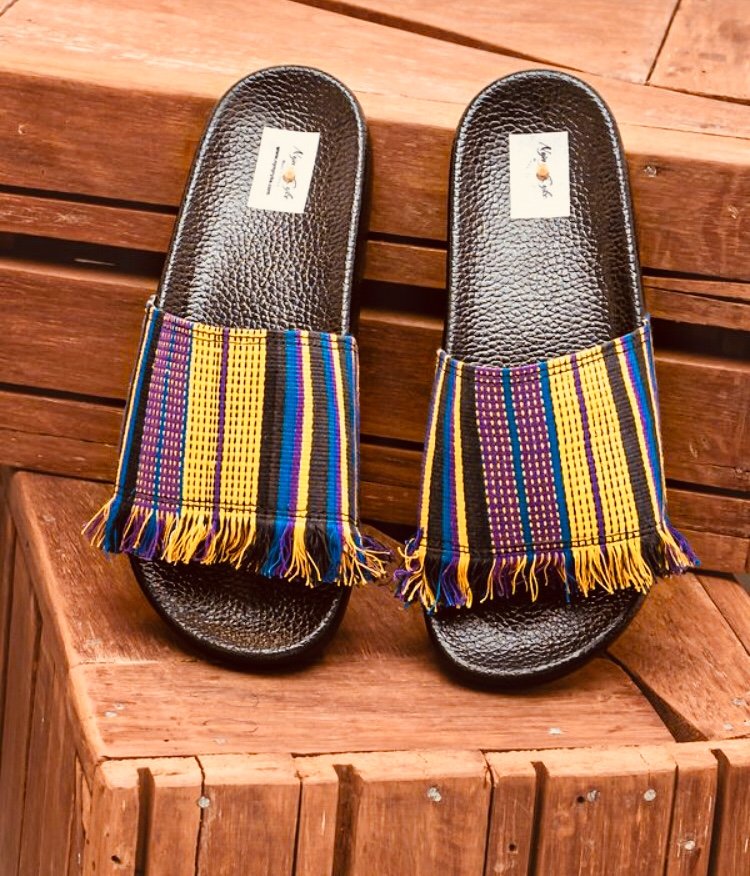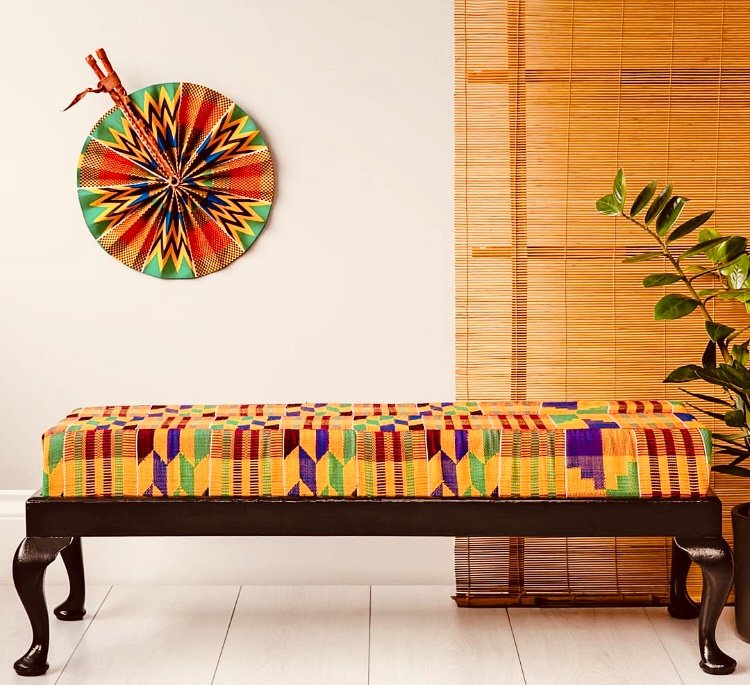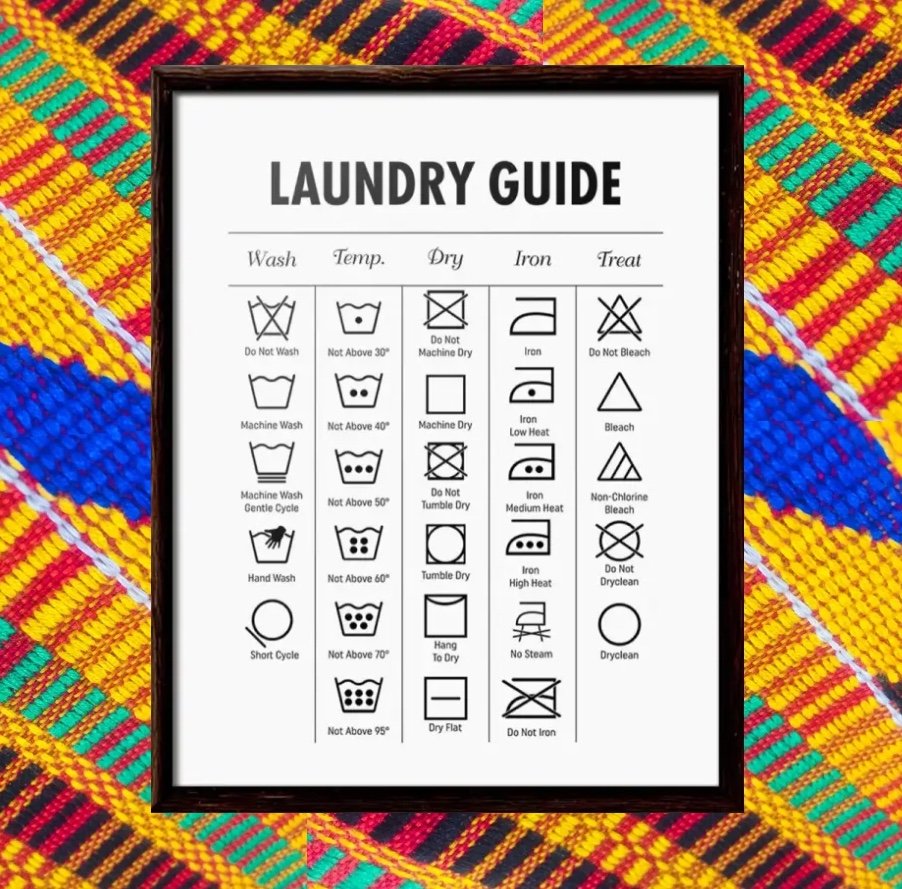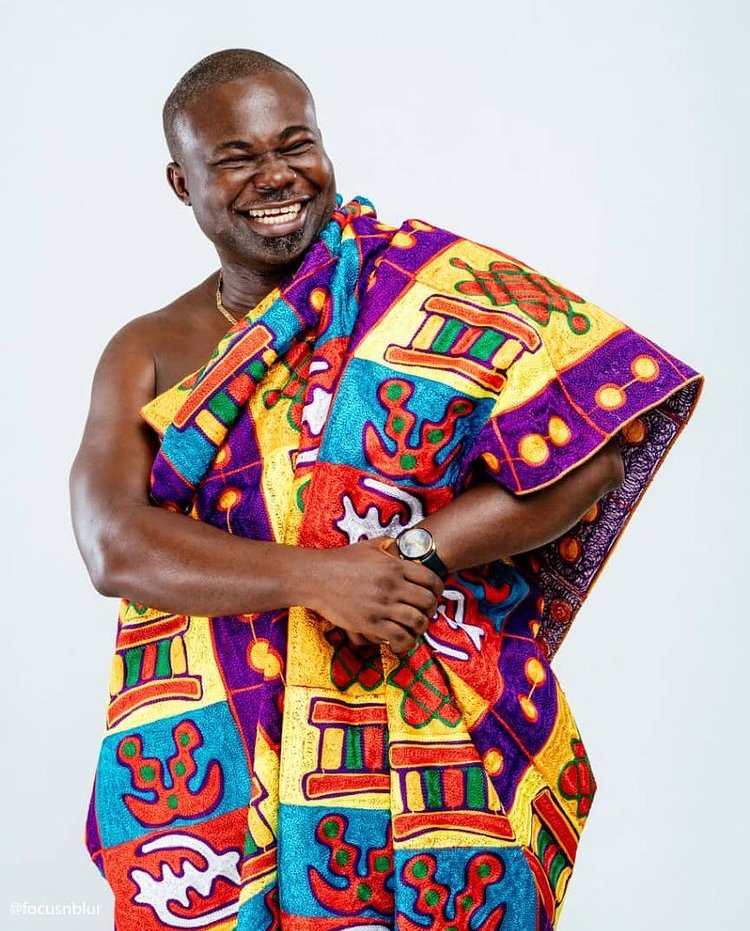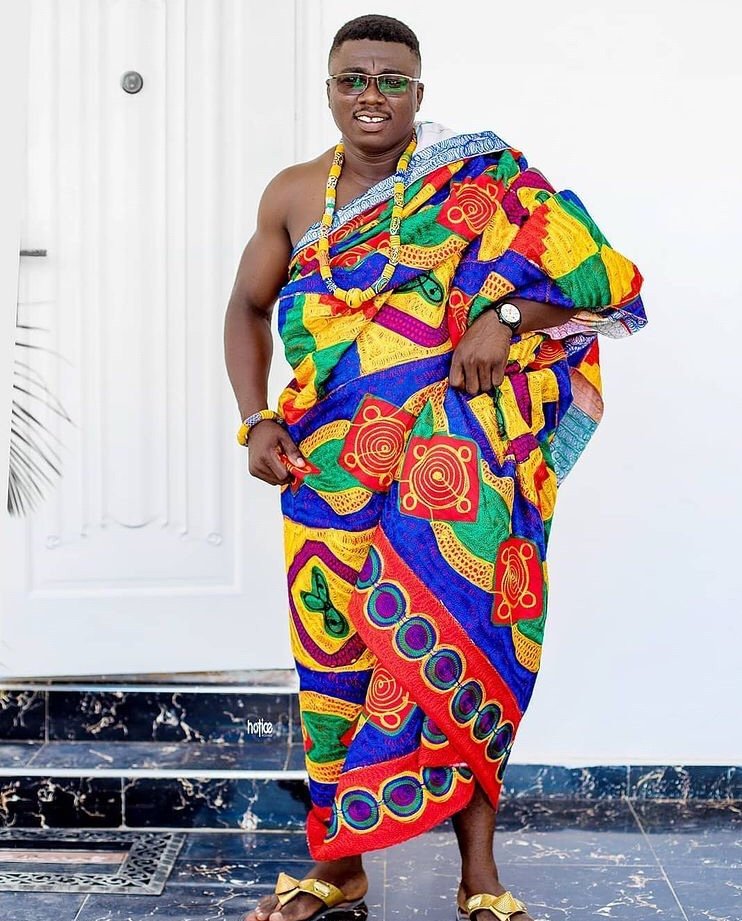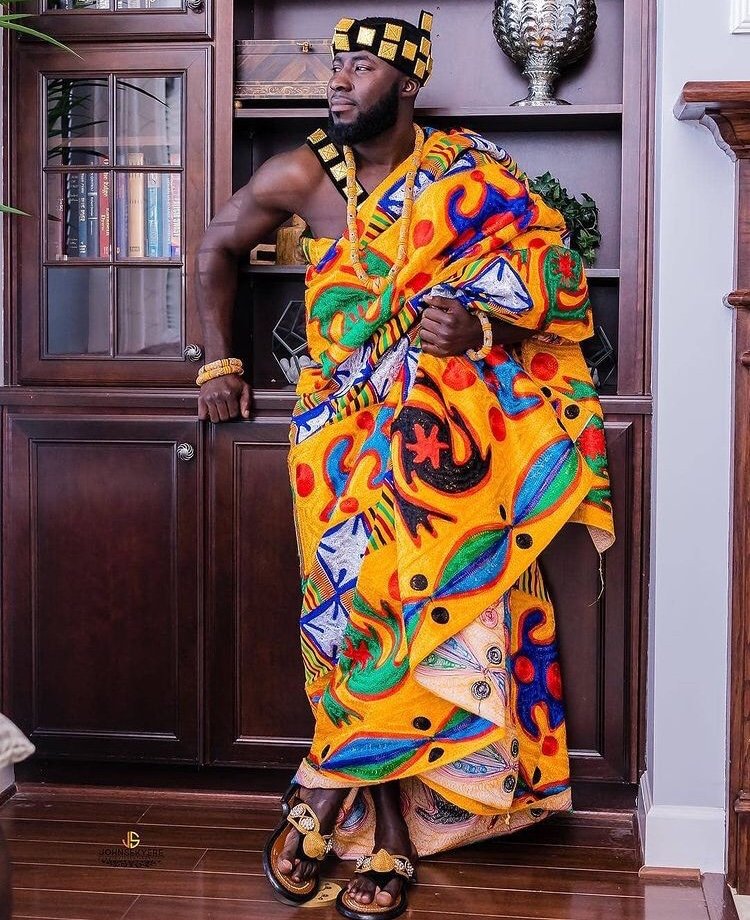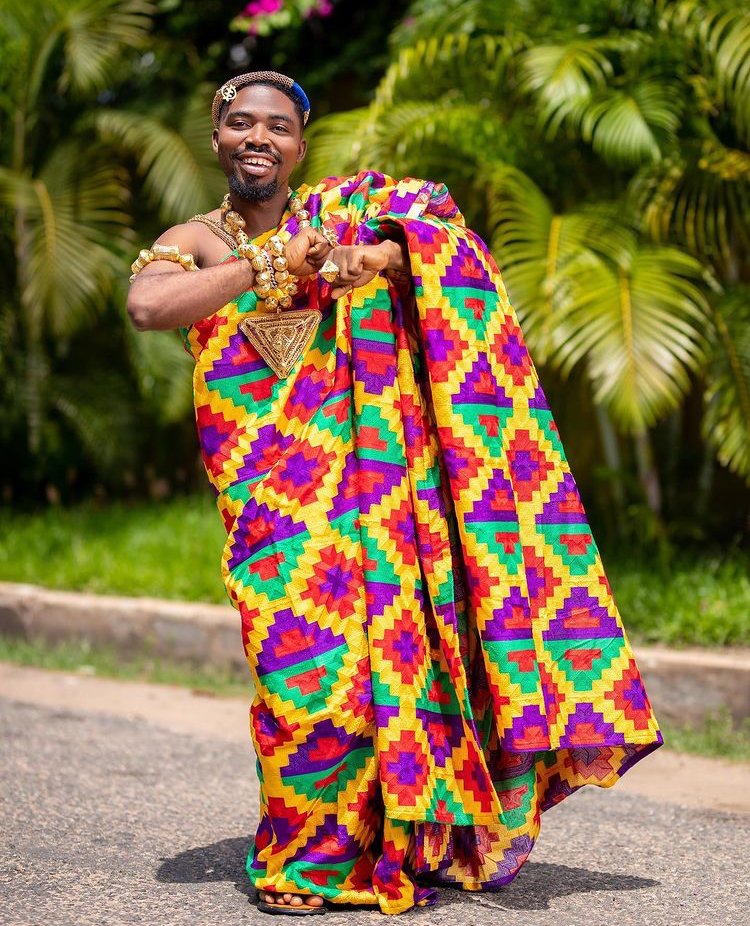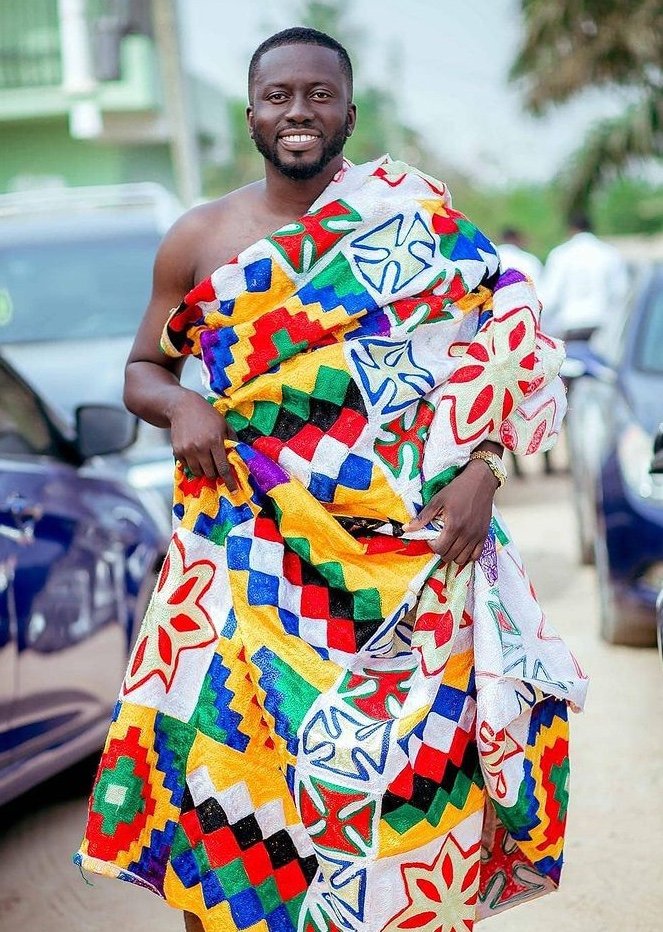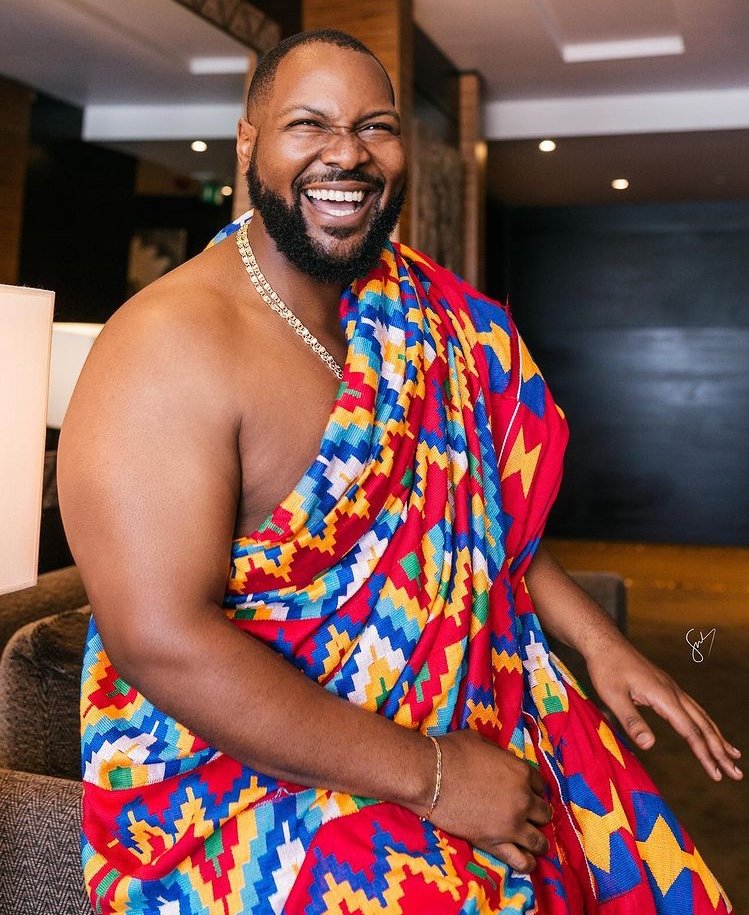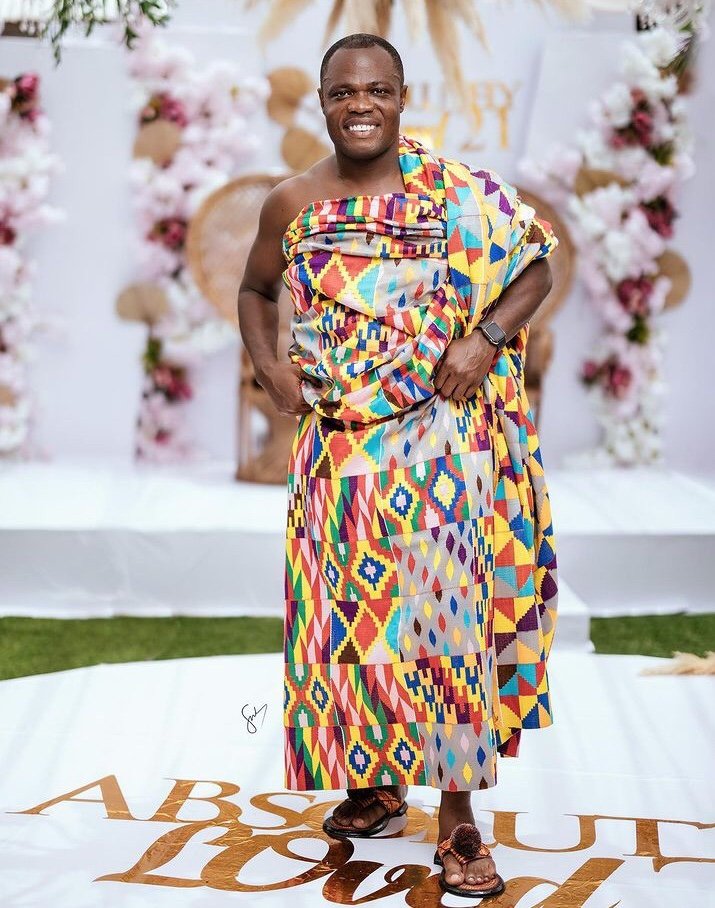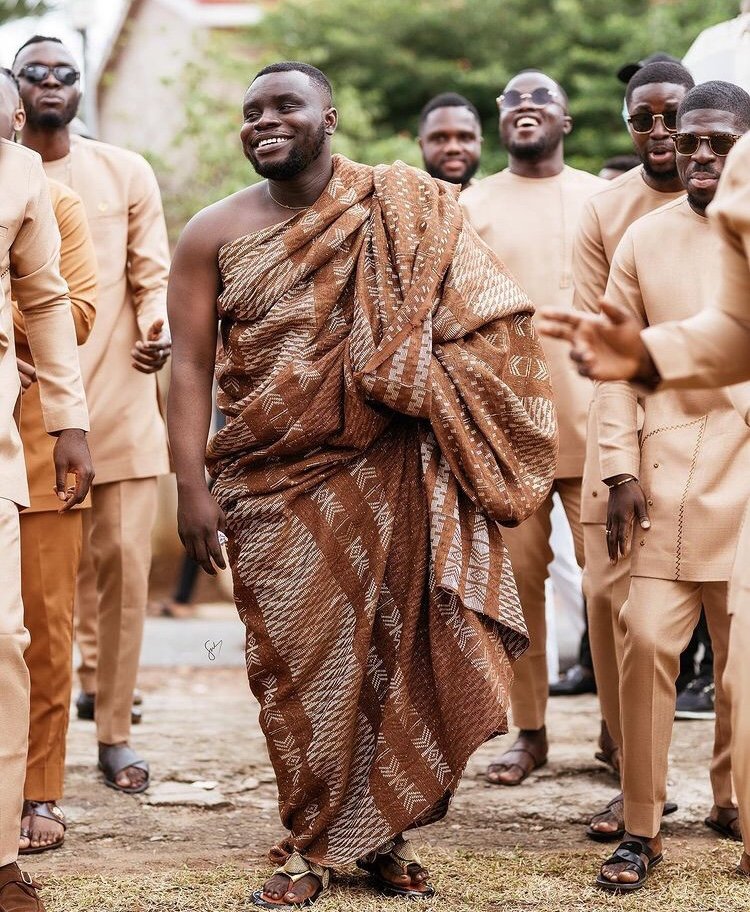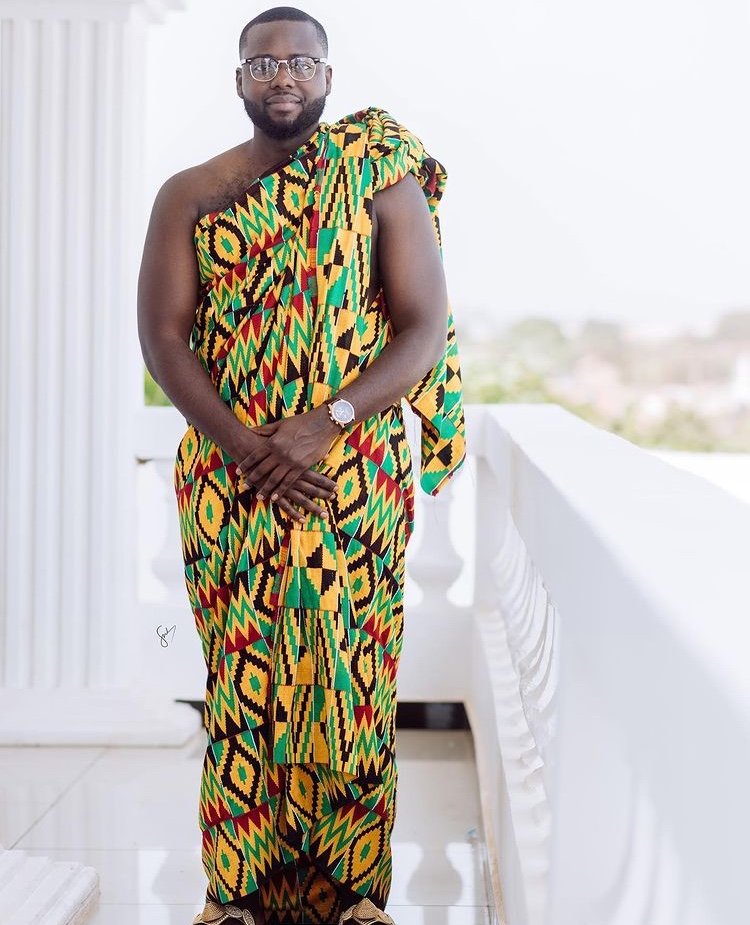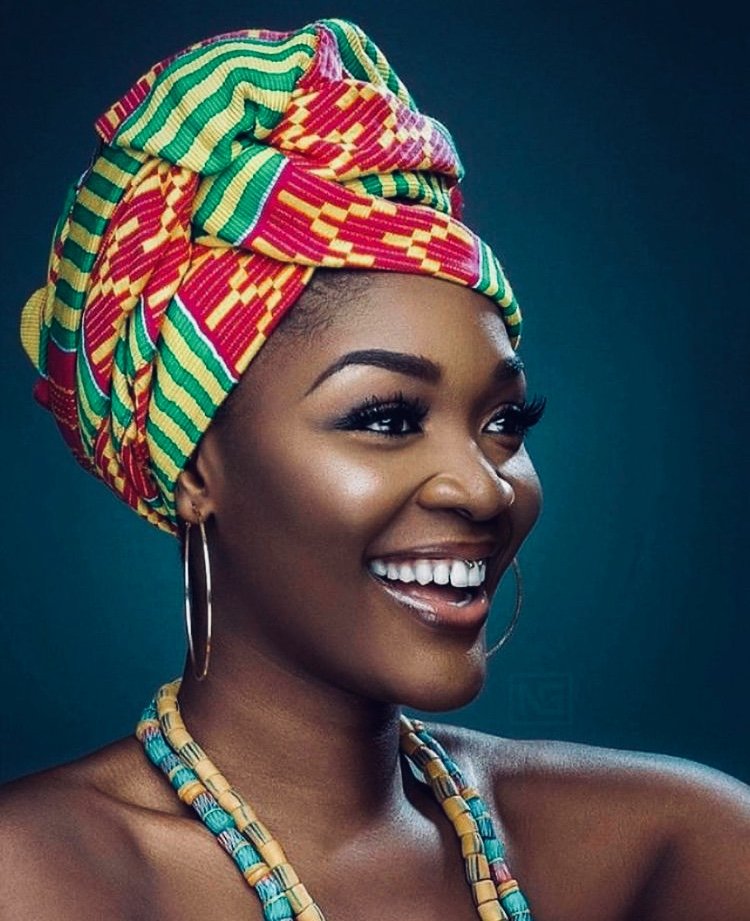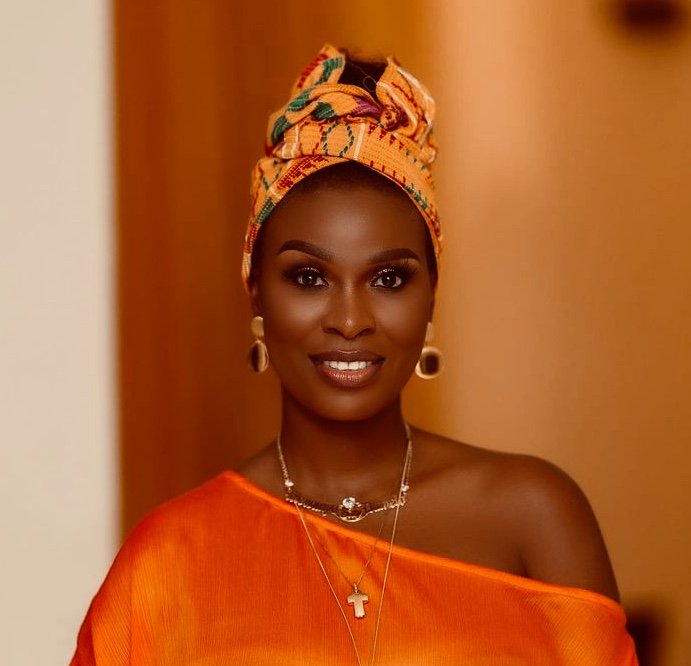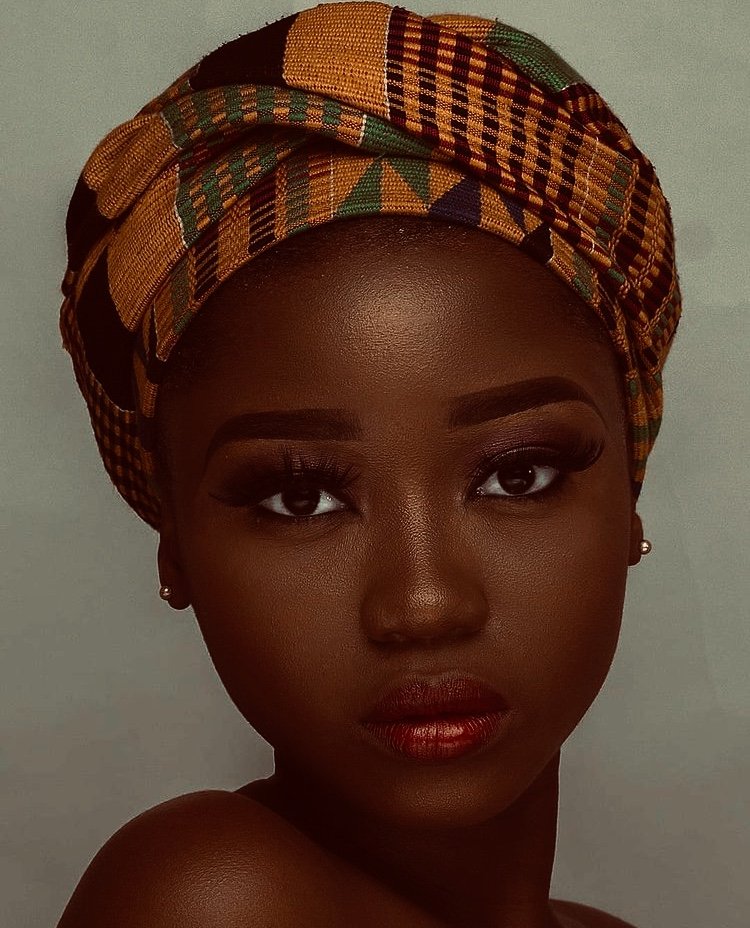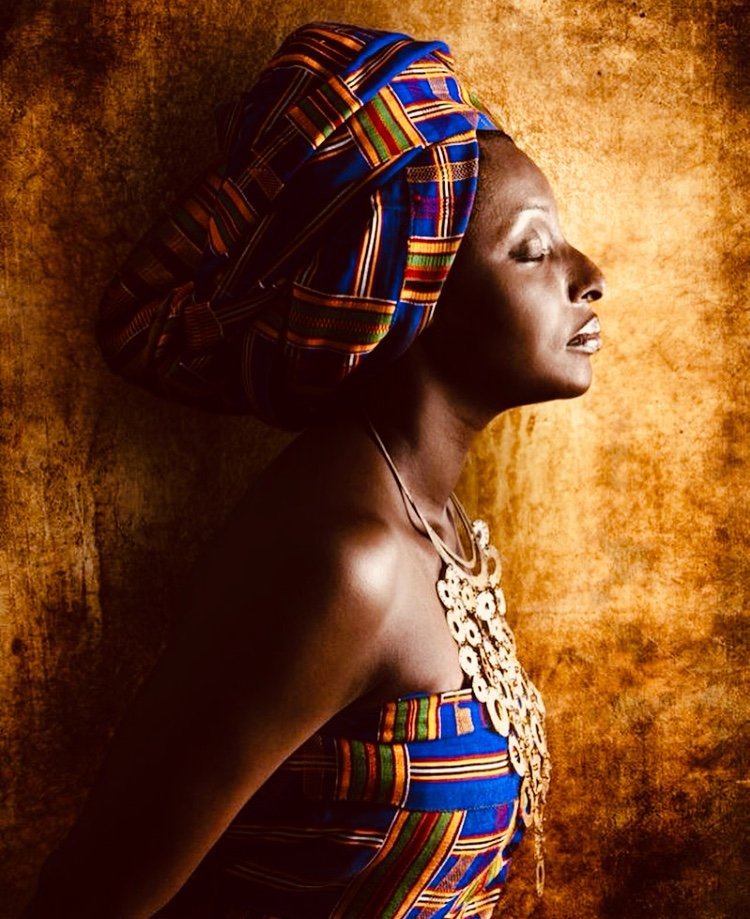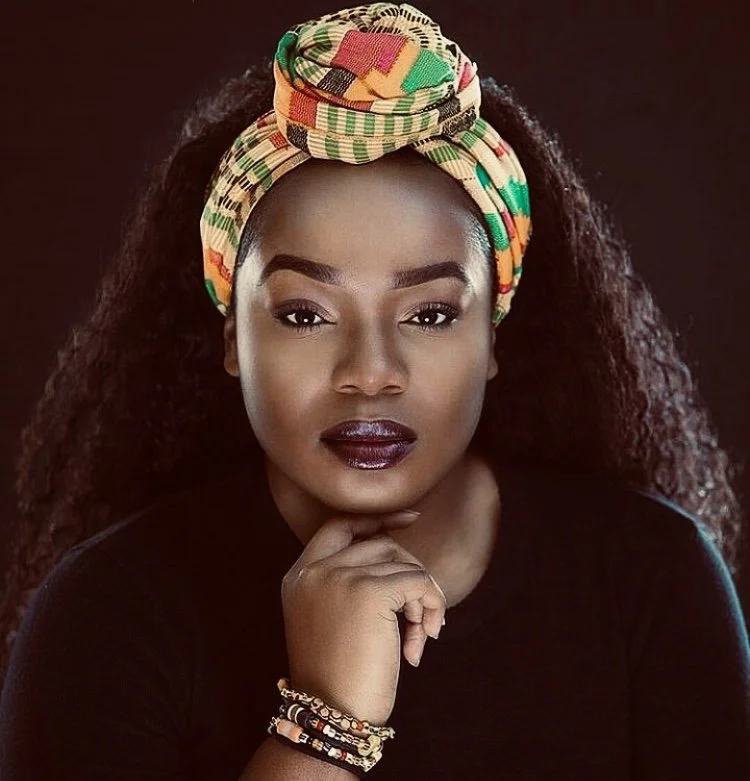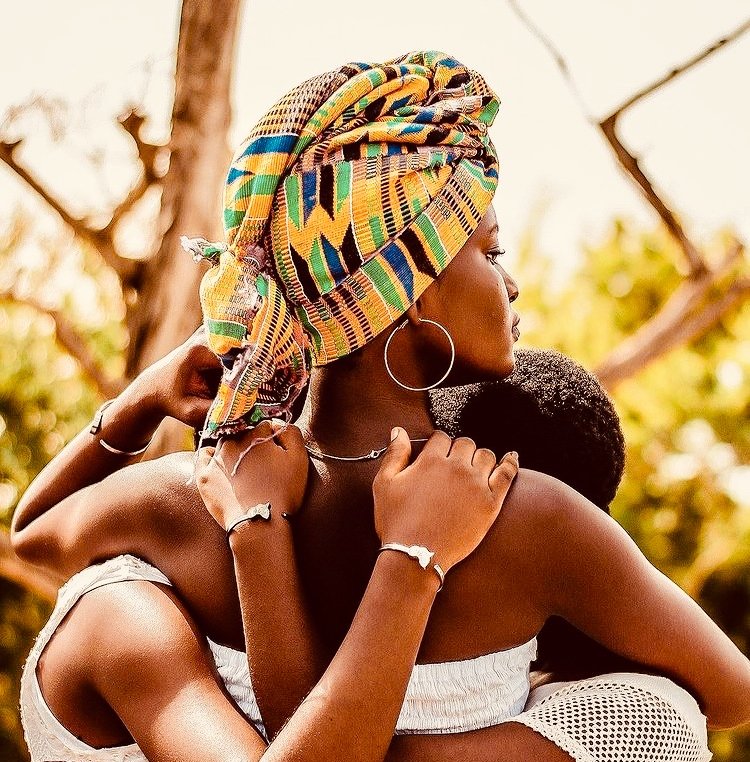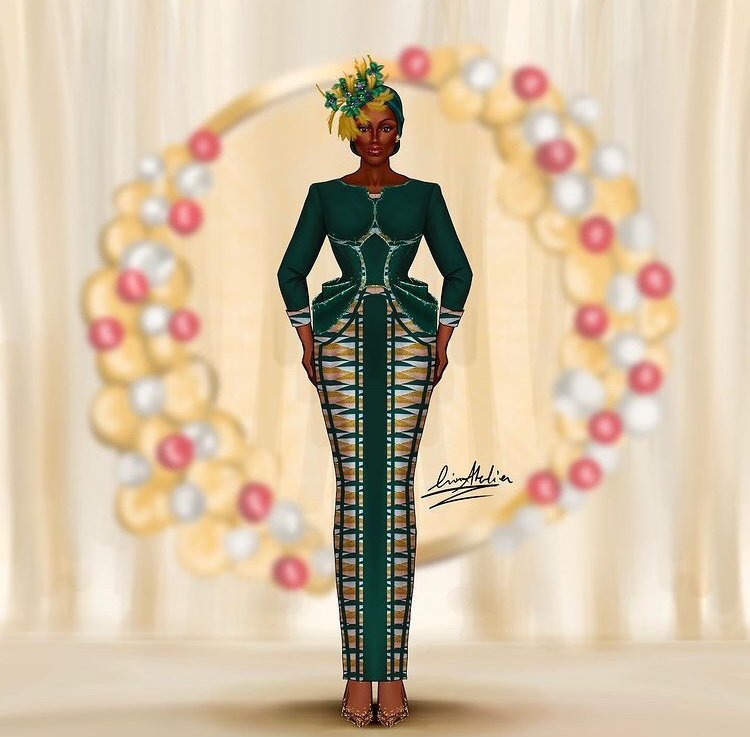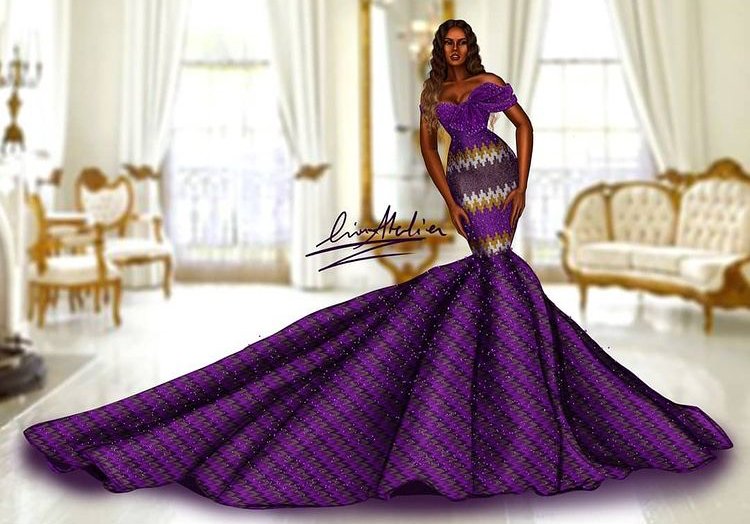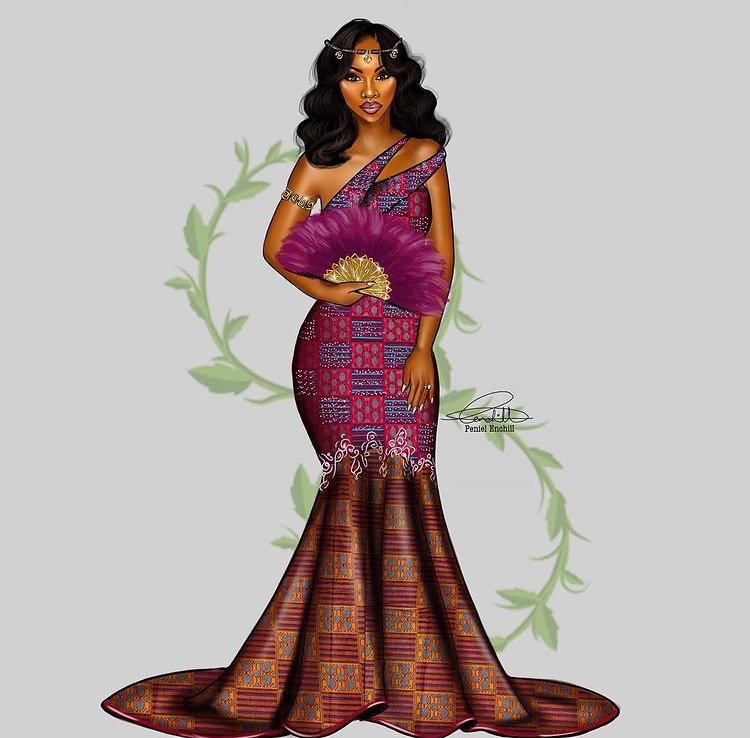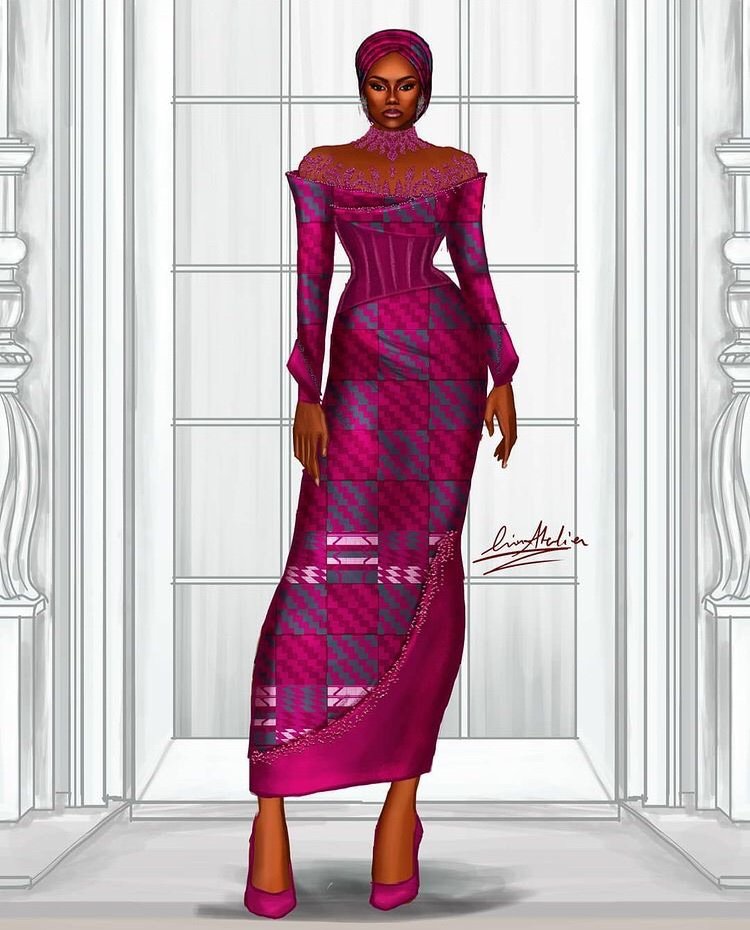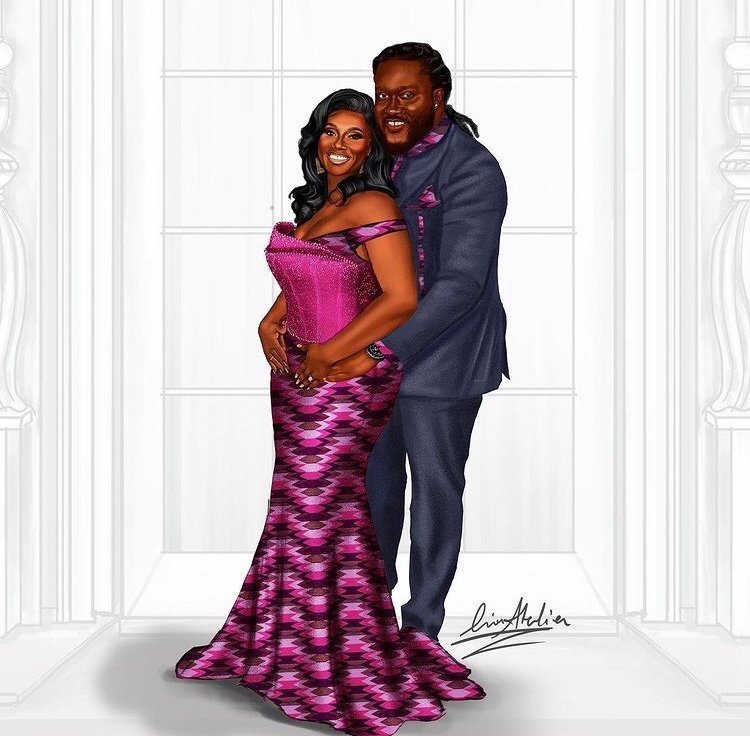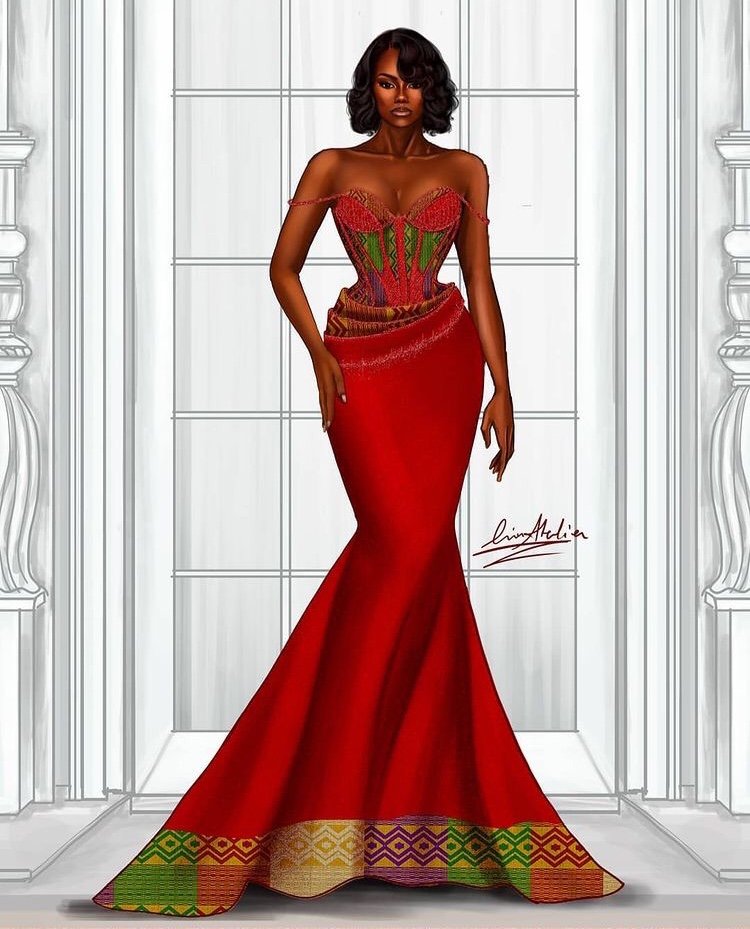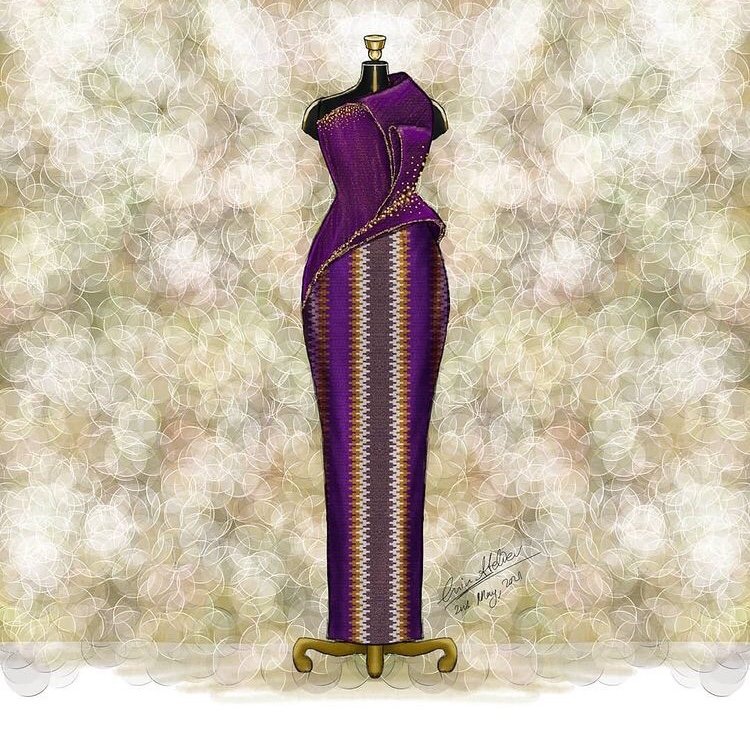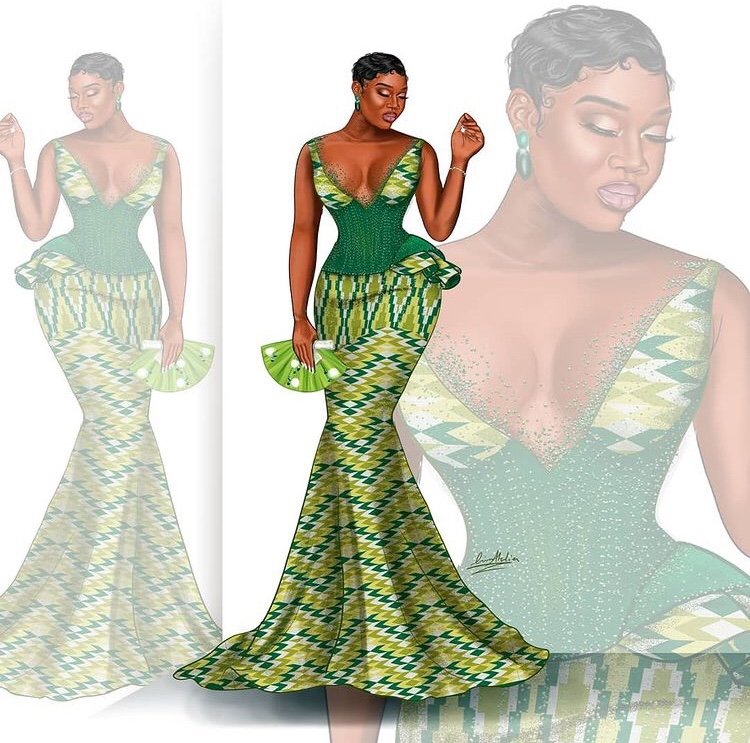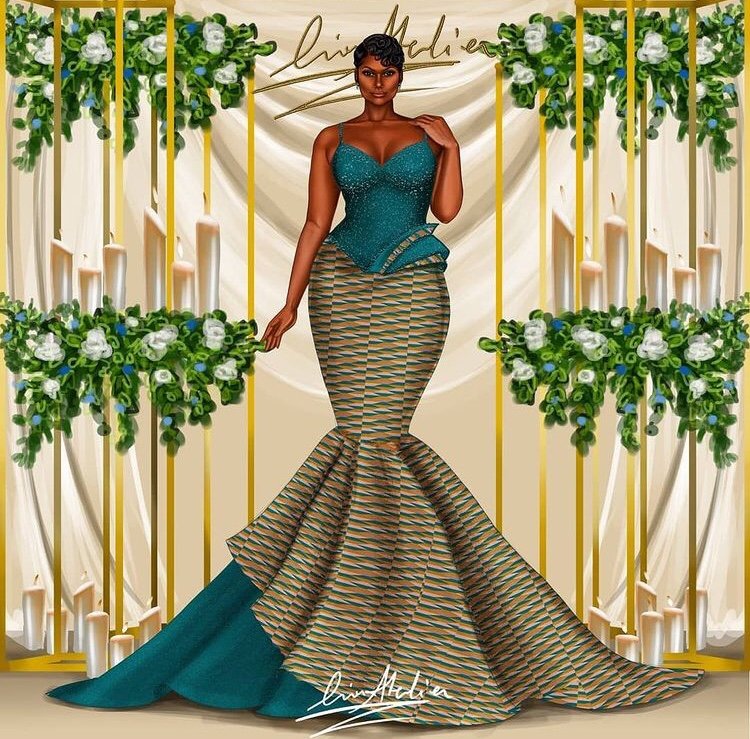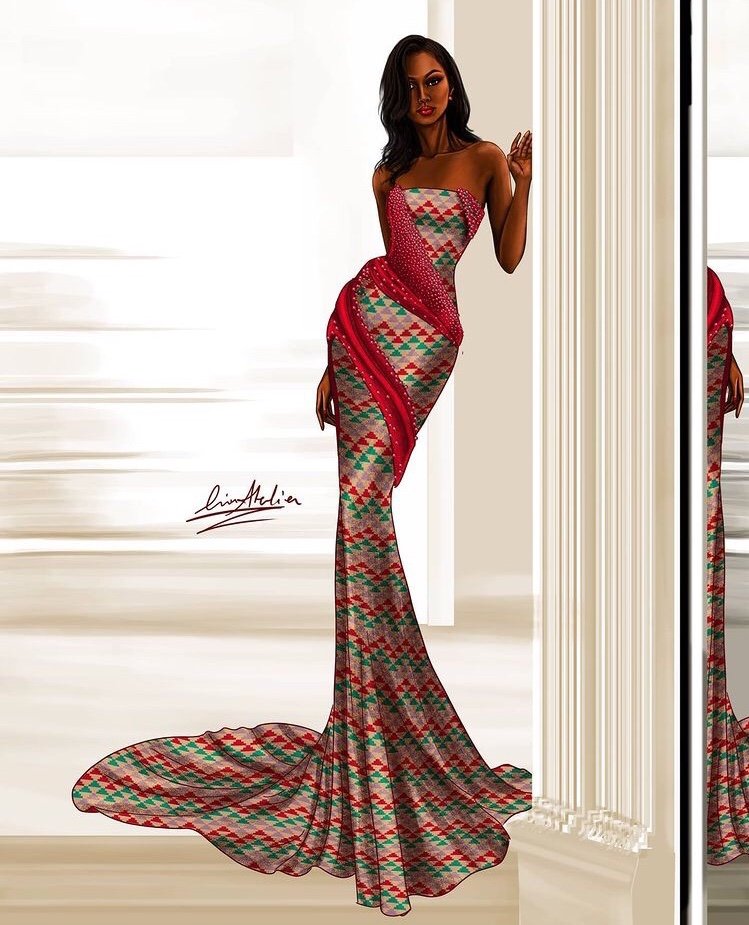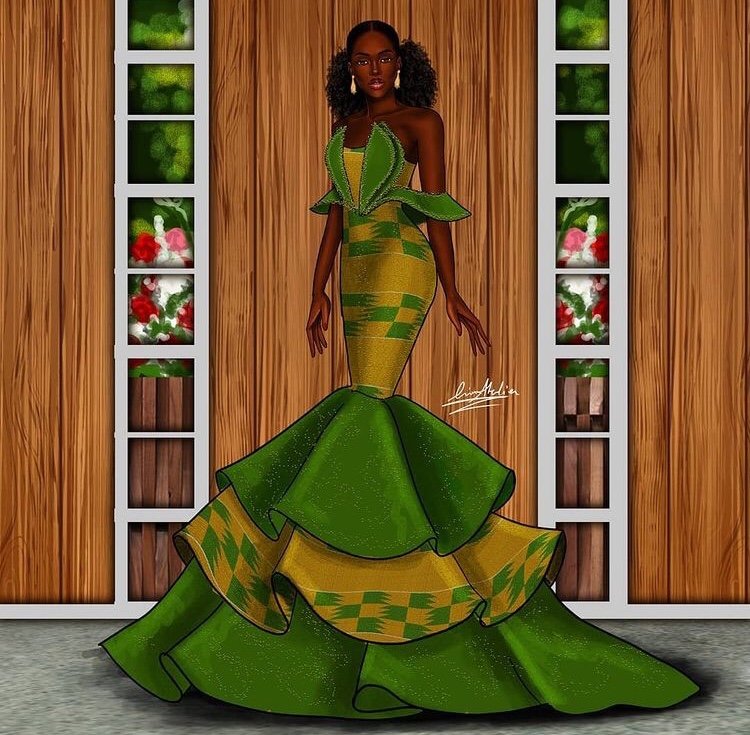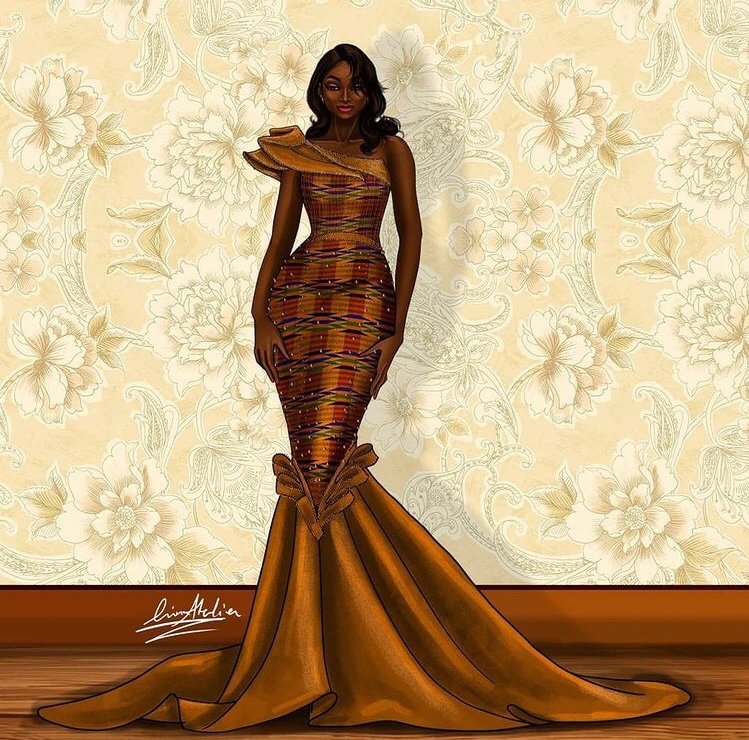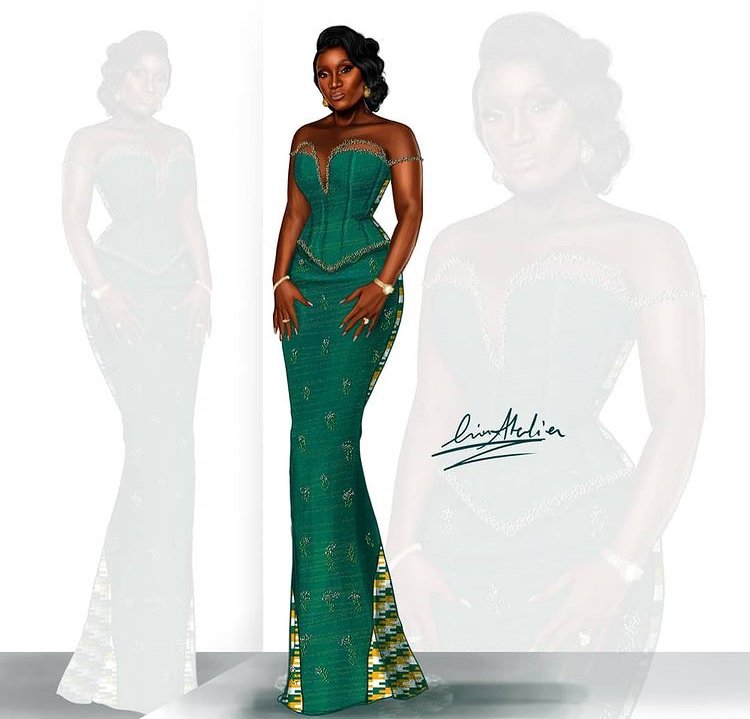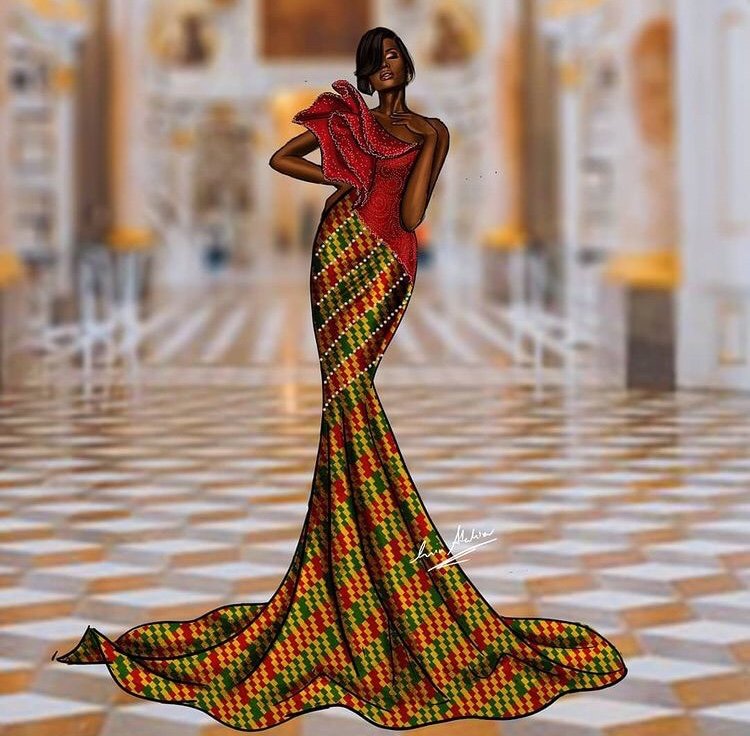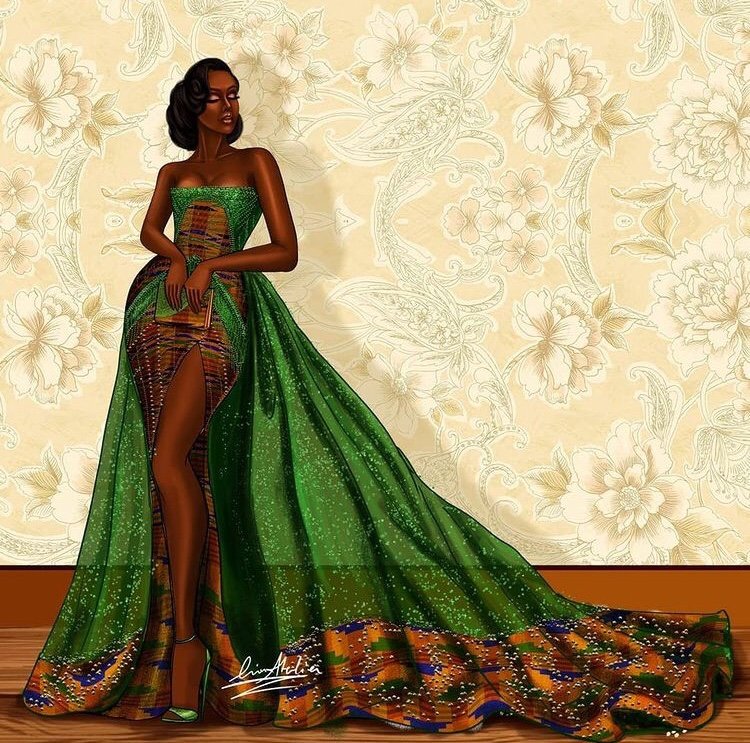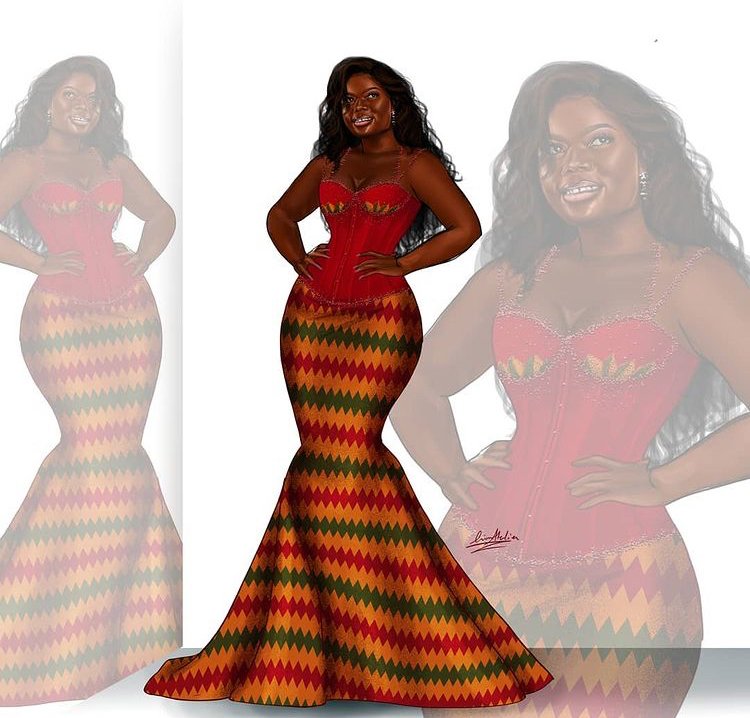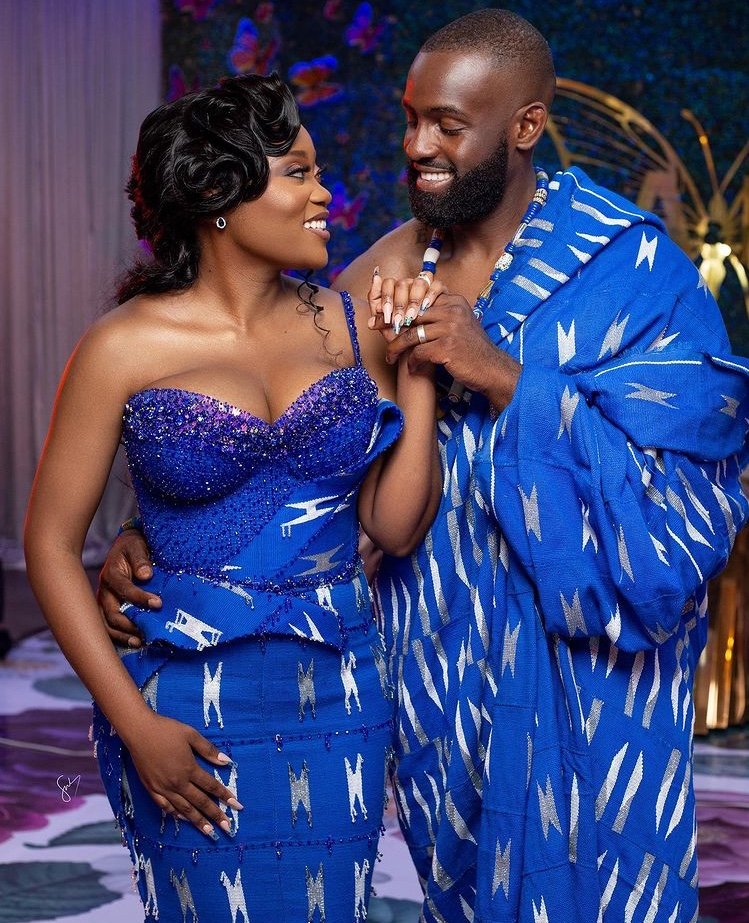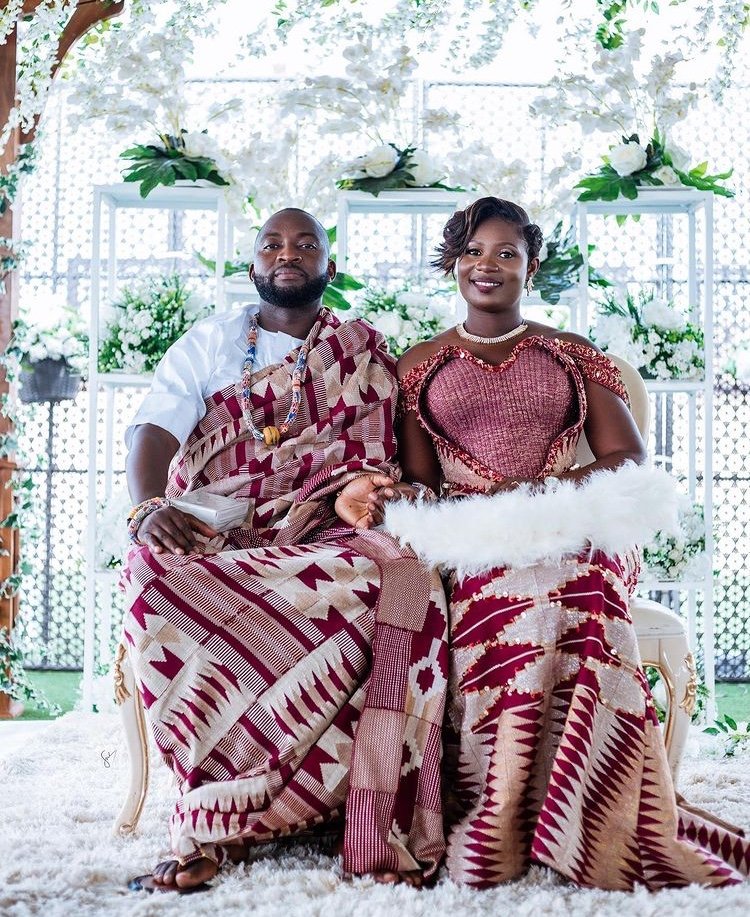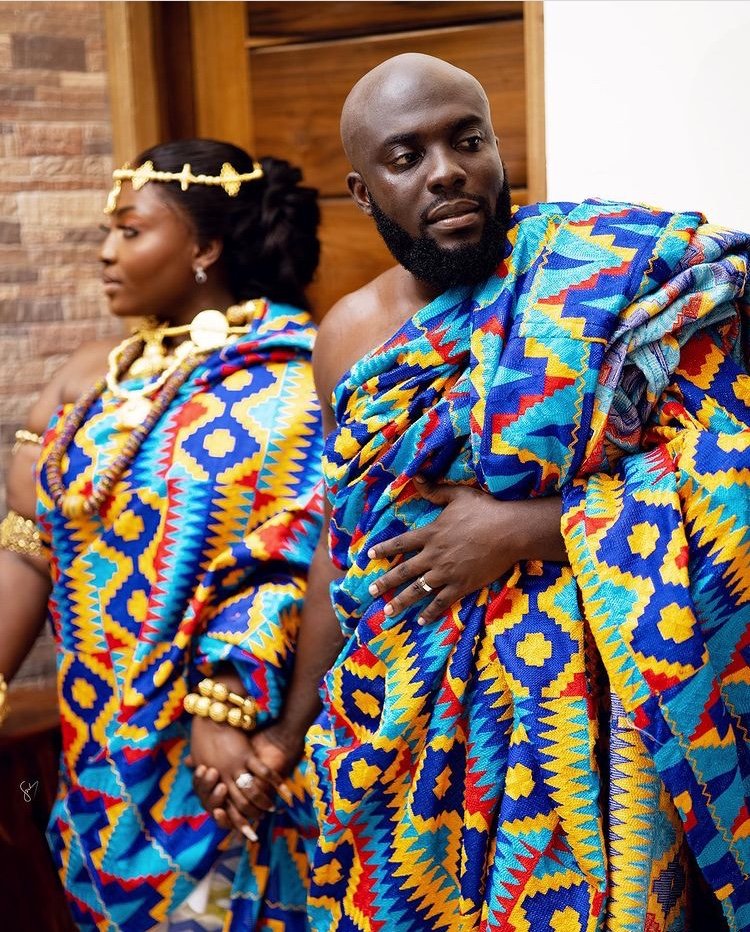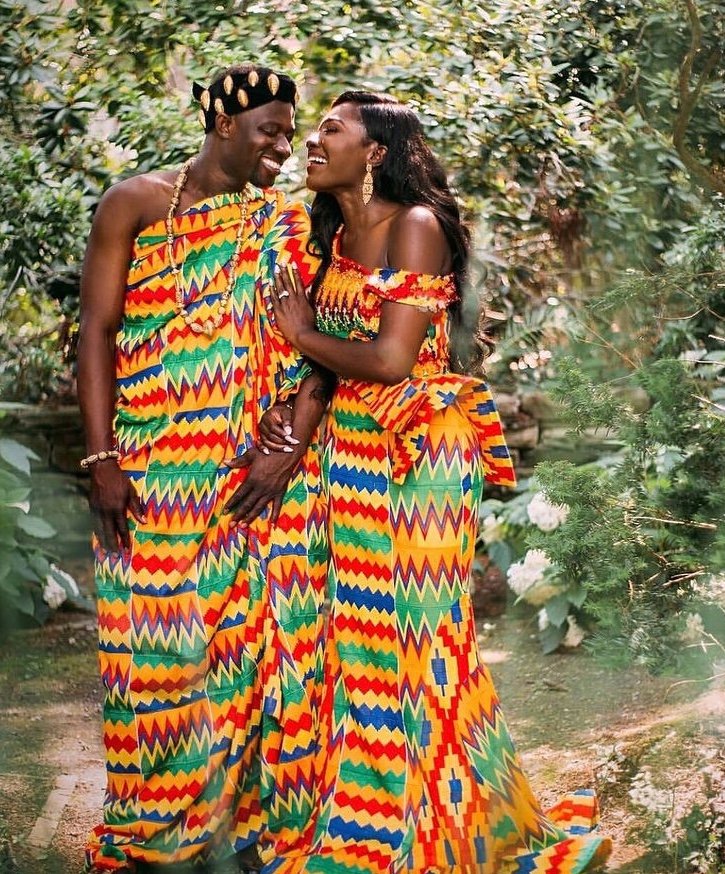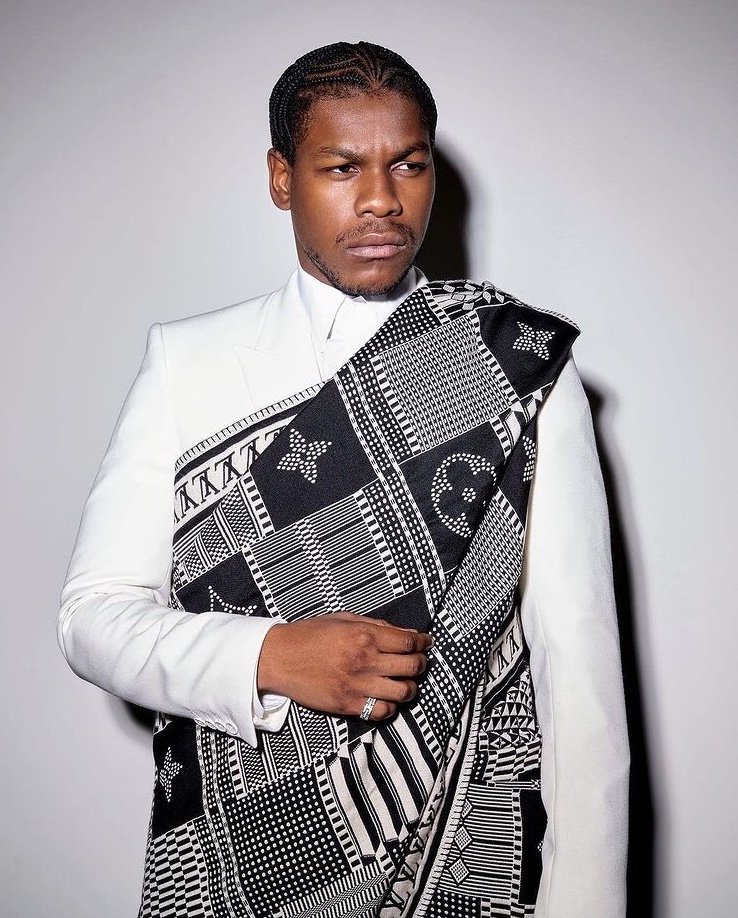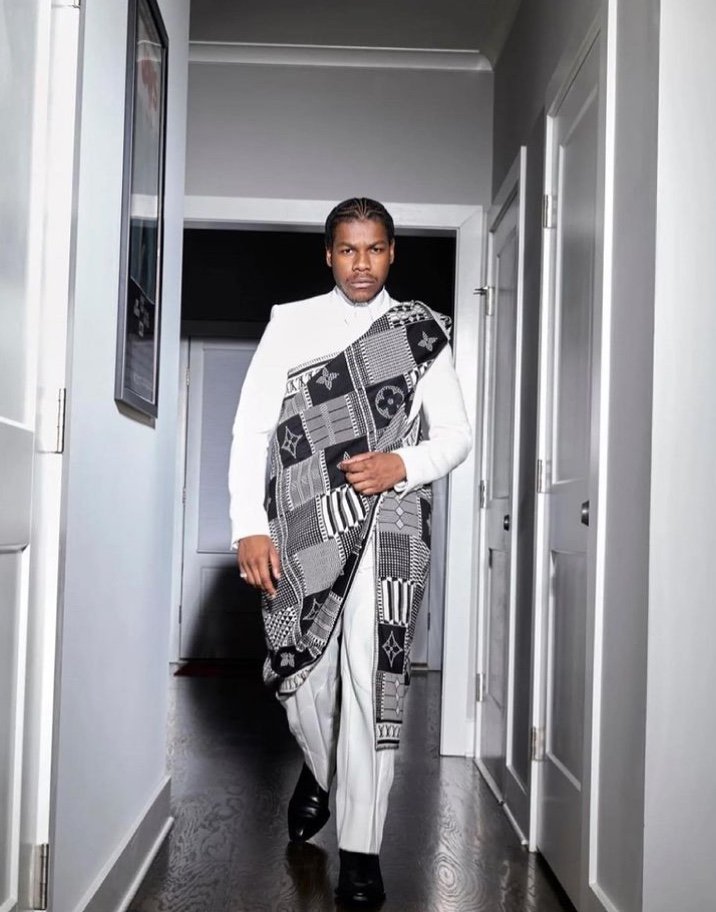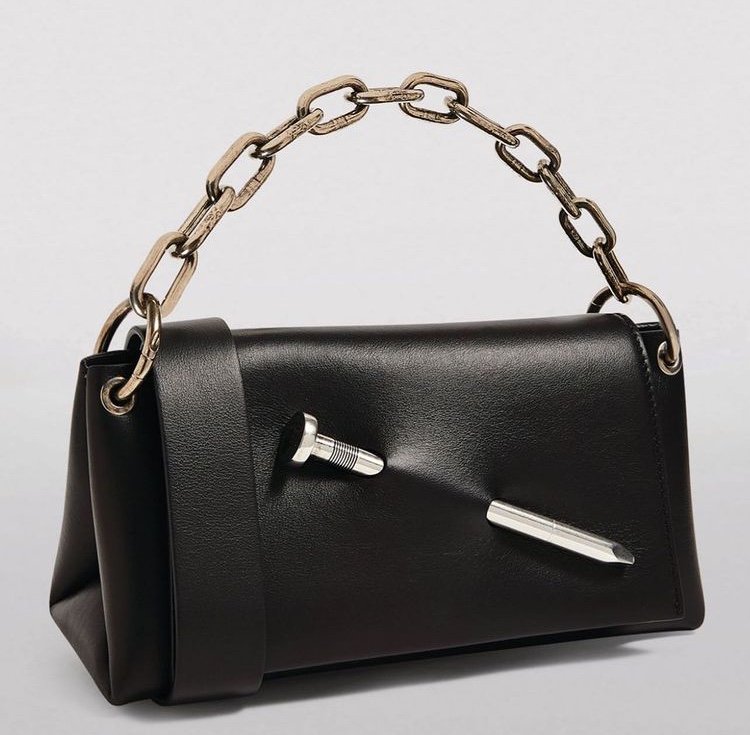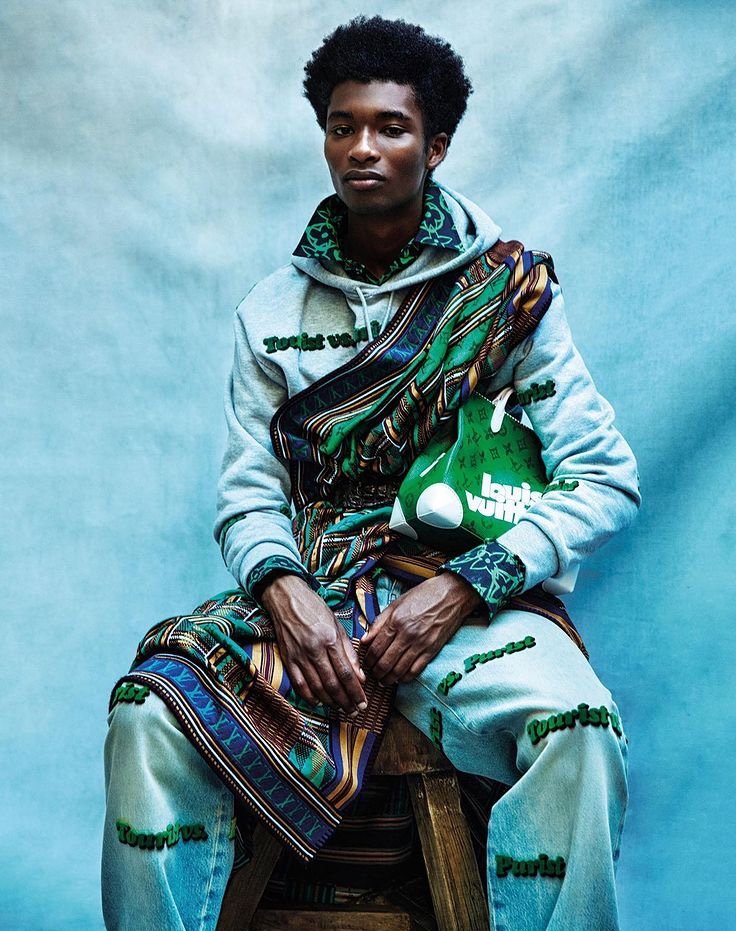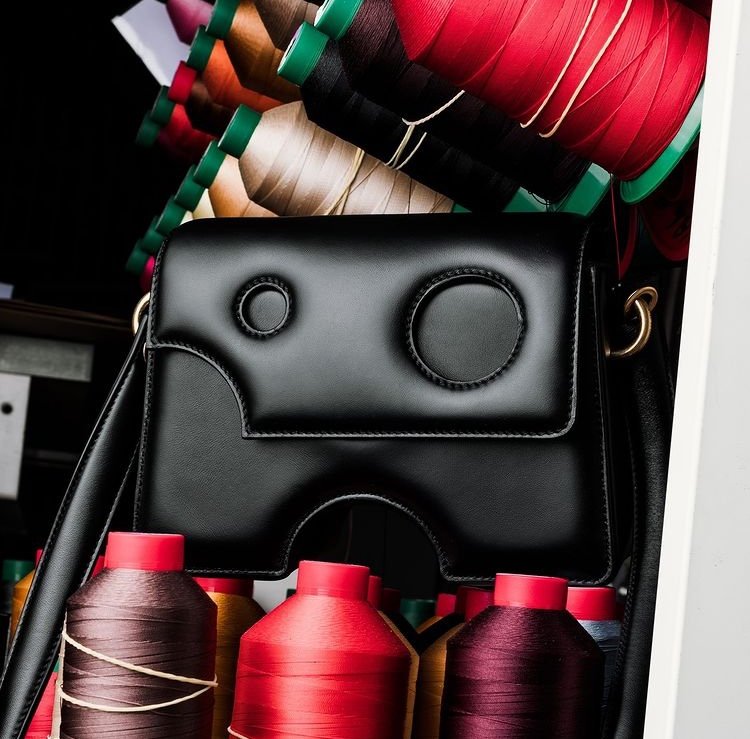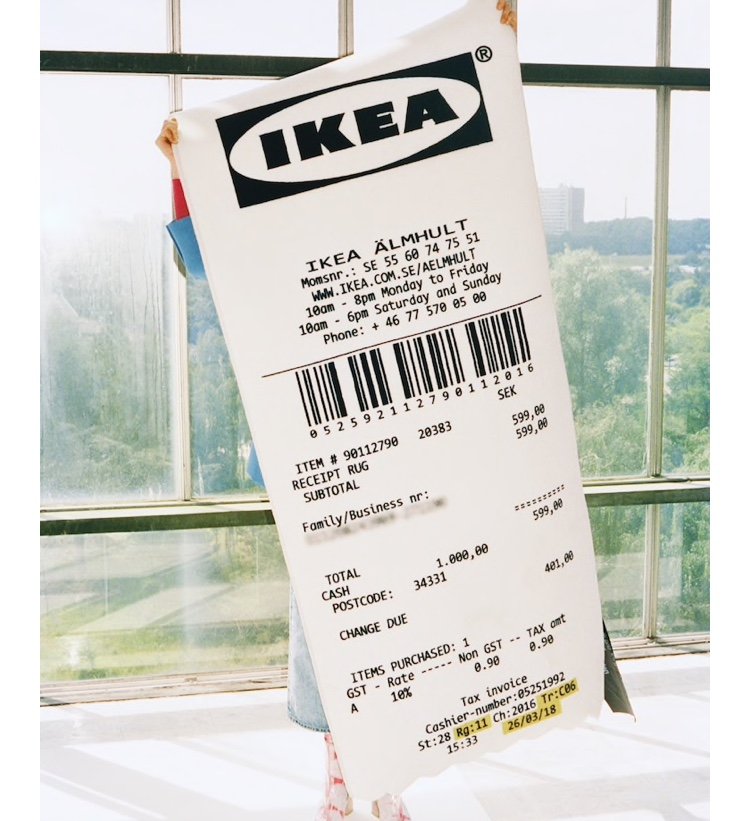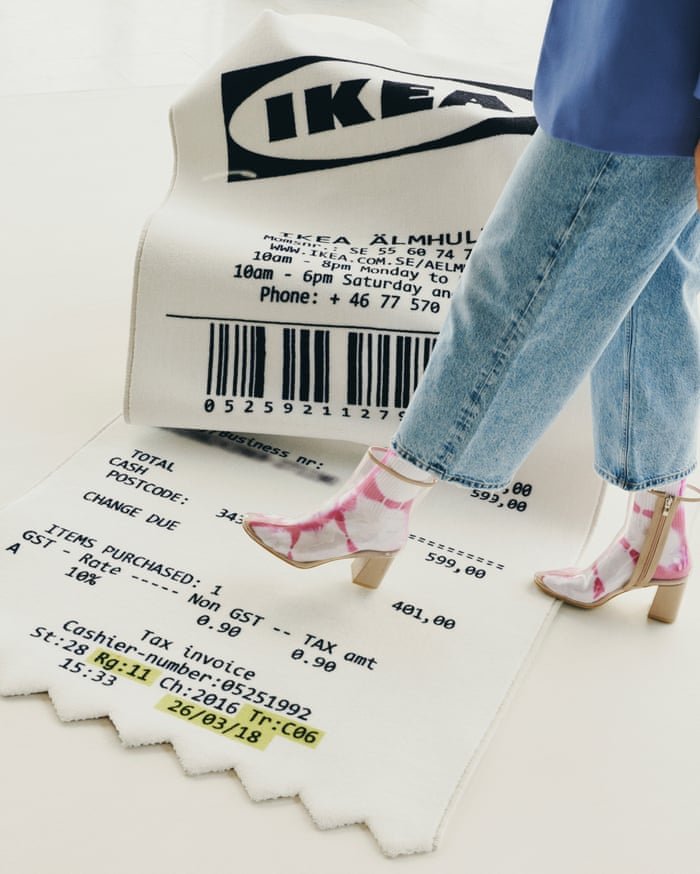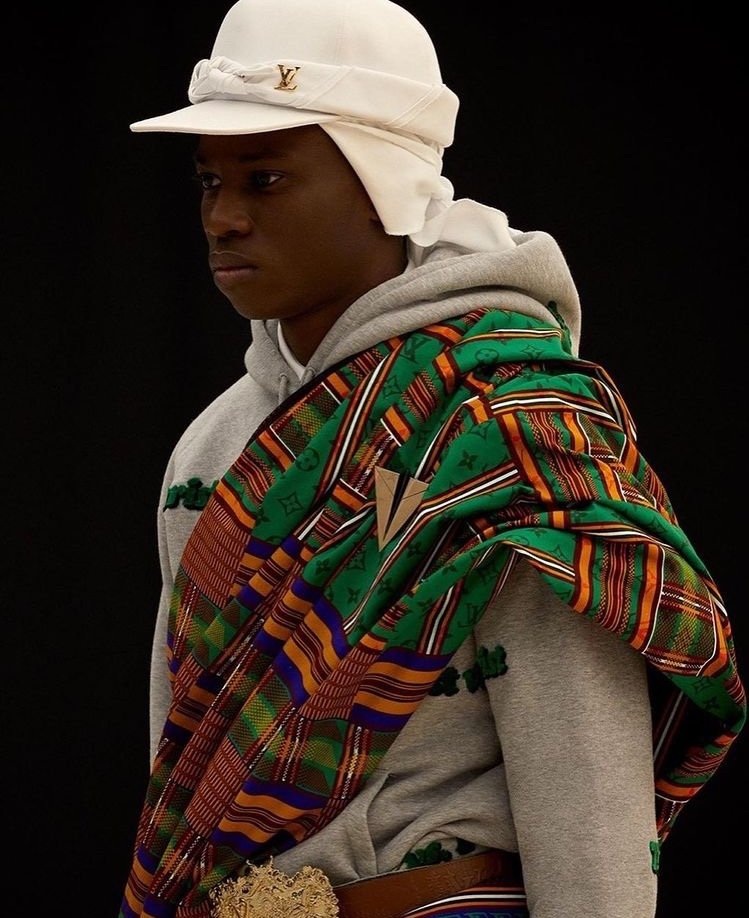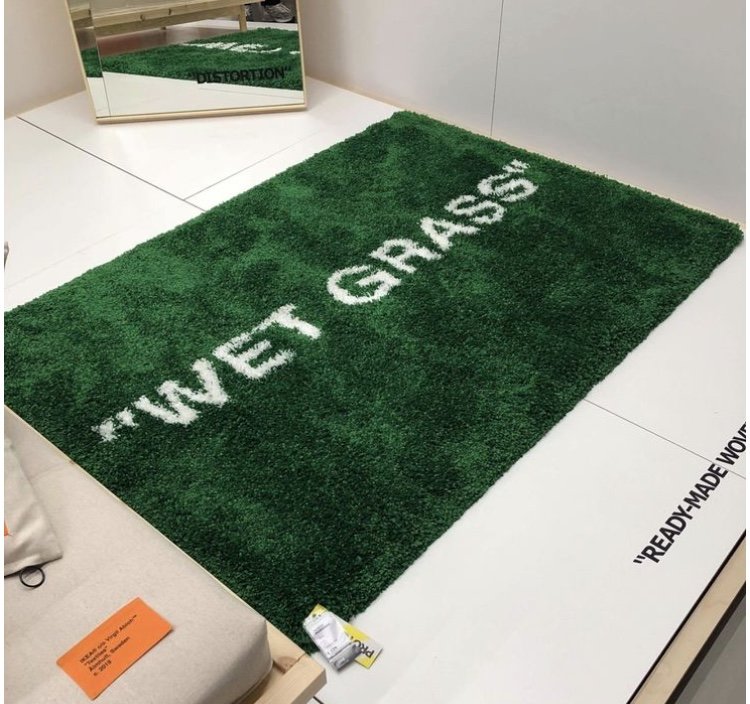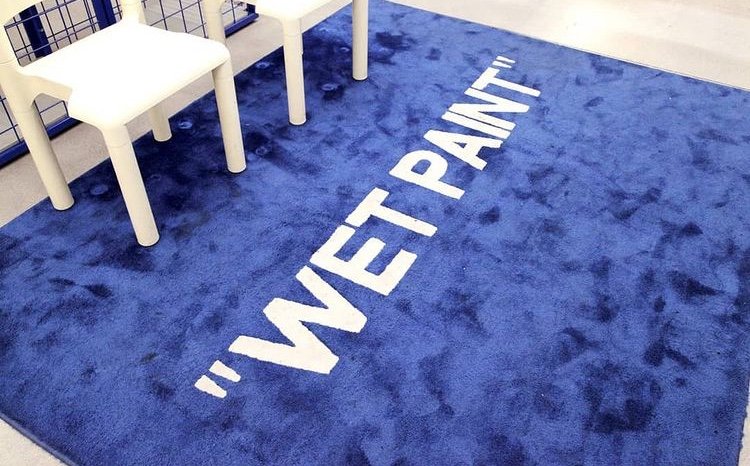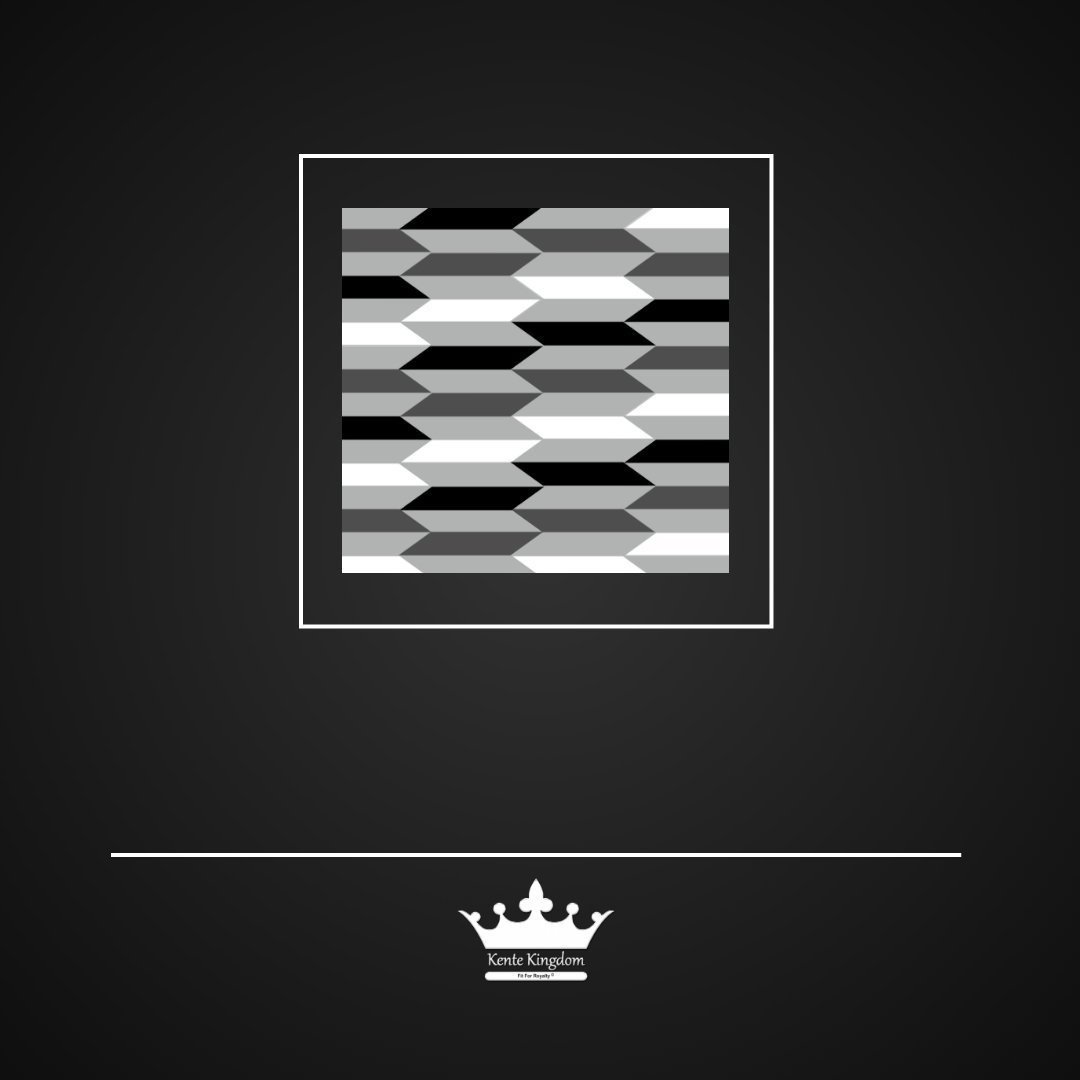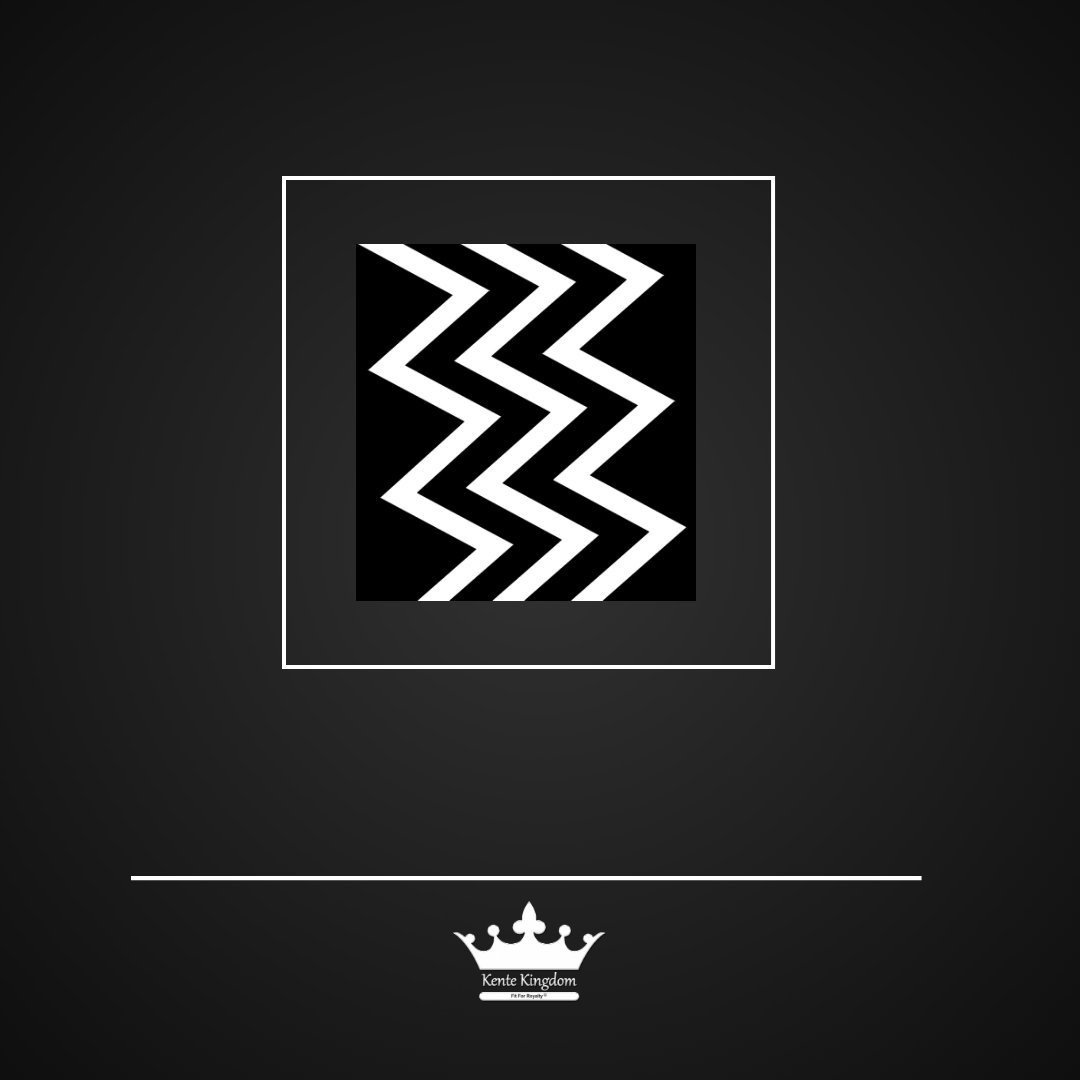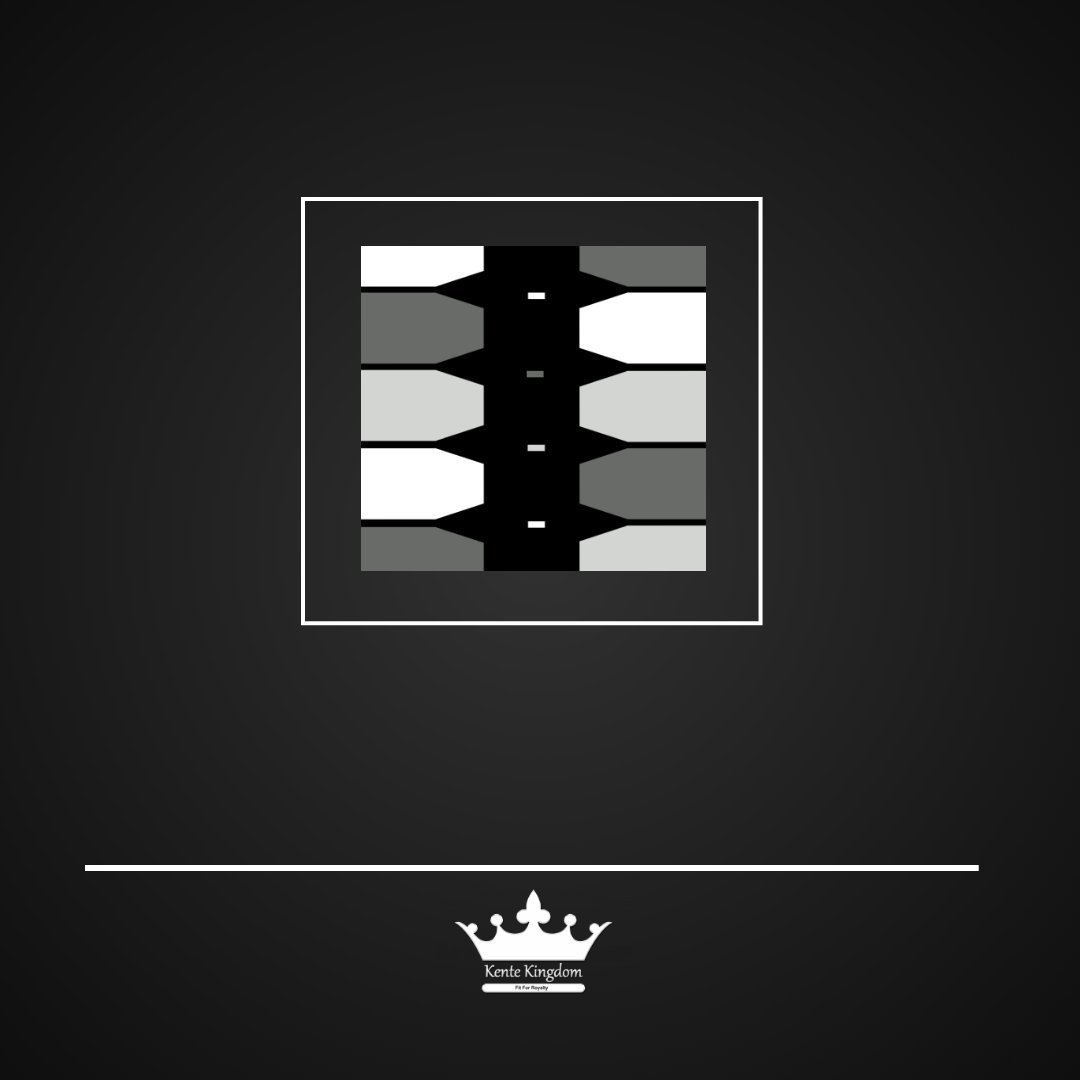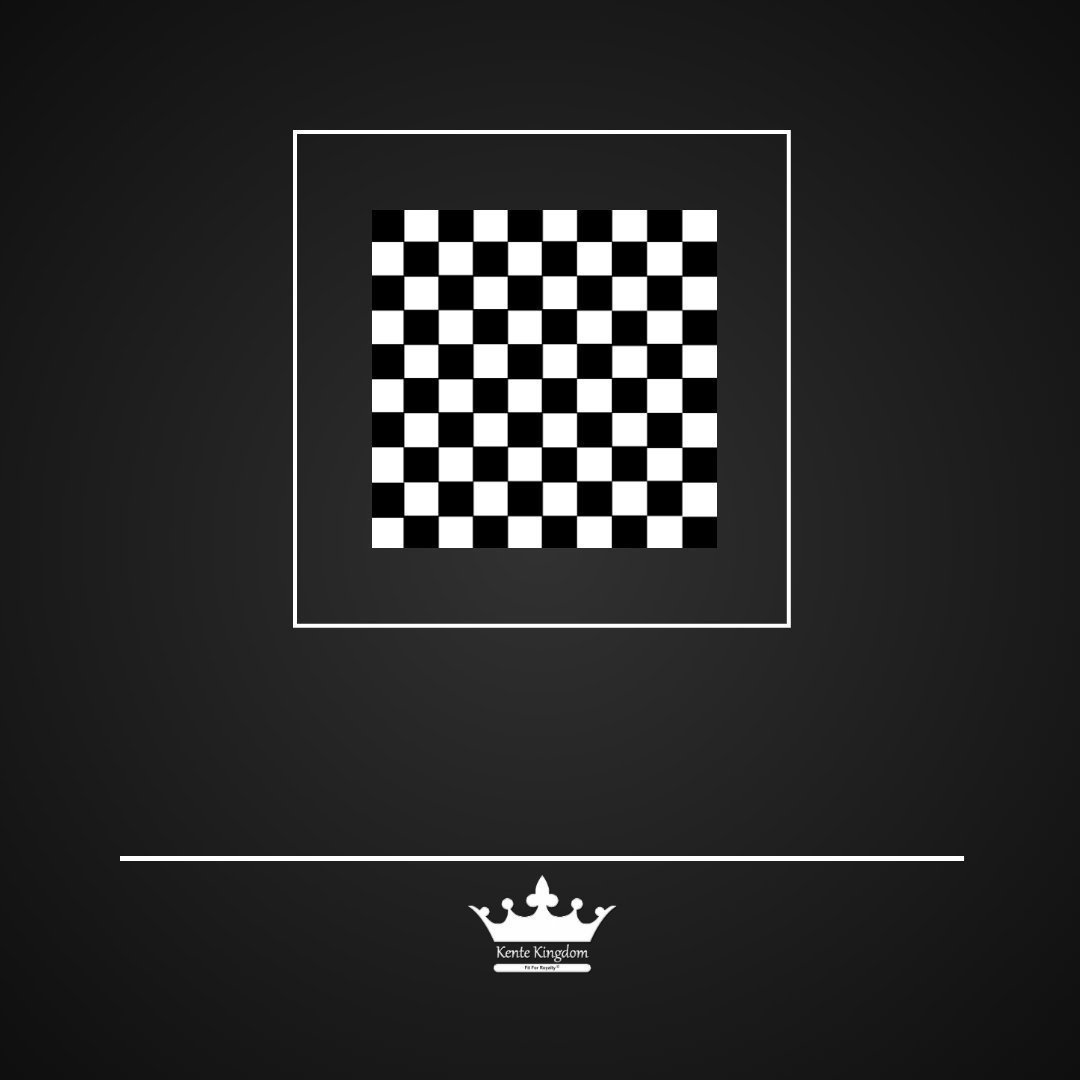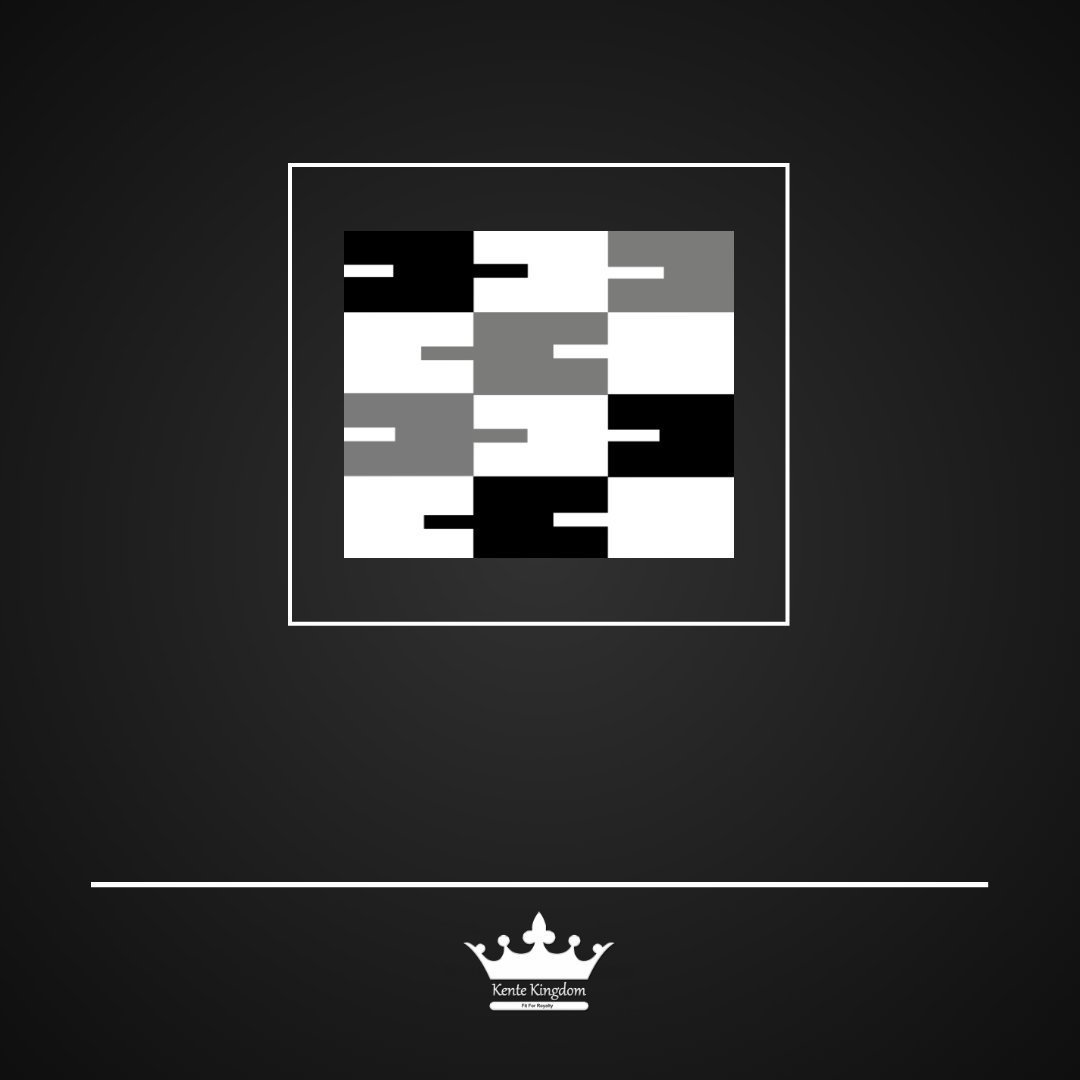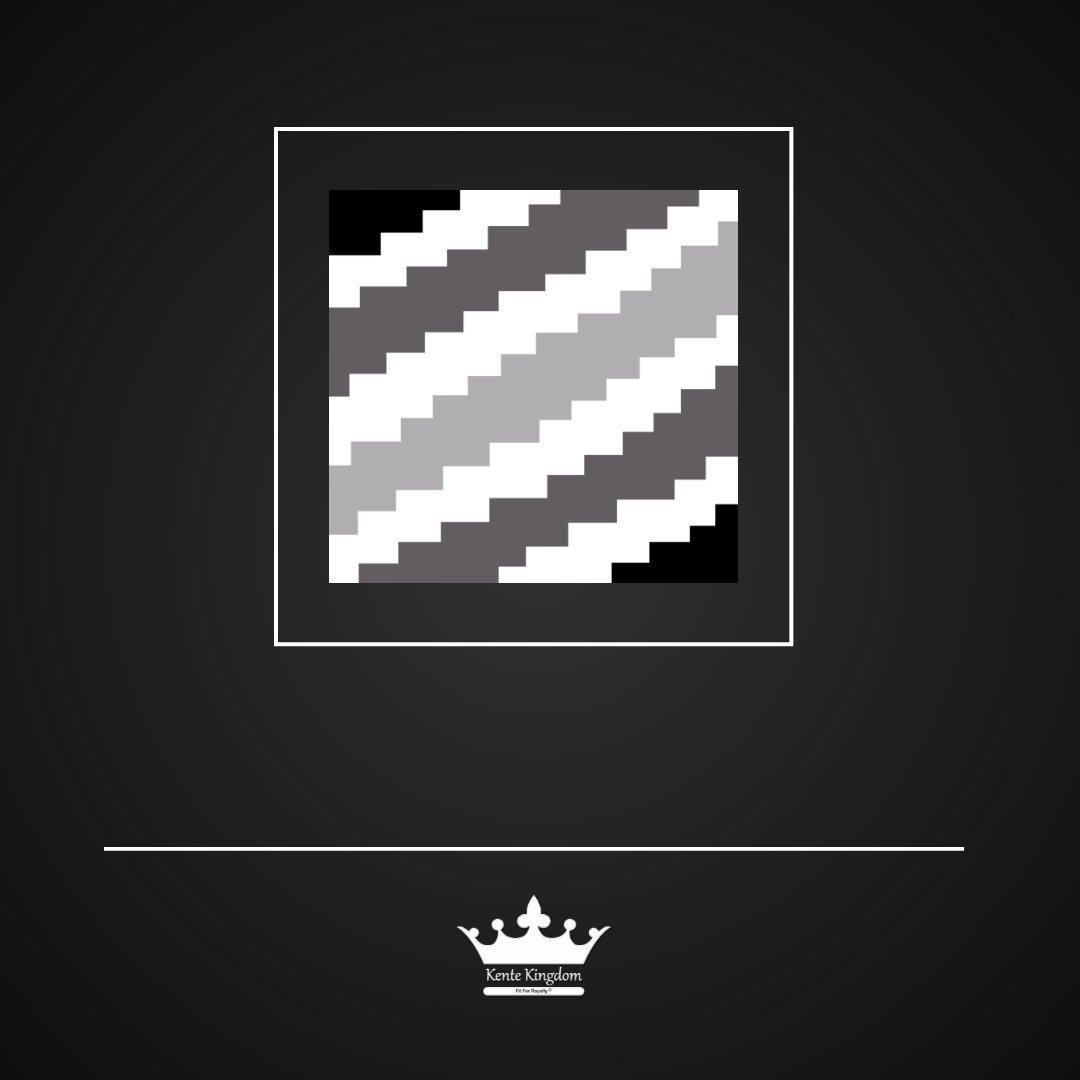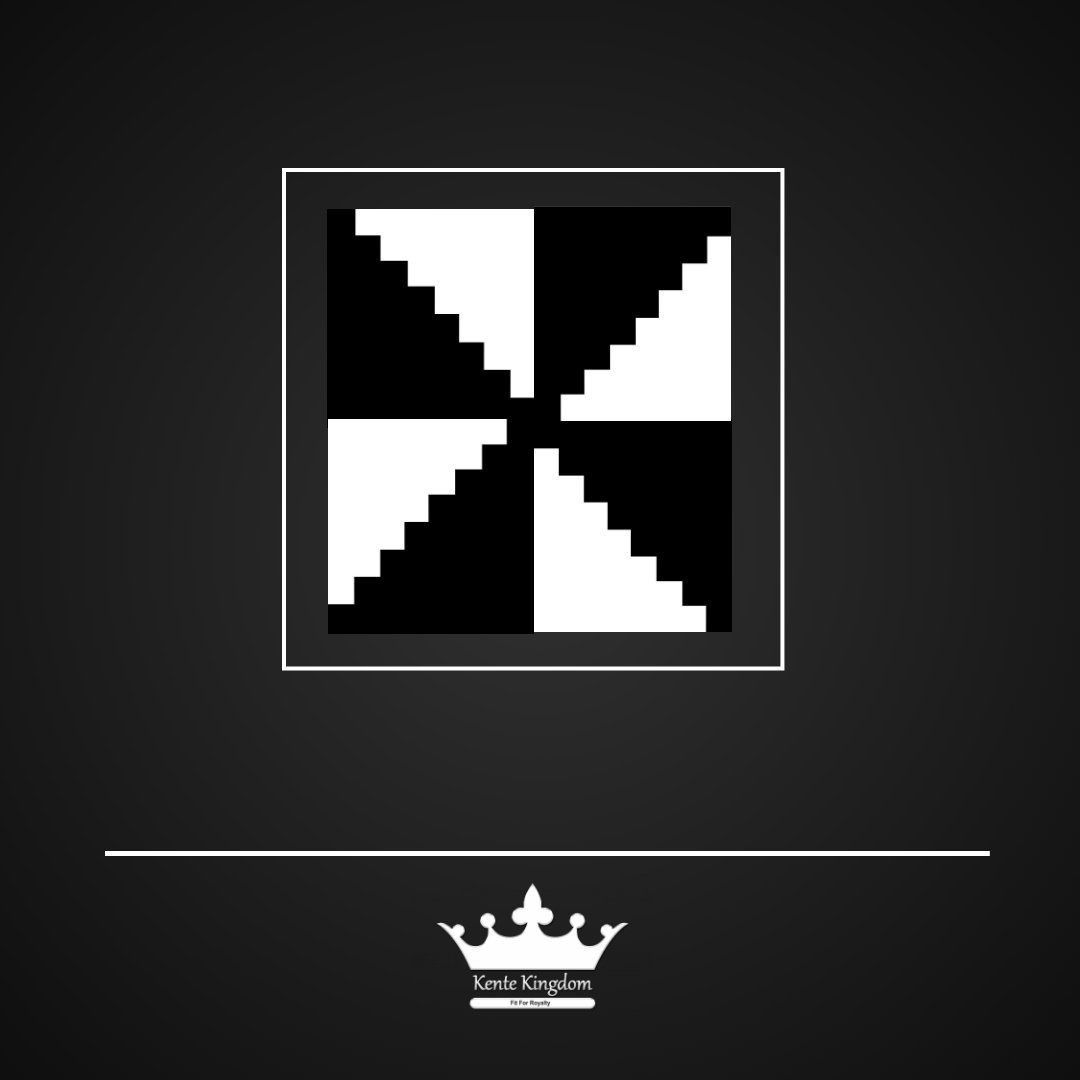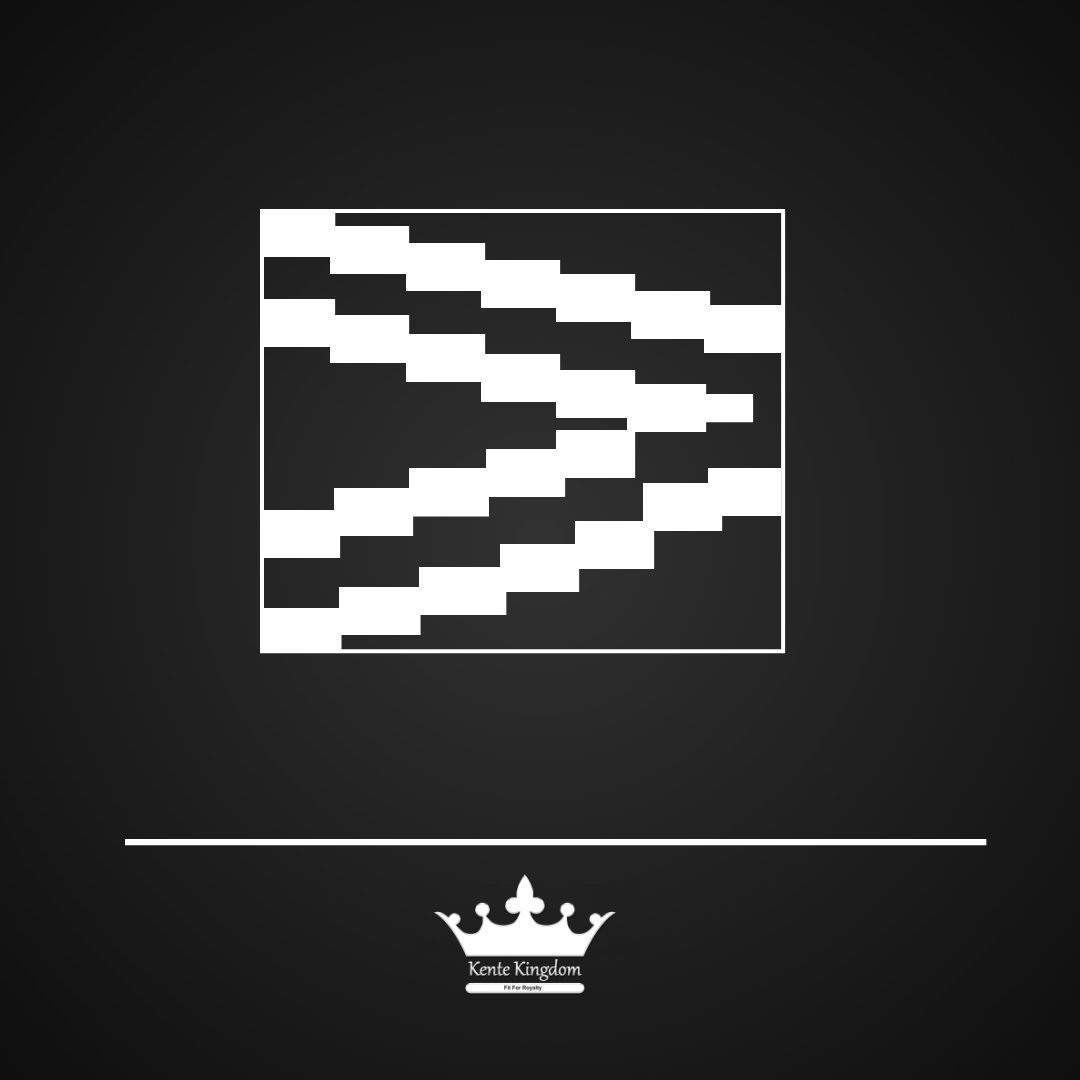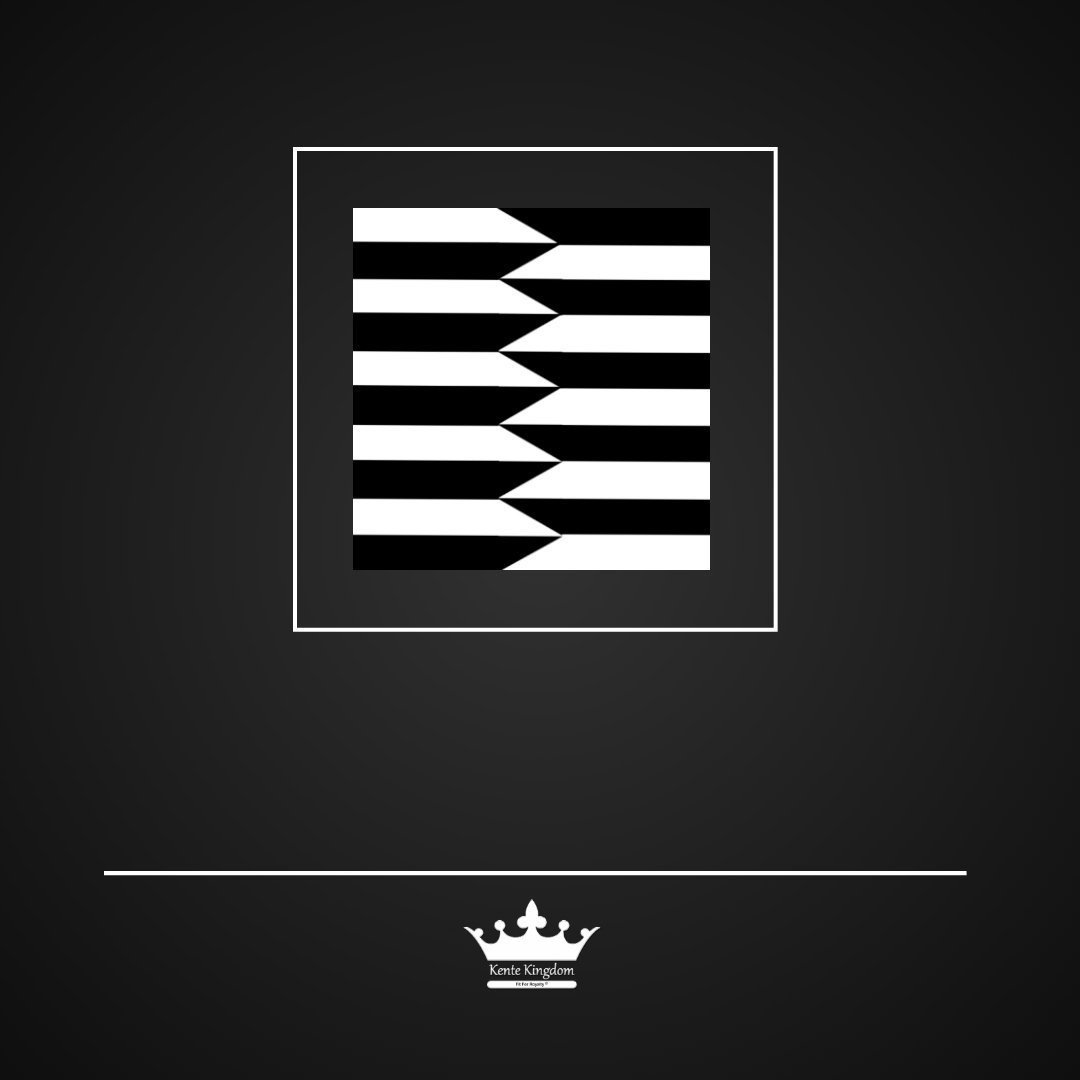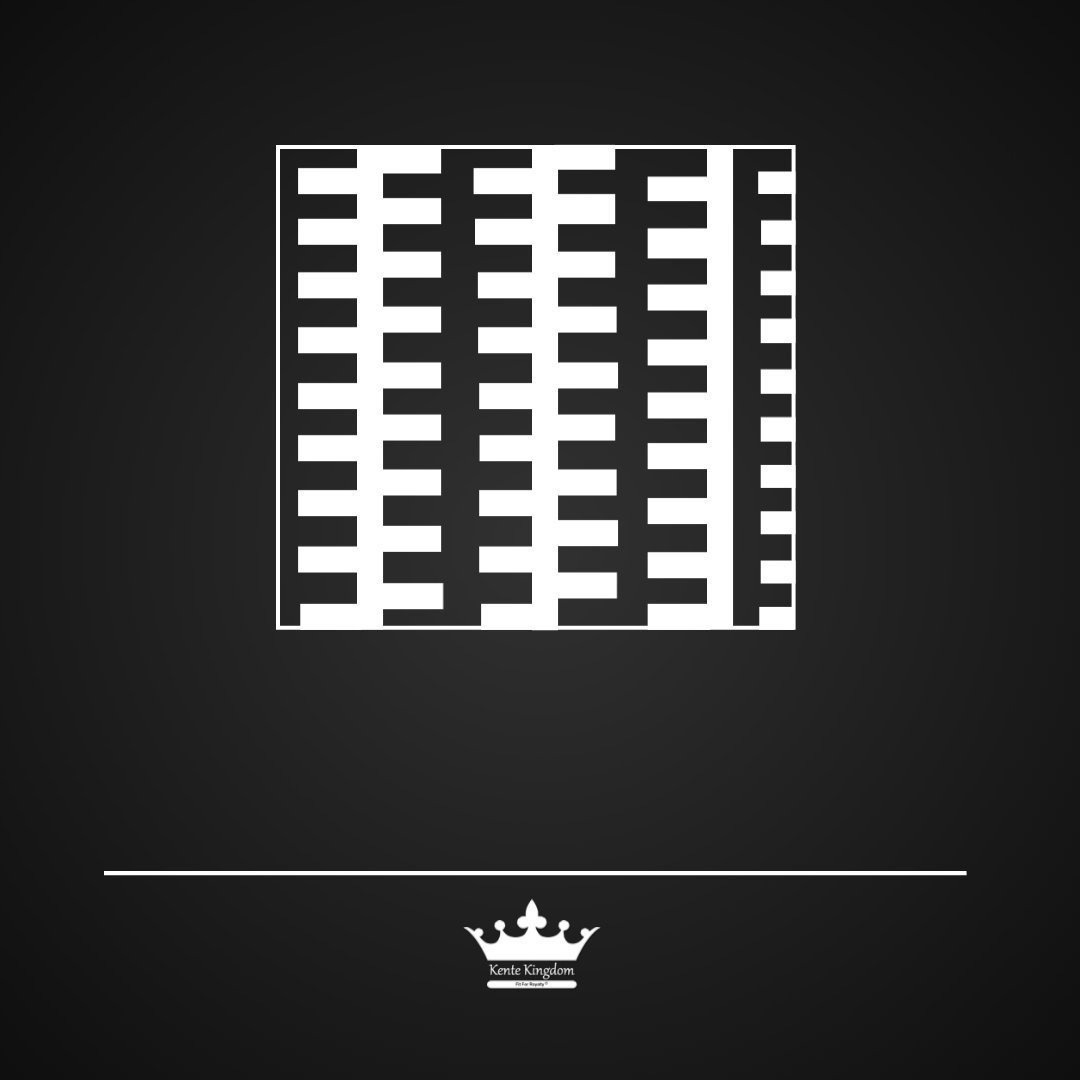Nothing says Ghanaian like a piece of Kente Cloth and as Ghanaians, we’ve done well to drum that home. So much so, that Kente is thought to be the most widely known cloth produced in Africa - thanks to global patronage. Deemed the highest form of cultural expression in traditional dress, Kente has undoubtedly commanded both respect and adoration amongst indigenous cloths worldwide. Kente continues to stand comfortably, on the distinguished global stage of anthropological textiles as a cloth amongst cloths.
Yet with all the benefits brought by globalisation, one cannot overlook some of the insidious challenges that has come to accompany it so today, let’s talk about the journey of this royal cloth. A journey from sacred to profane; a journey so brazenly entangled in the business of commonising this once sacred cloth, a journey openly endorsing an unspoken dilemma to maintain royal supremacy. For those directly attached to the stool, the need to remain the most sumptuously dressed in the midst of prolific availability [wether it be Kente itself, or its adorning accessories] is one that has largely gone unquestioned. Despite its glaring obviousness, the right to royal supremacy through traditional dress style is usurped day by day, as everyday citizens continue to commonize handwoven Kente Cloth.
So how do those directly attached to the stool maintain royal supremacy in the splendour and pageantry of traditional attire, if their royal robes are now easily accessible to the masses? How does one persevere exclusivity if Kente is now commonly available to the ordinary citizens? Weddings, fashion shoots and the likes, which capture the culture so stunningly, yet contribute to the demand of everyday use, is a conversation we must not shy away from. Whilst it is admirable to see such patronisation of Ghana’s Kente Cloth, one should be mindful of a trend which unconsciously demean and devalues royal attire, because in the quest to showcase cultural pride, we have successfully cheapened a royal cloth in a way that was once unthinkable. Is it then of pure coincidence that those attached to the stool appear to be moving away from handwoven Kente, in favour of its embroidered type?
With embroidered Kente now the most expensive and superior of cloths, it seems royals may have found an alternative to maintaining royal supremacy. Renamed ‘Nwomu Kente’ by Kente Kingdom, this simply translates as needled Kente. Derived from Ghana’s traditional hand embroidery textile medium known as Nwomu, this captures the essence of textile art through a needling or embroidered technique. Yet with royals wearing more and more Nwomu Kente, could this be an attempt to distinguish themselves apart from the masses as woven Kente becomes all too common? If one rule of attire remains that a ‘lesser rank’ must never outdo someone of superior status, how then would royals preserve exclusivity in the pageantry of traditional dress if not to seek an alternative? And since this type of Kente remains the most expensive in Ghanaian society today, it is understandable, and should perhaps come as no surprise, that some royals should seek to inform their superiority in this manner. Whilst the prolific production of handwoven Kente continues, one wonders if ordinary citizen are denying royals the sacred right, privilege and exclusivity to good cloth? I guess the question remains, is handwoven Kente losing its superiority as a royal cloth?
At Kente Kingdom, we think not. Contrary to this, we believe this is precisely where individual weavers and cloth houses come in. Ultimately the burden cannot be placed on the consumer to rectify this. The solution lies at the feet of those responsible for its production. One must ensure royal designs remain just that by safeguarding exclusive cloth designs which cannot be imitated easily. The depth and quality of design may just be the solution because ultimately, that’s the best way to protect royal supremacy. In doing so, one must not just push the boundaries of creativity, one must innovate so as to contribute to the sustenance of royal exclusivity. I guess the mantle lies with us...
Follow us on our socials:
Facebook: @OfficialKenteKingdom
Instagram: @OfficialKenteKingdom
Twitter: @KenteKingdom




